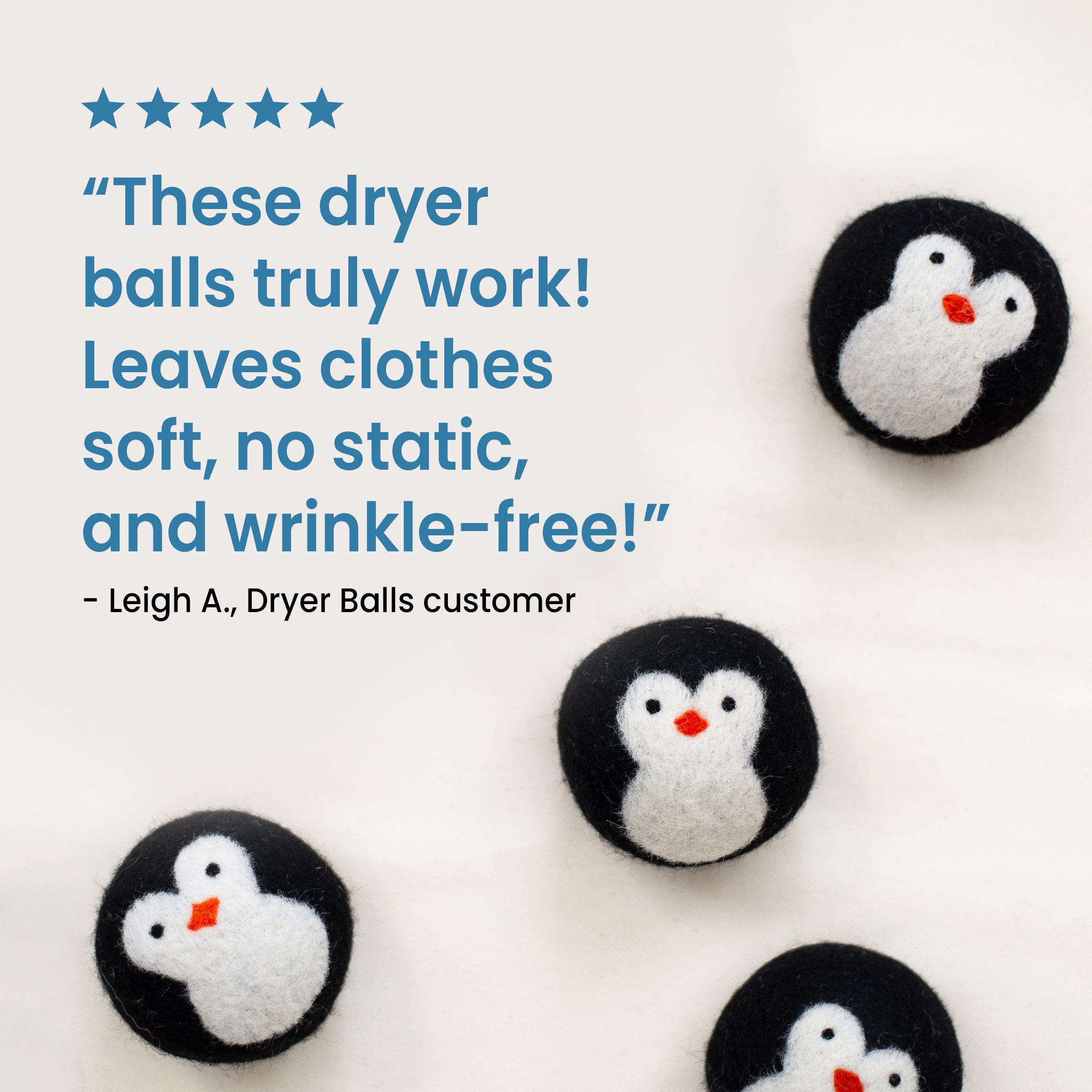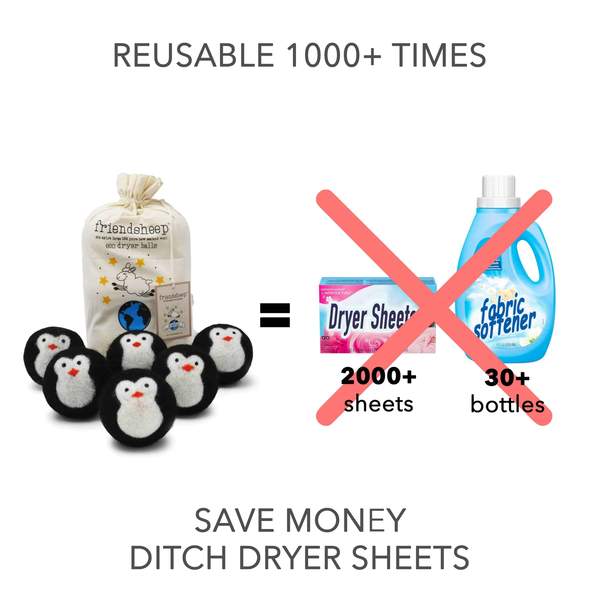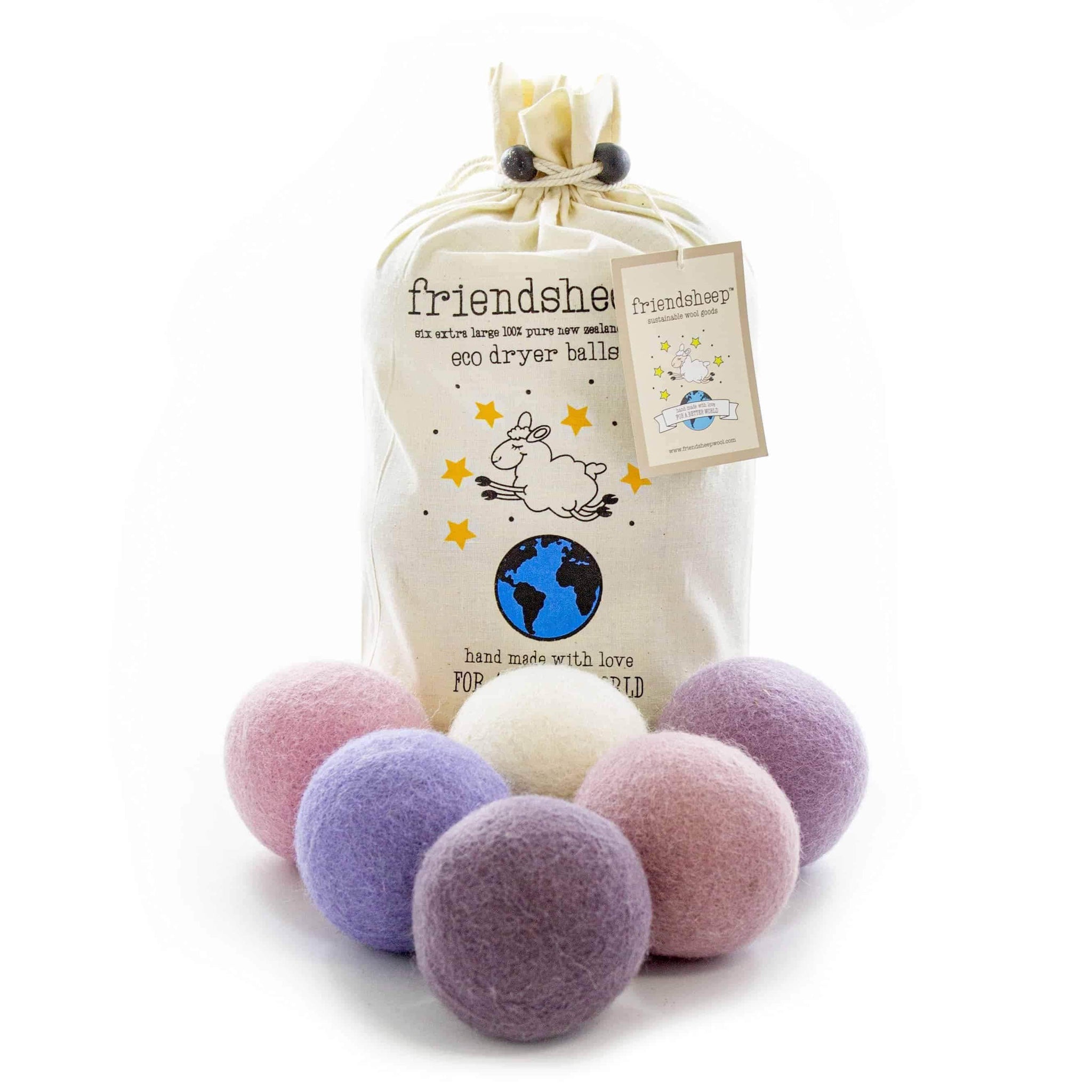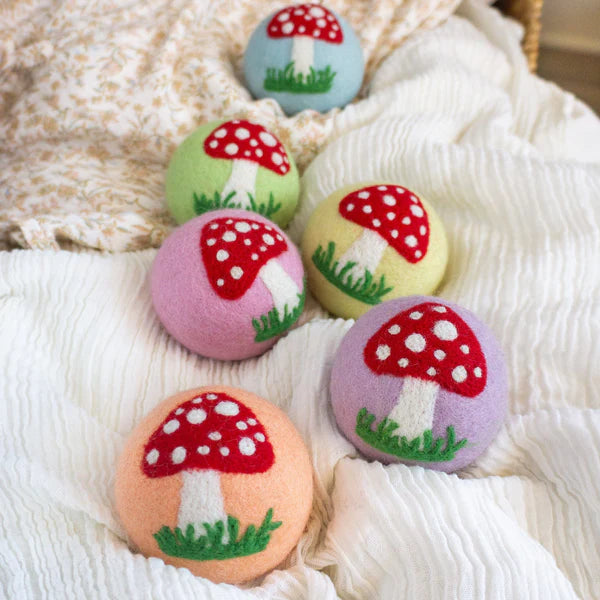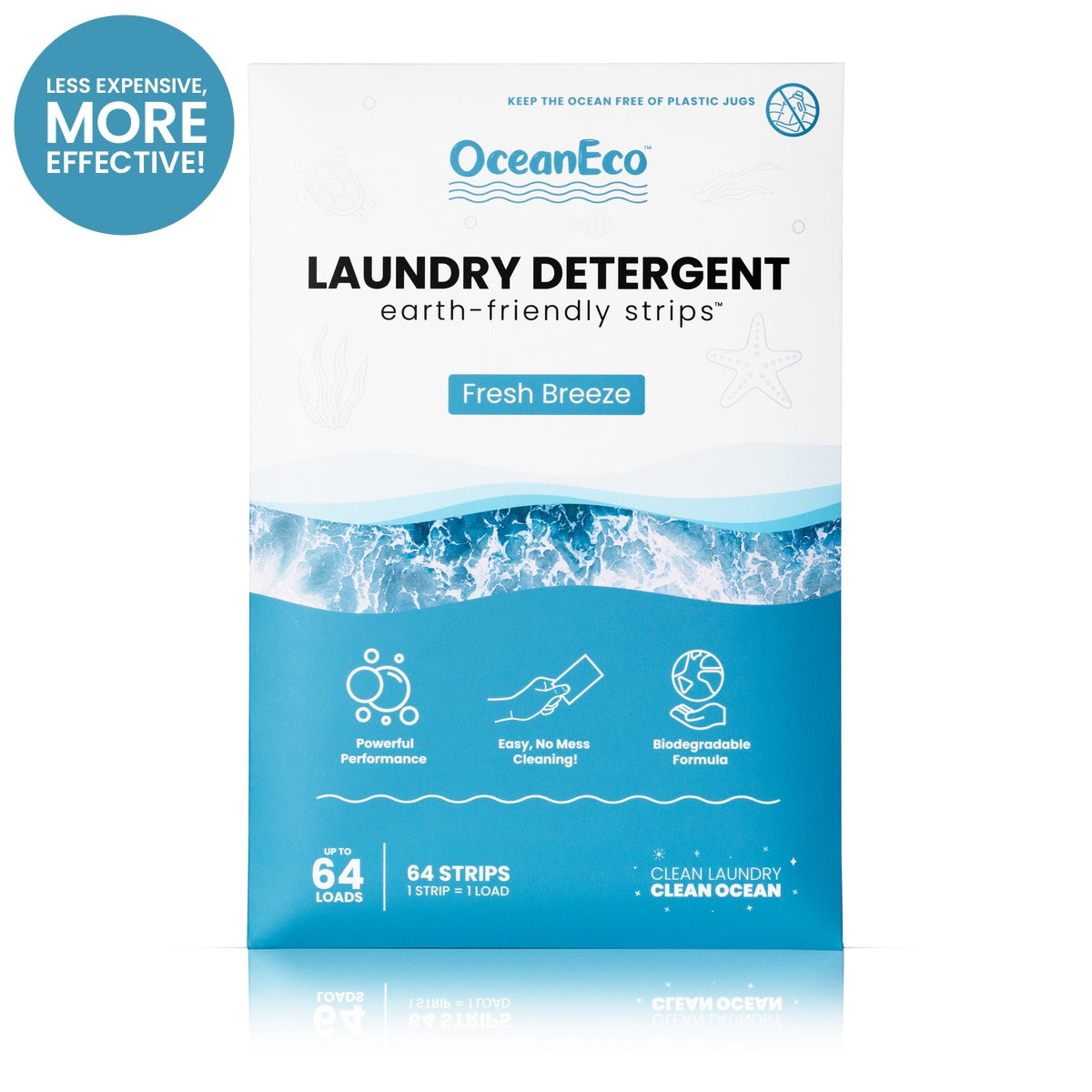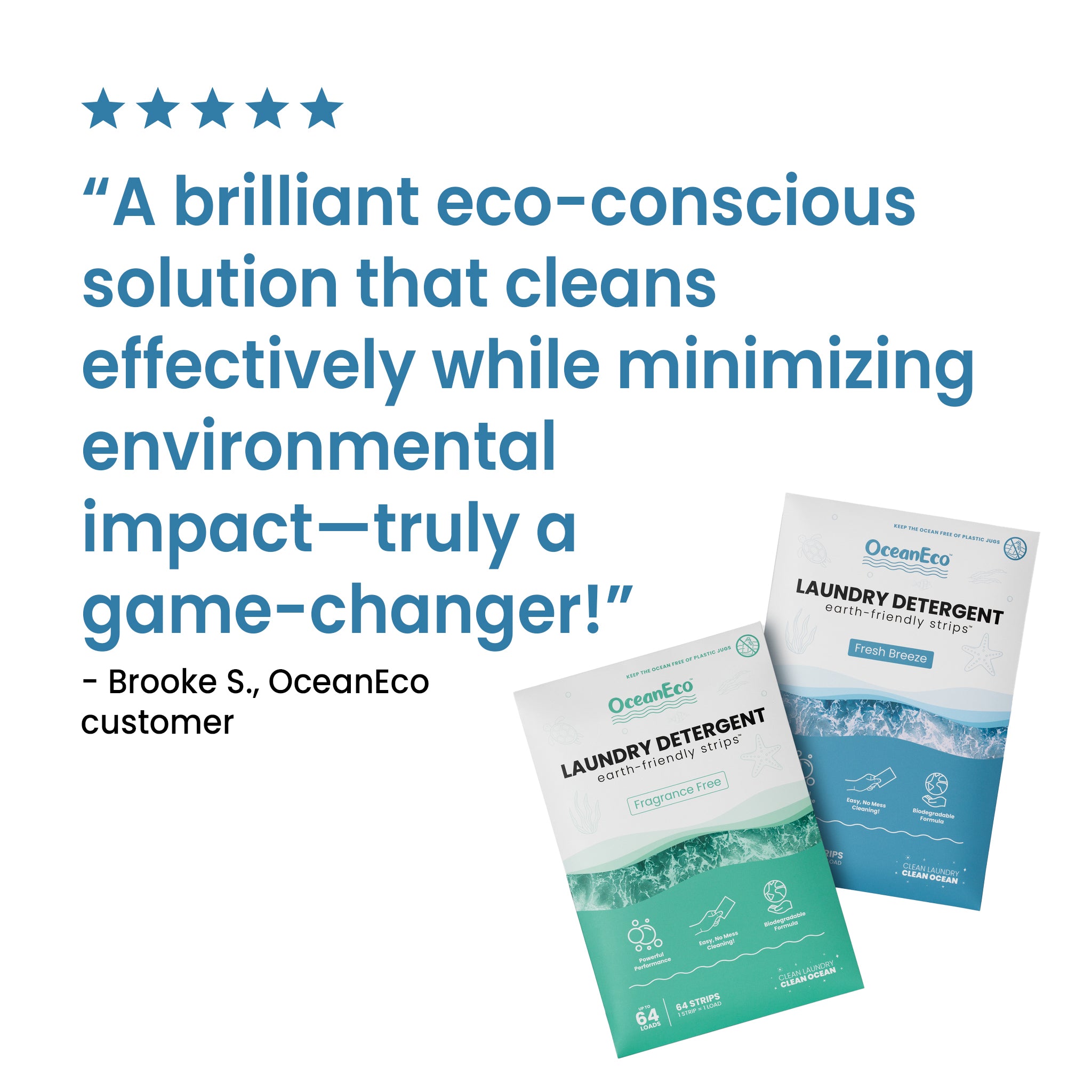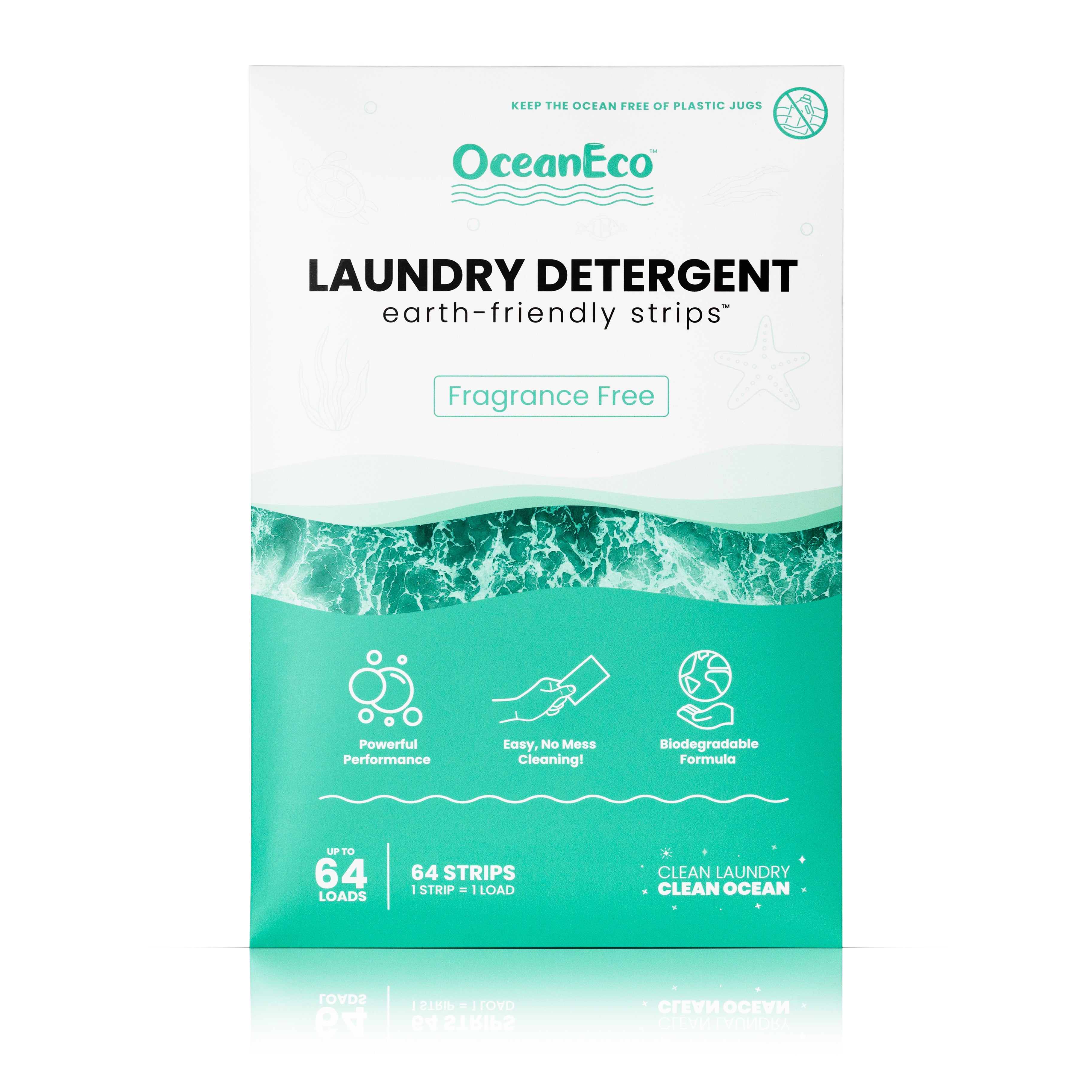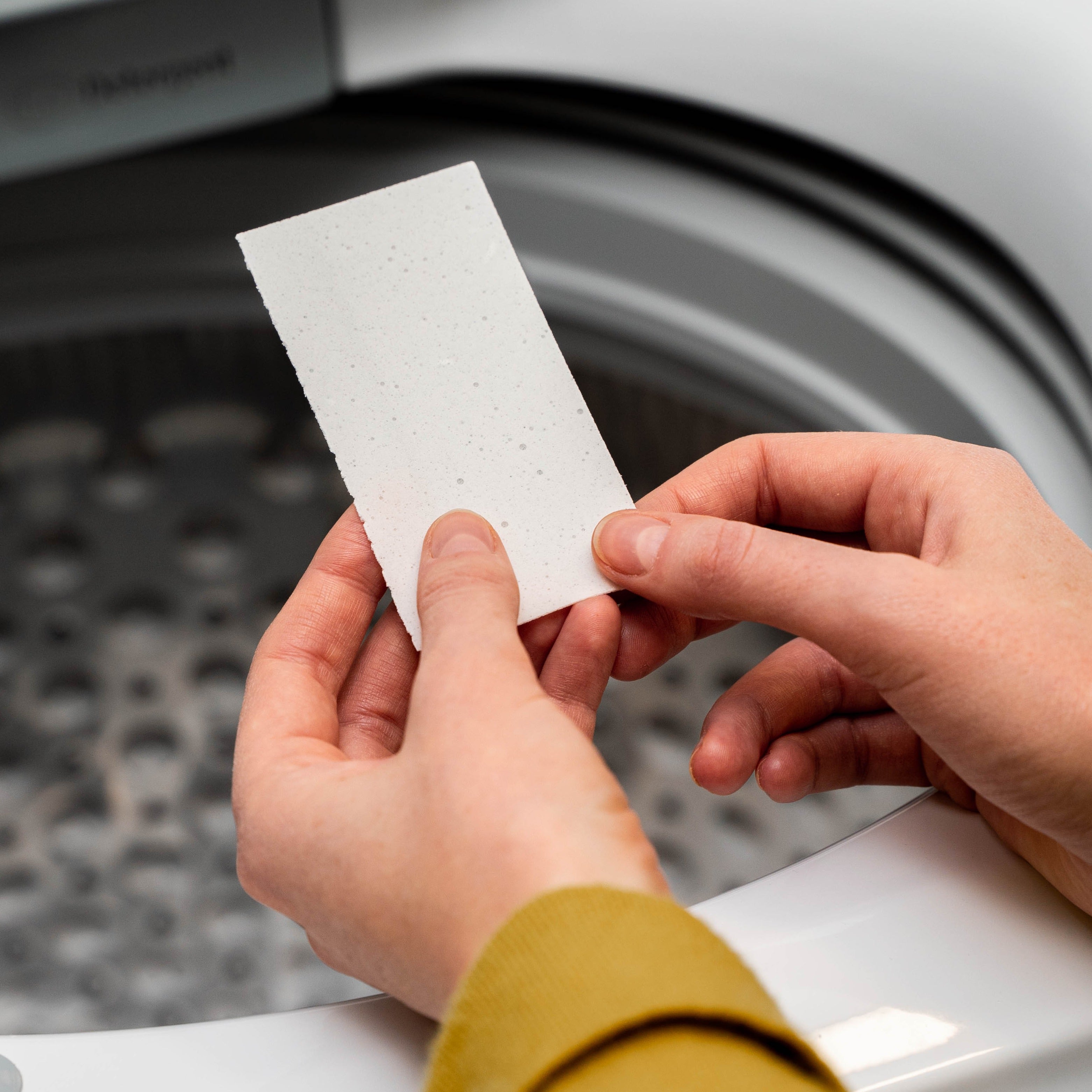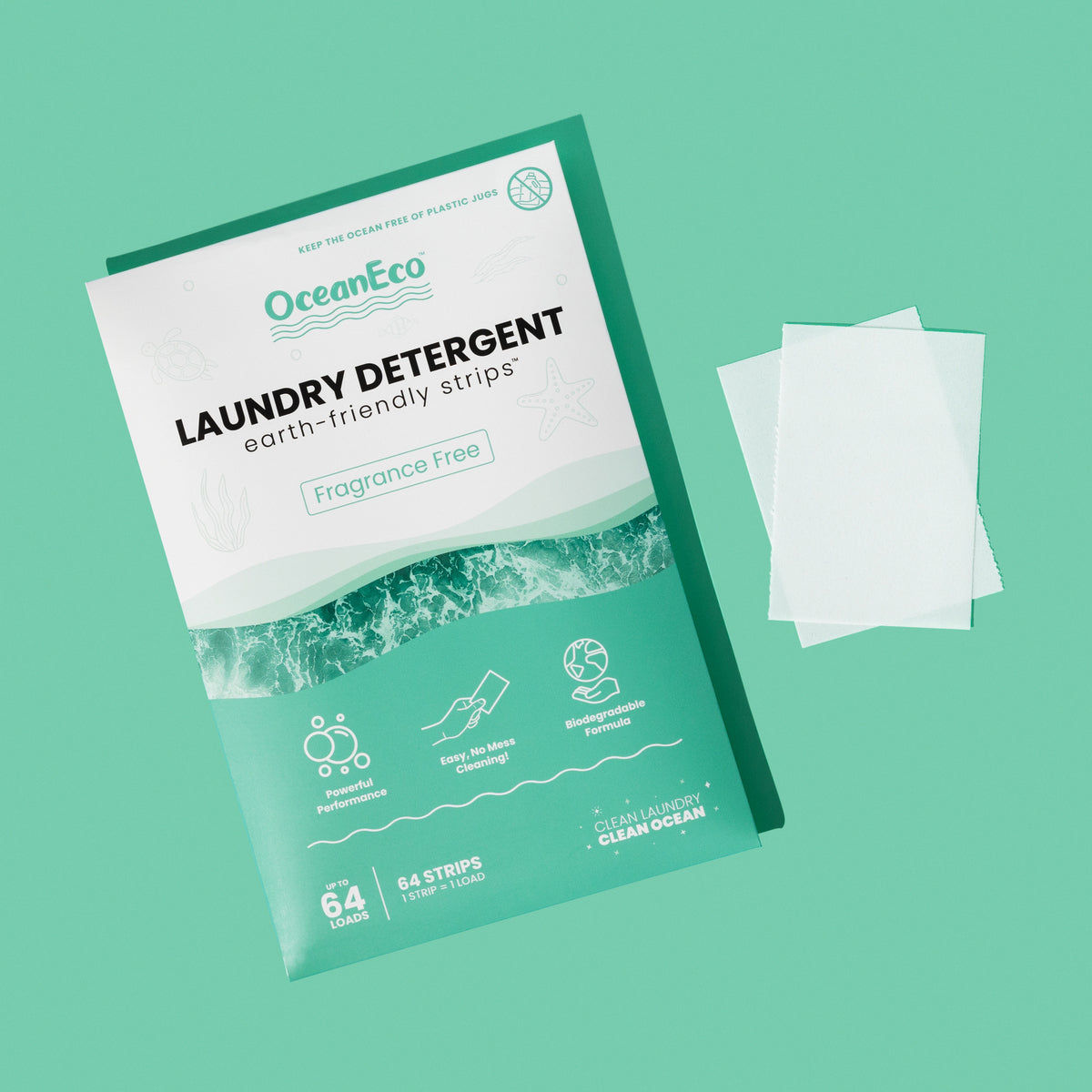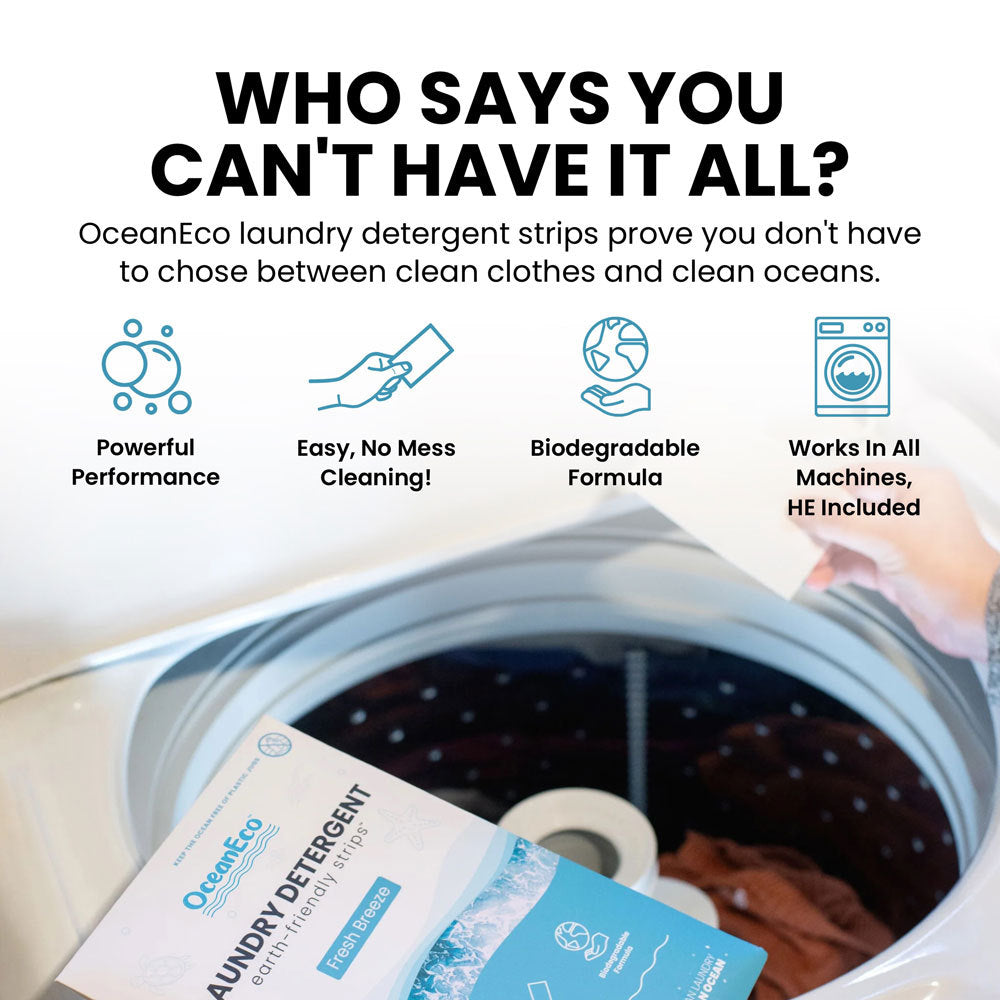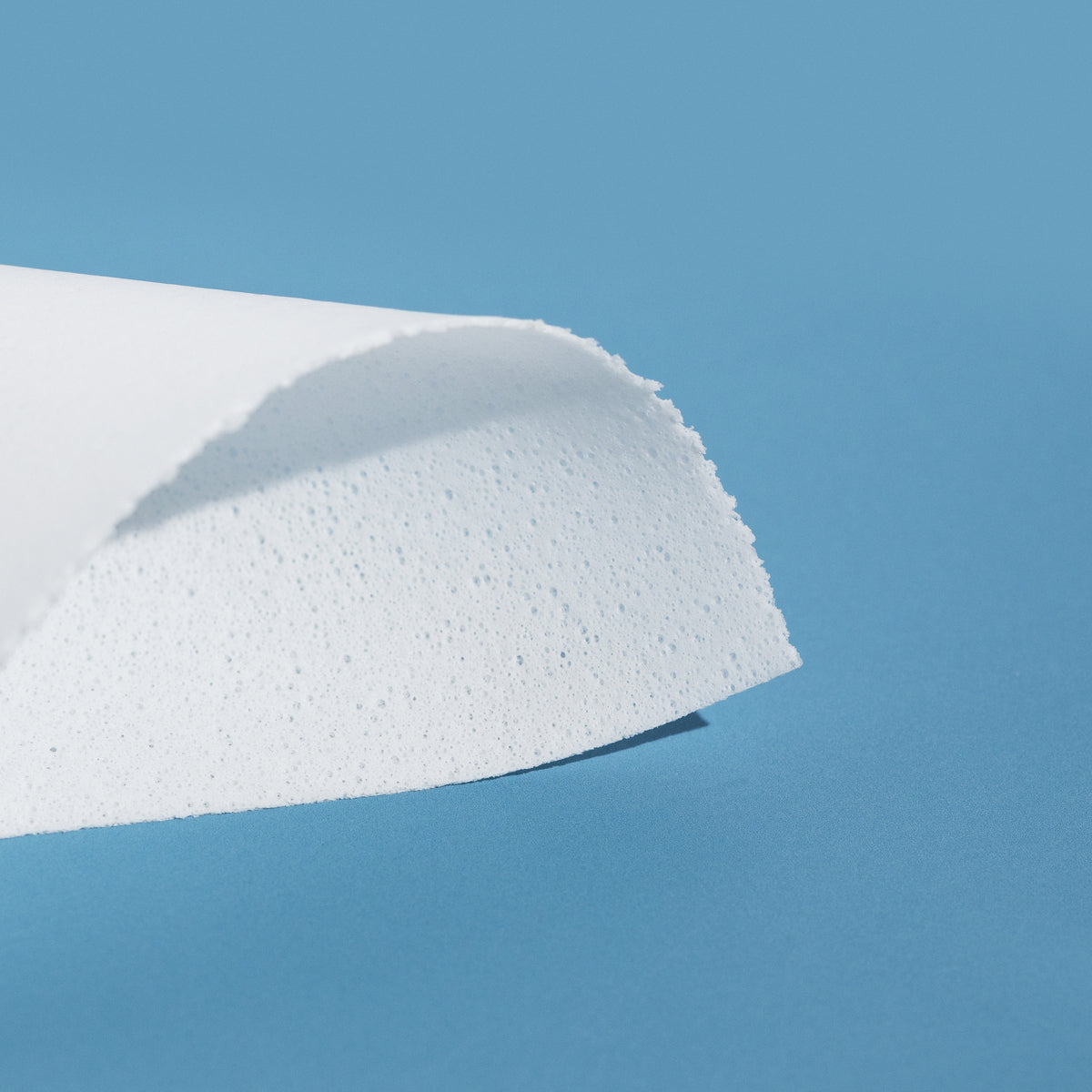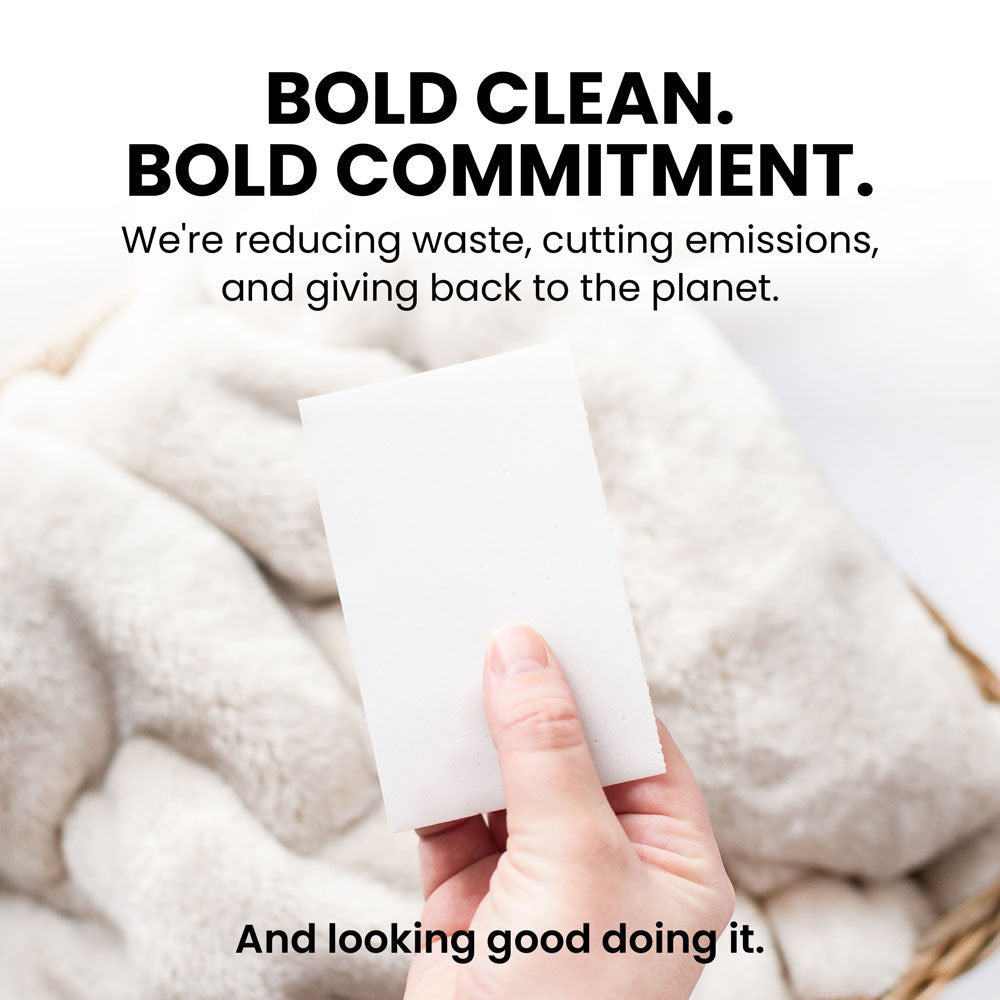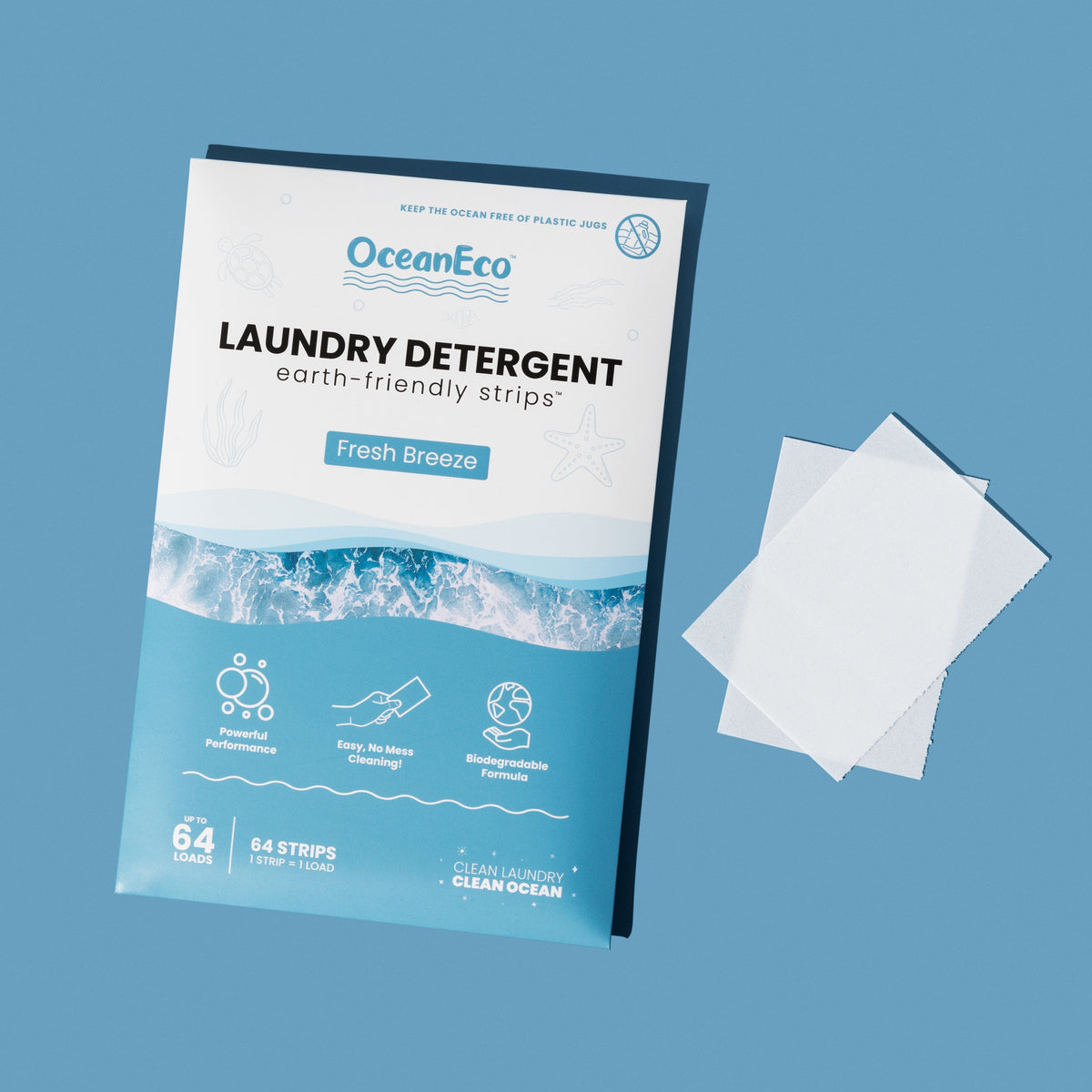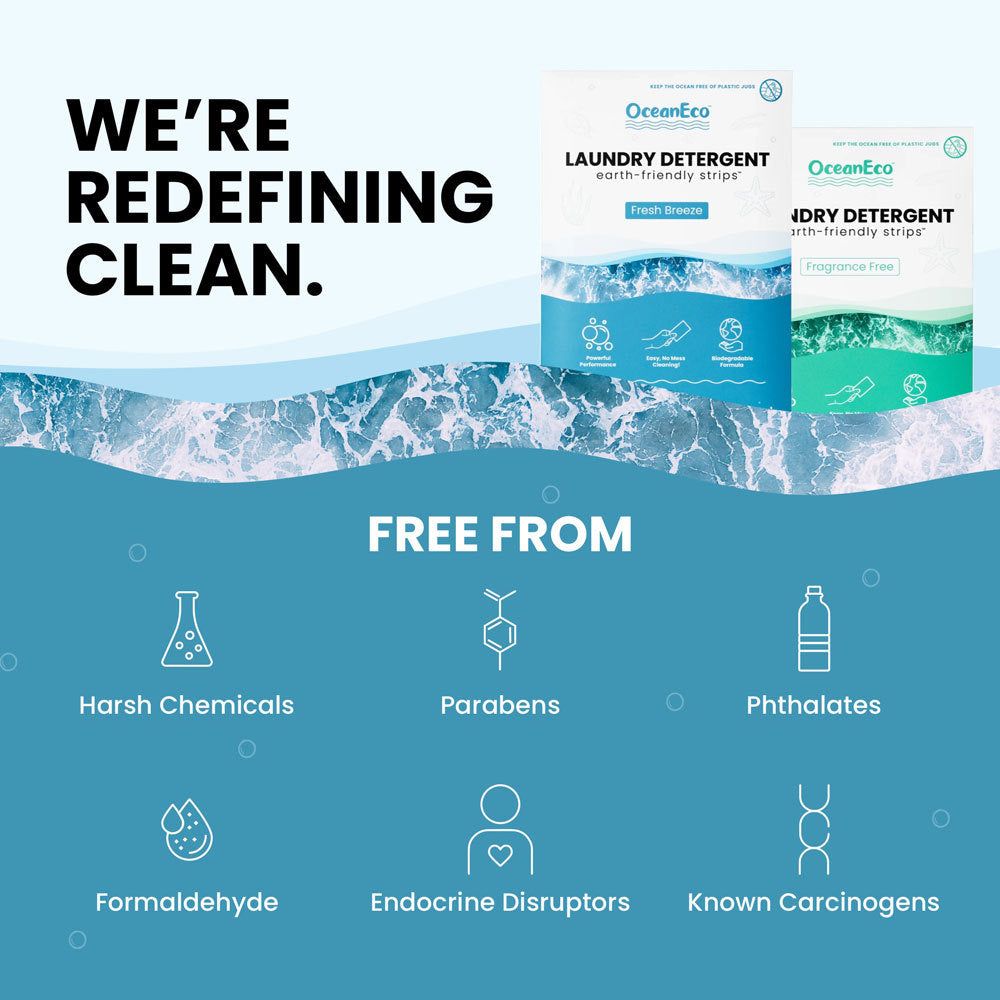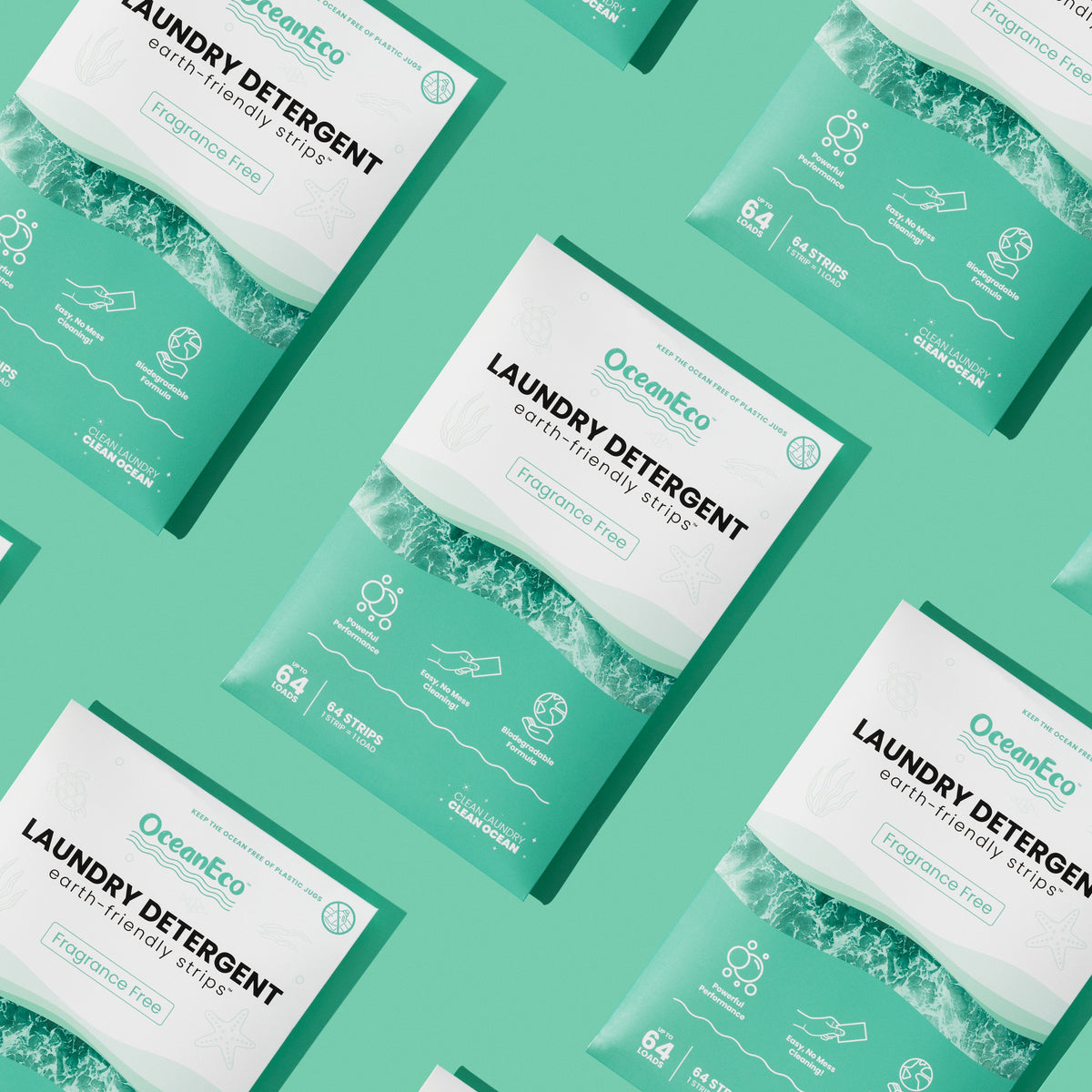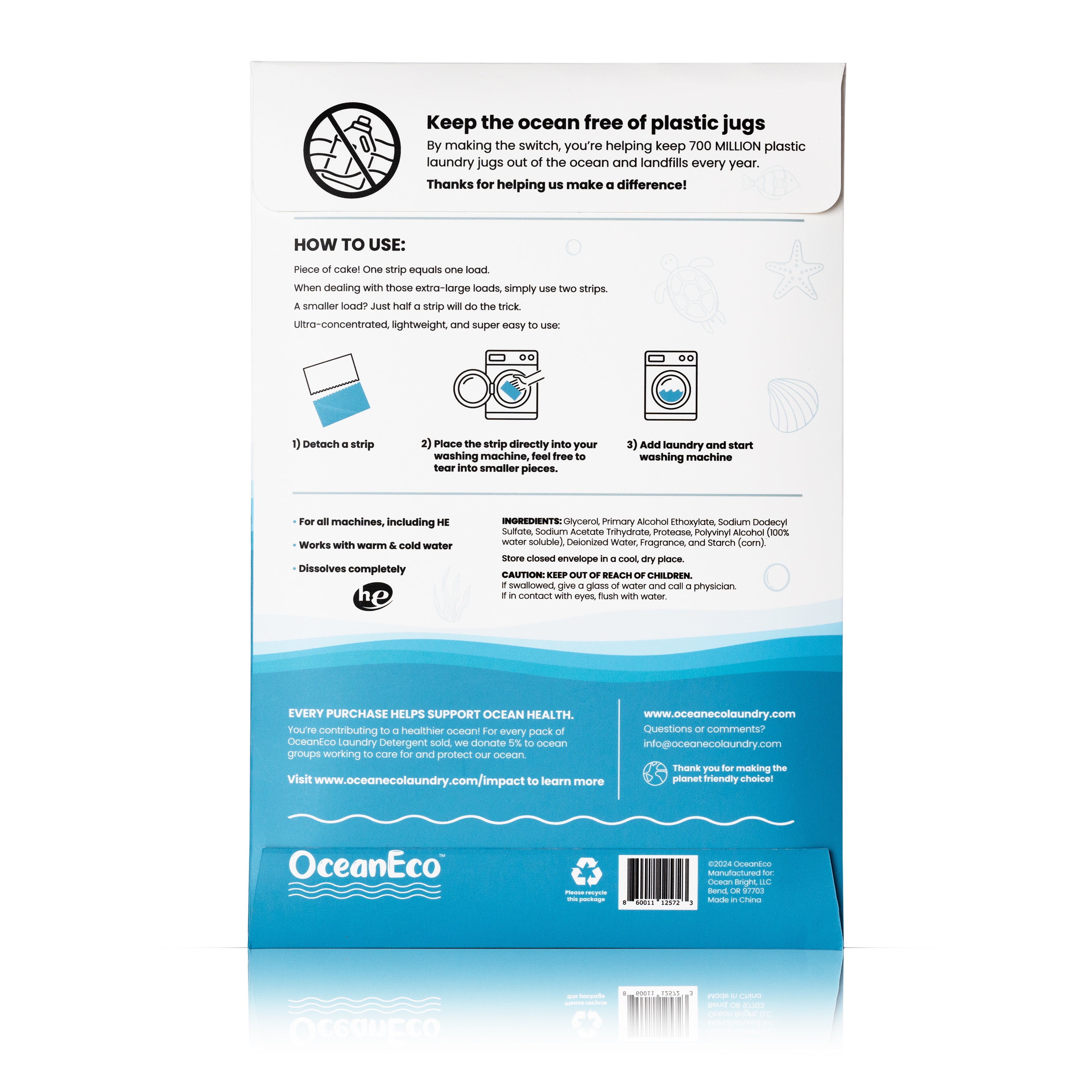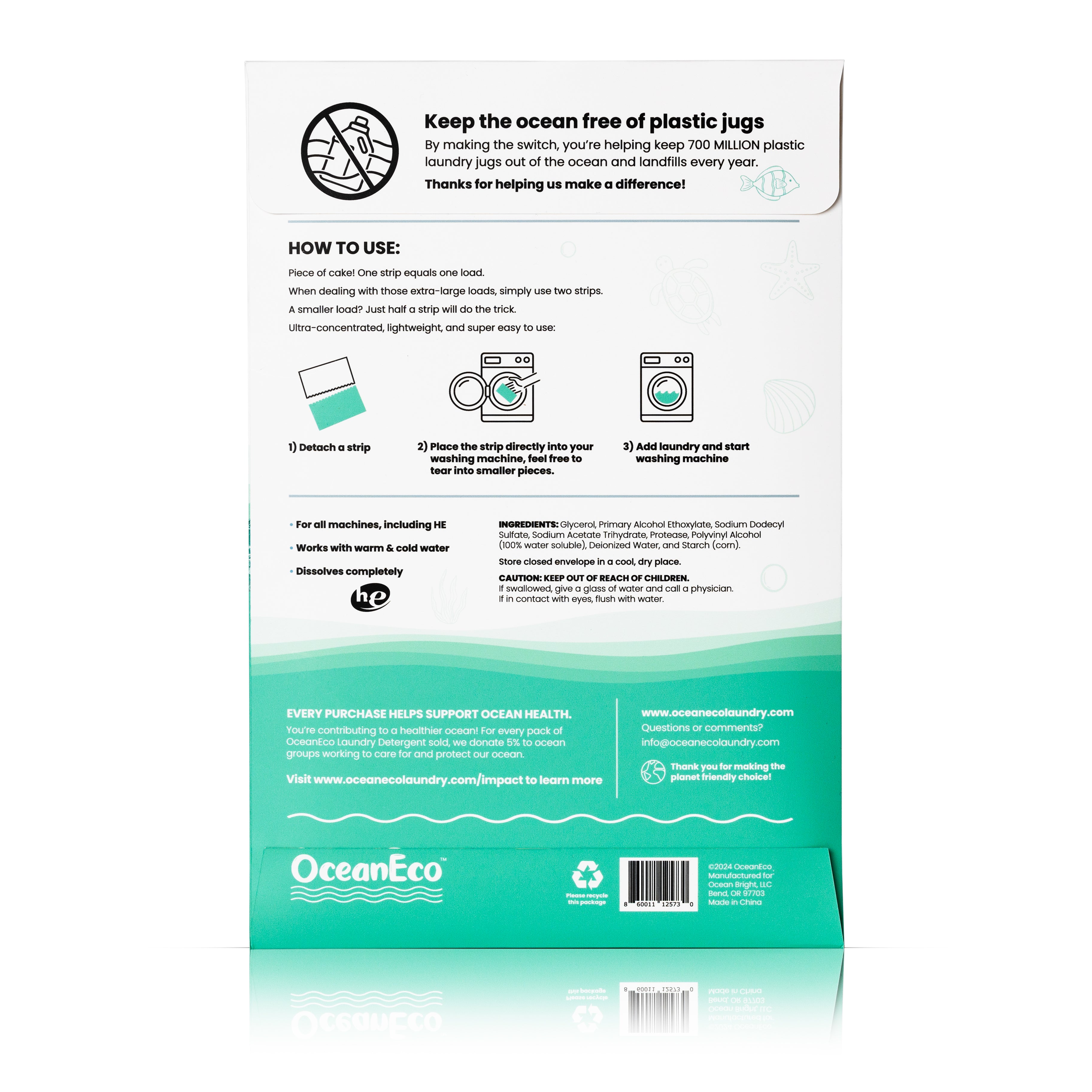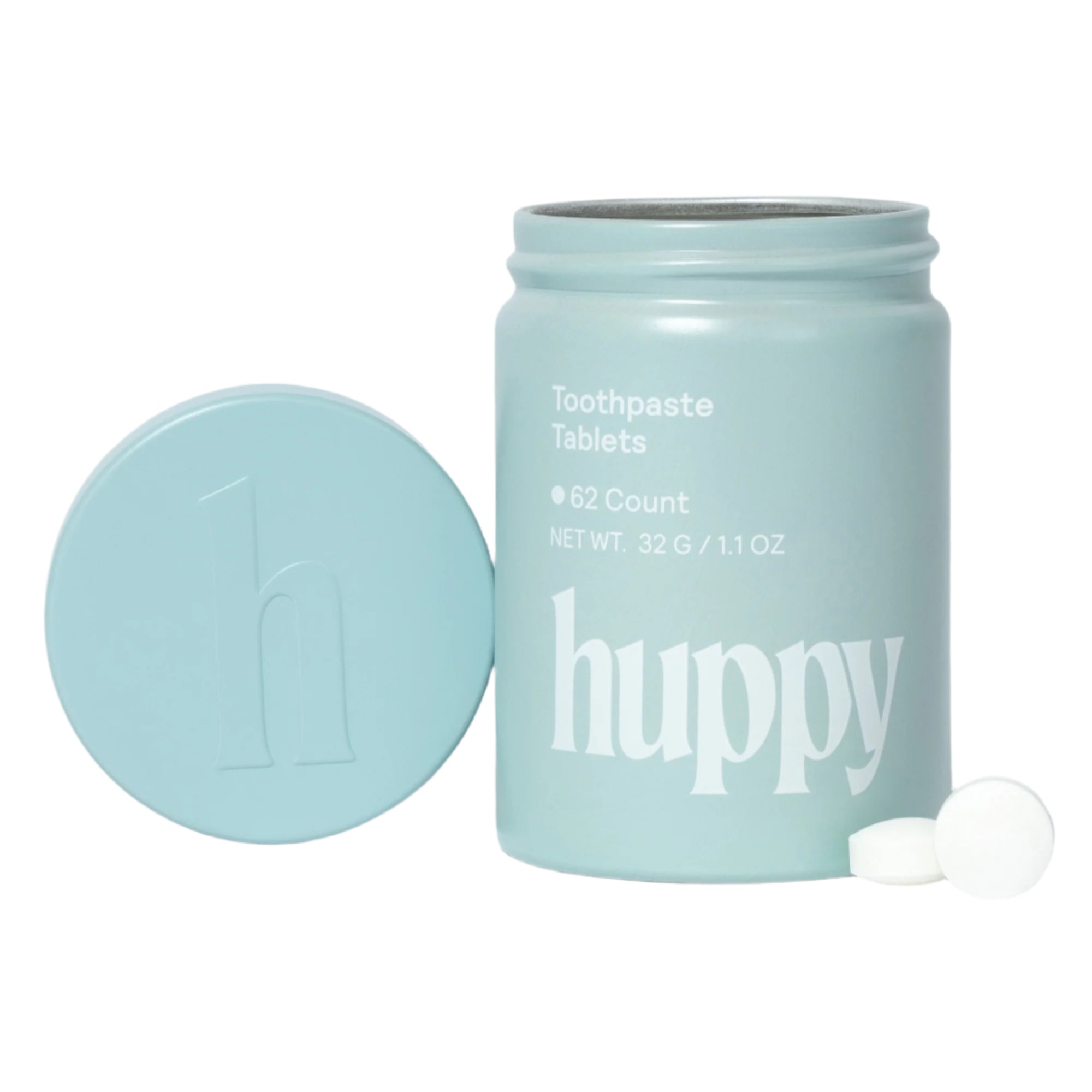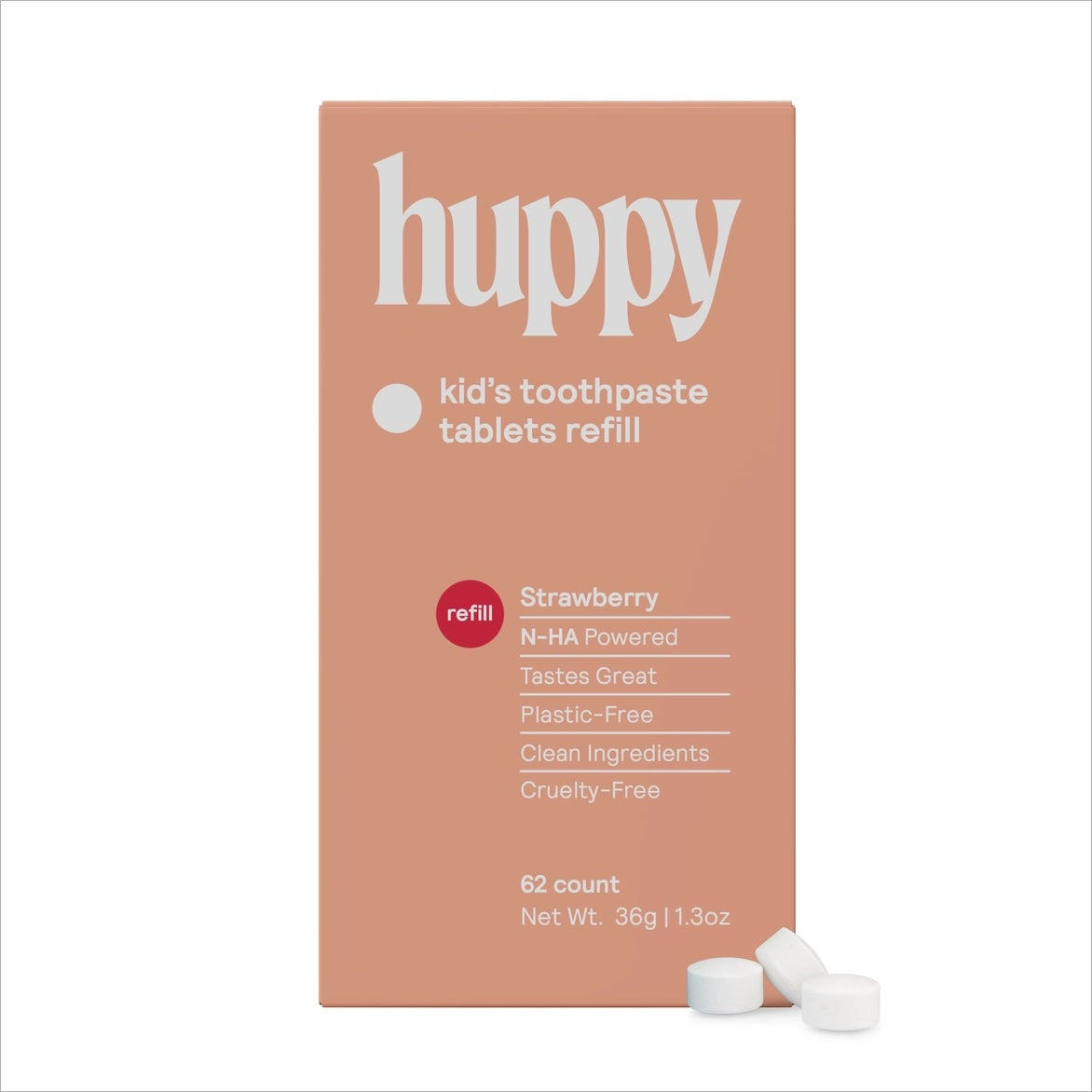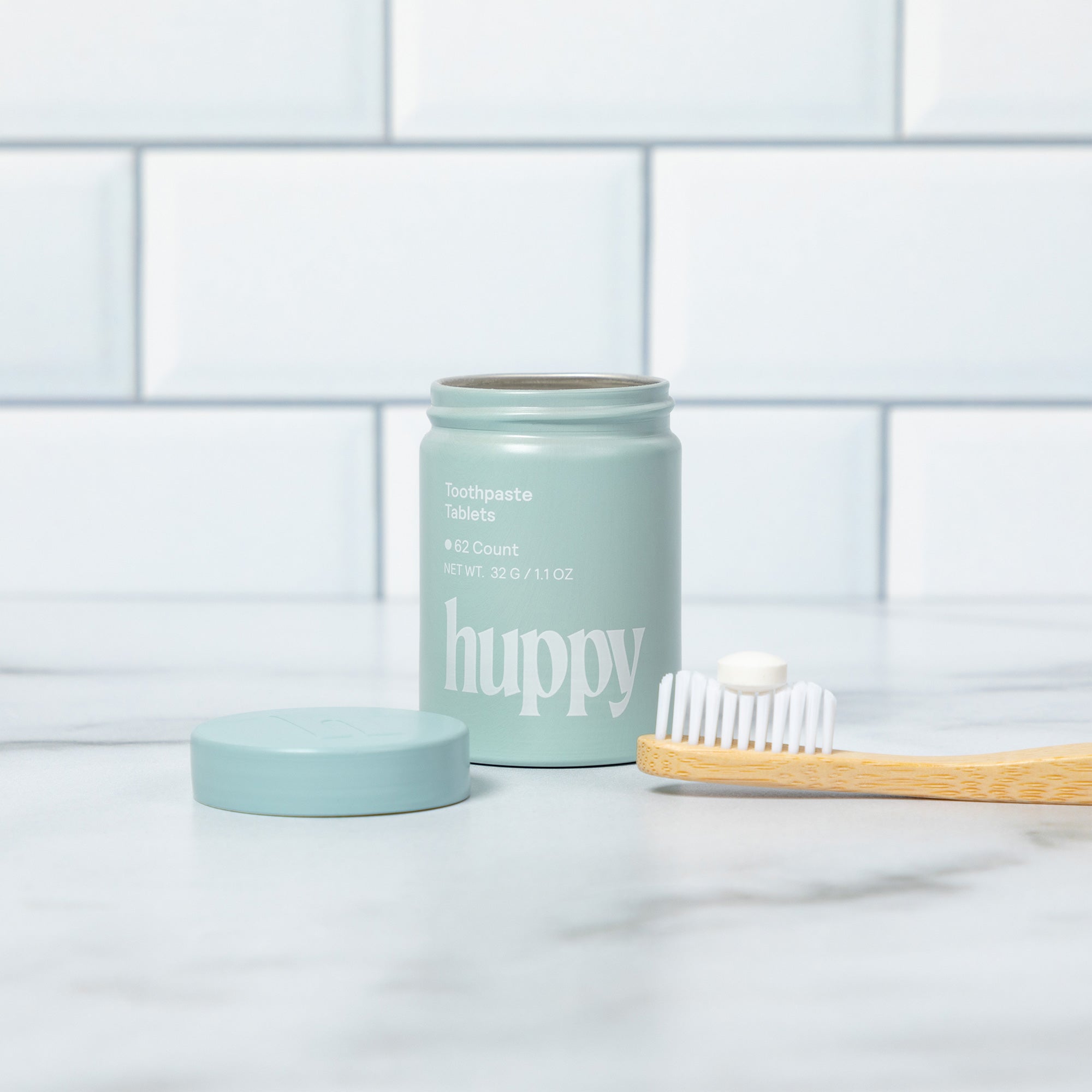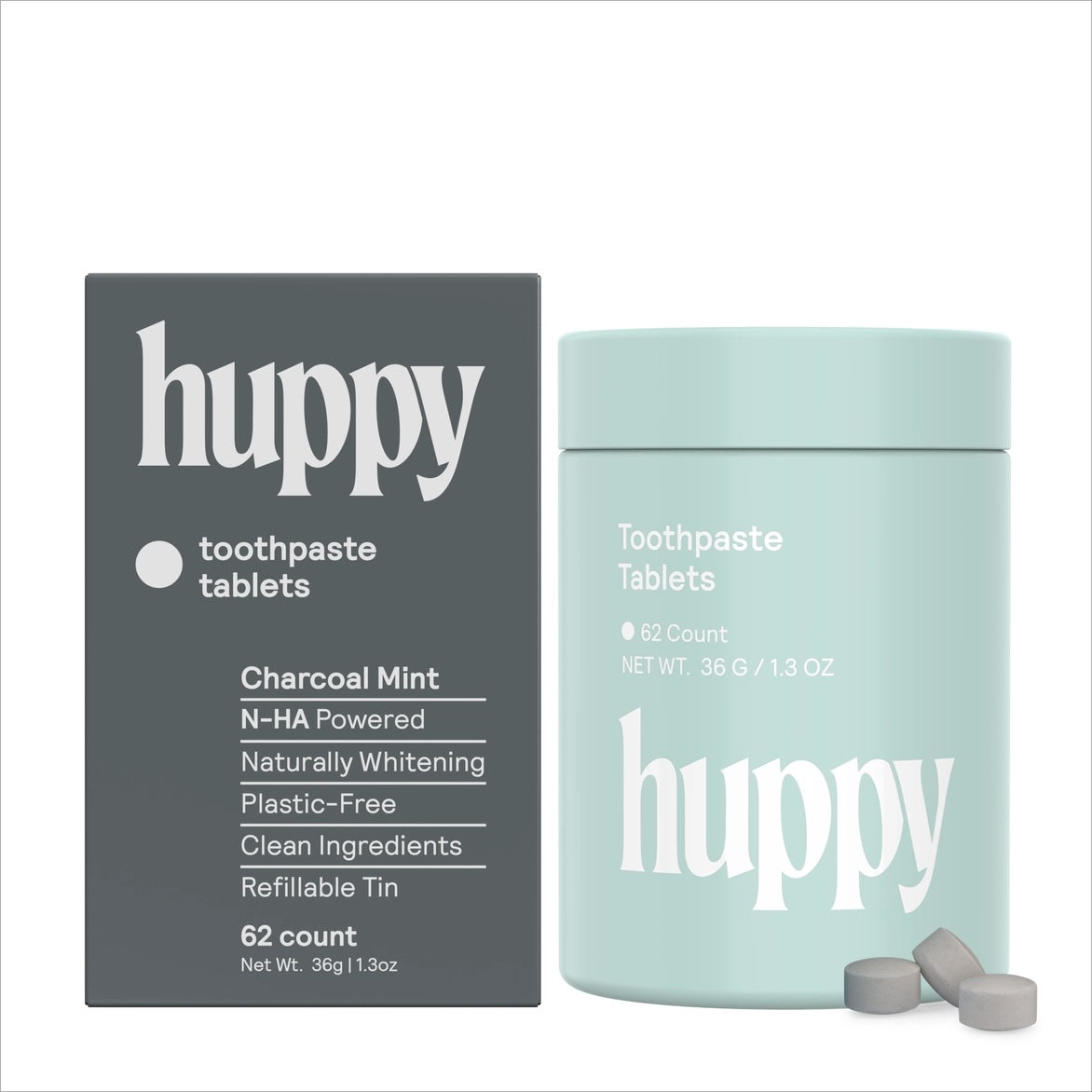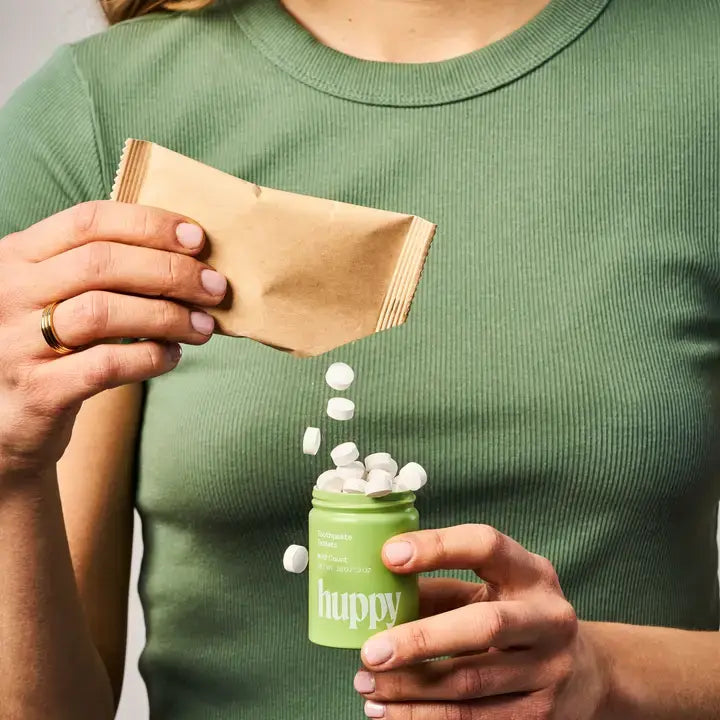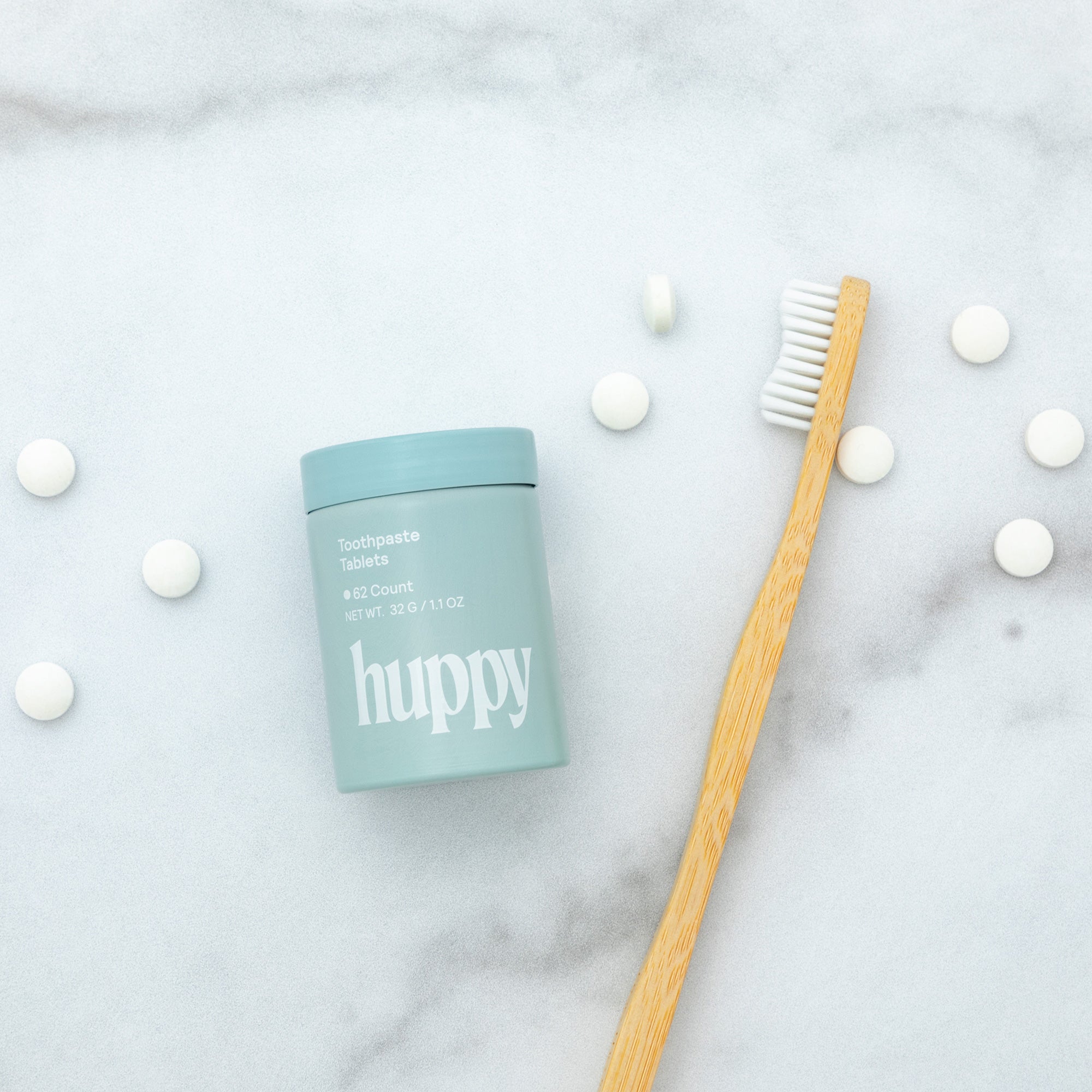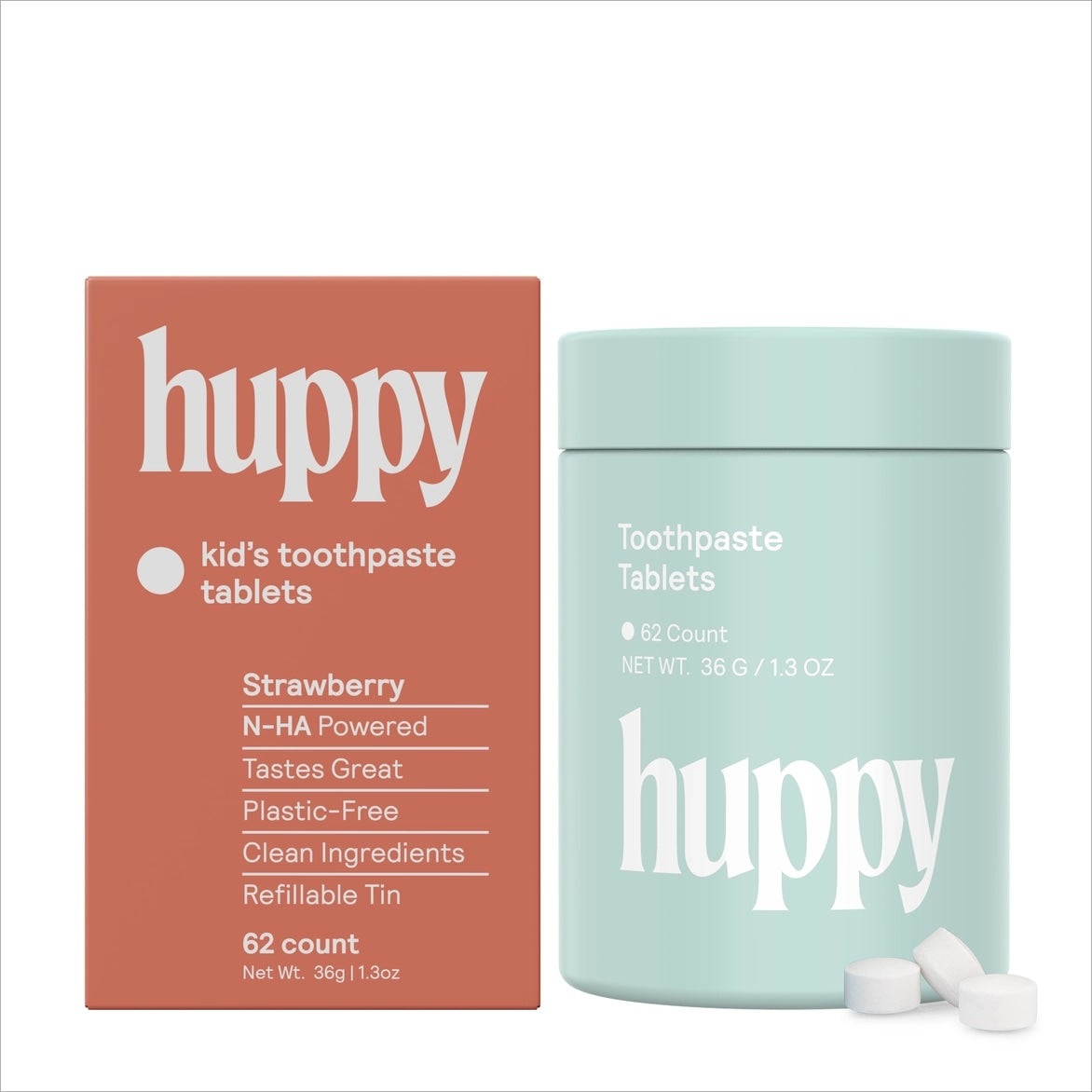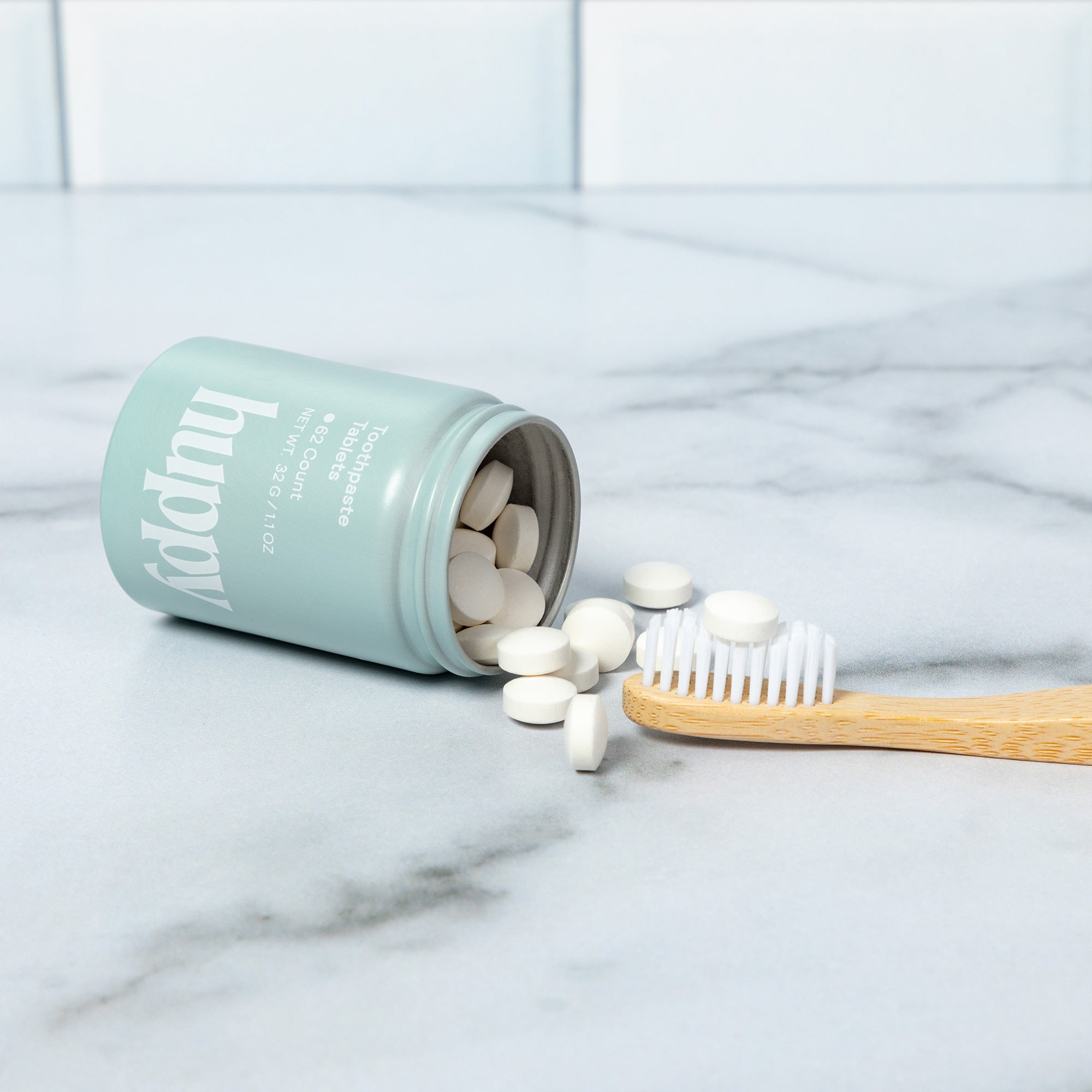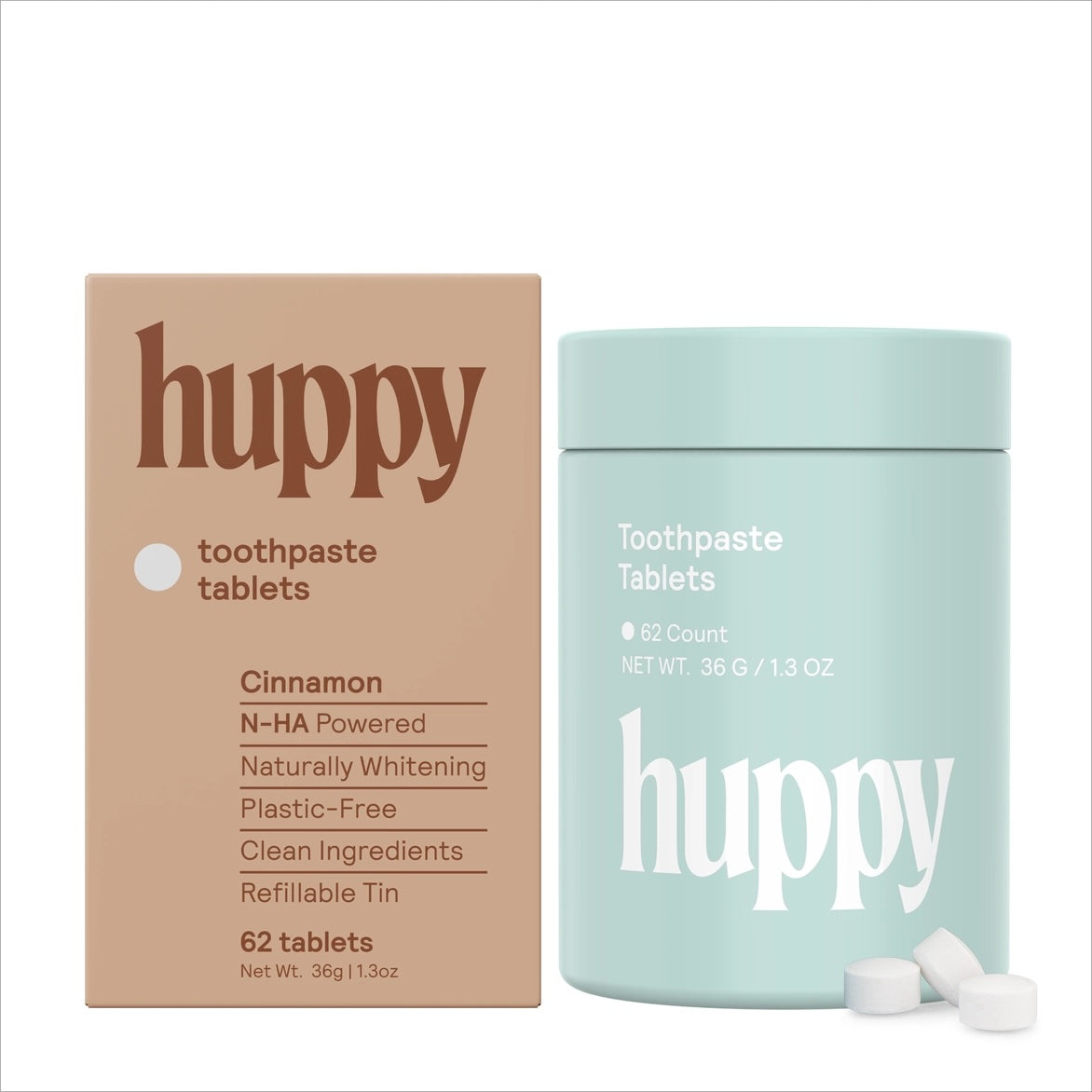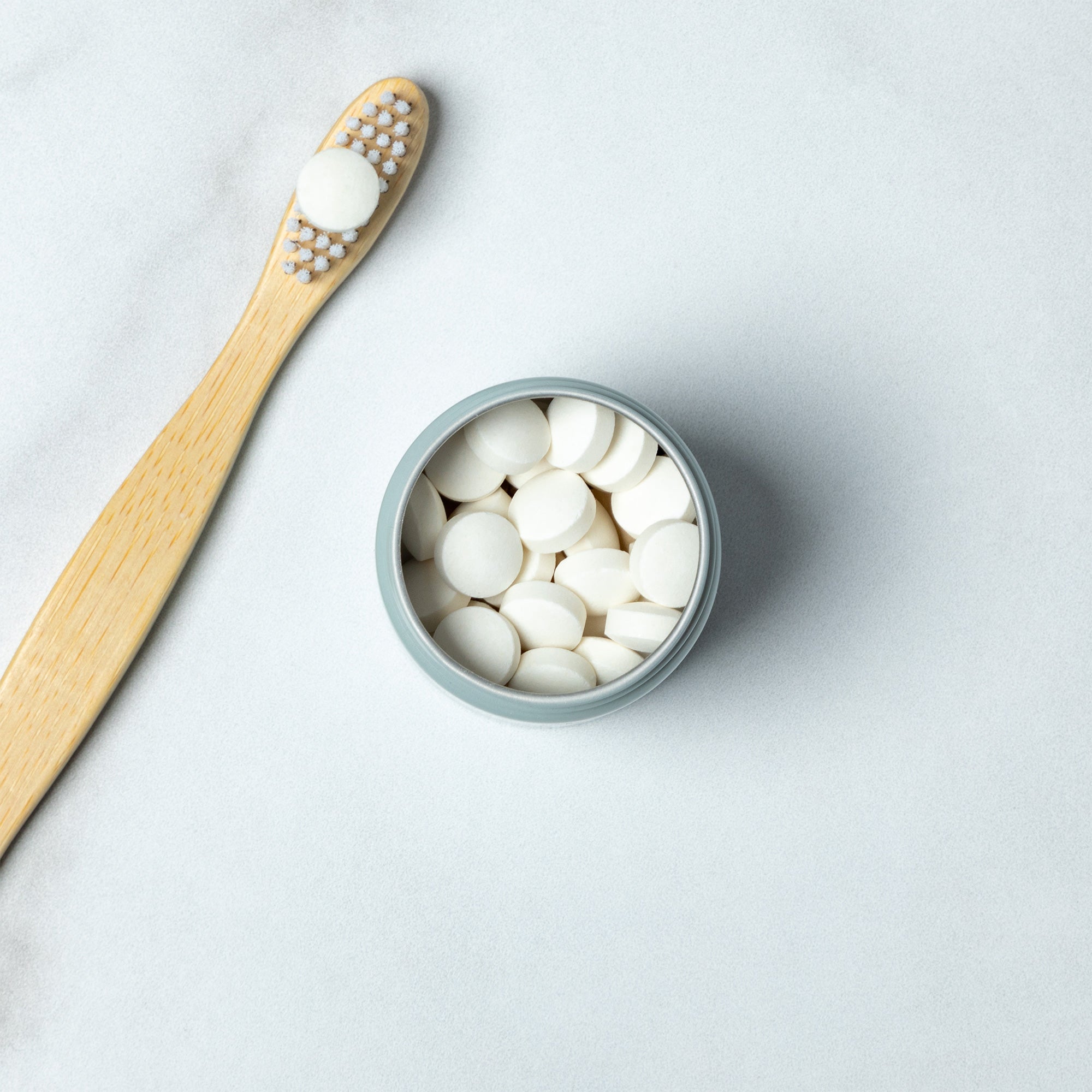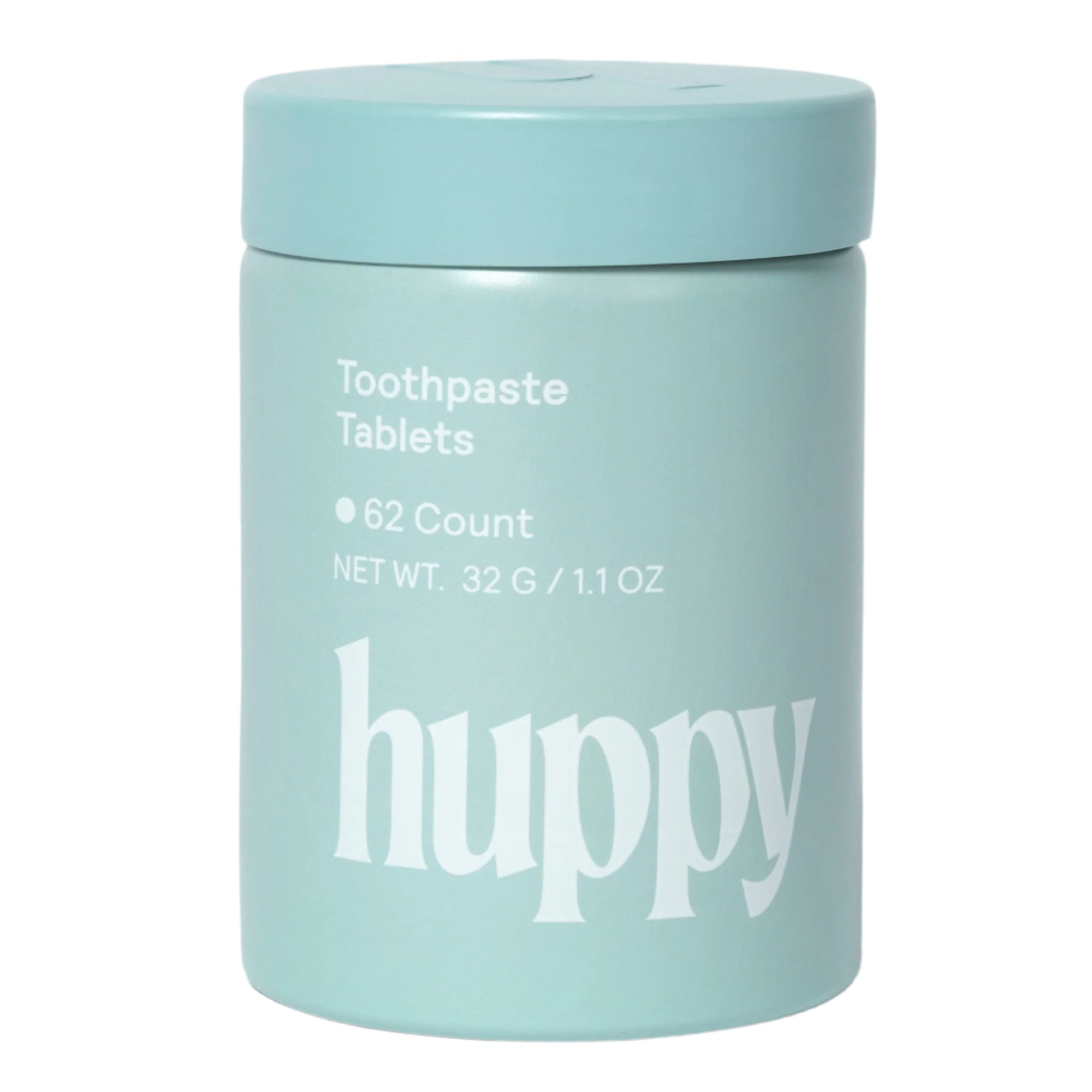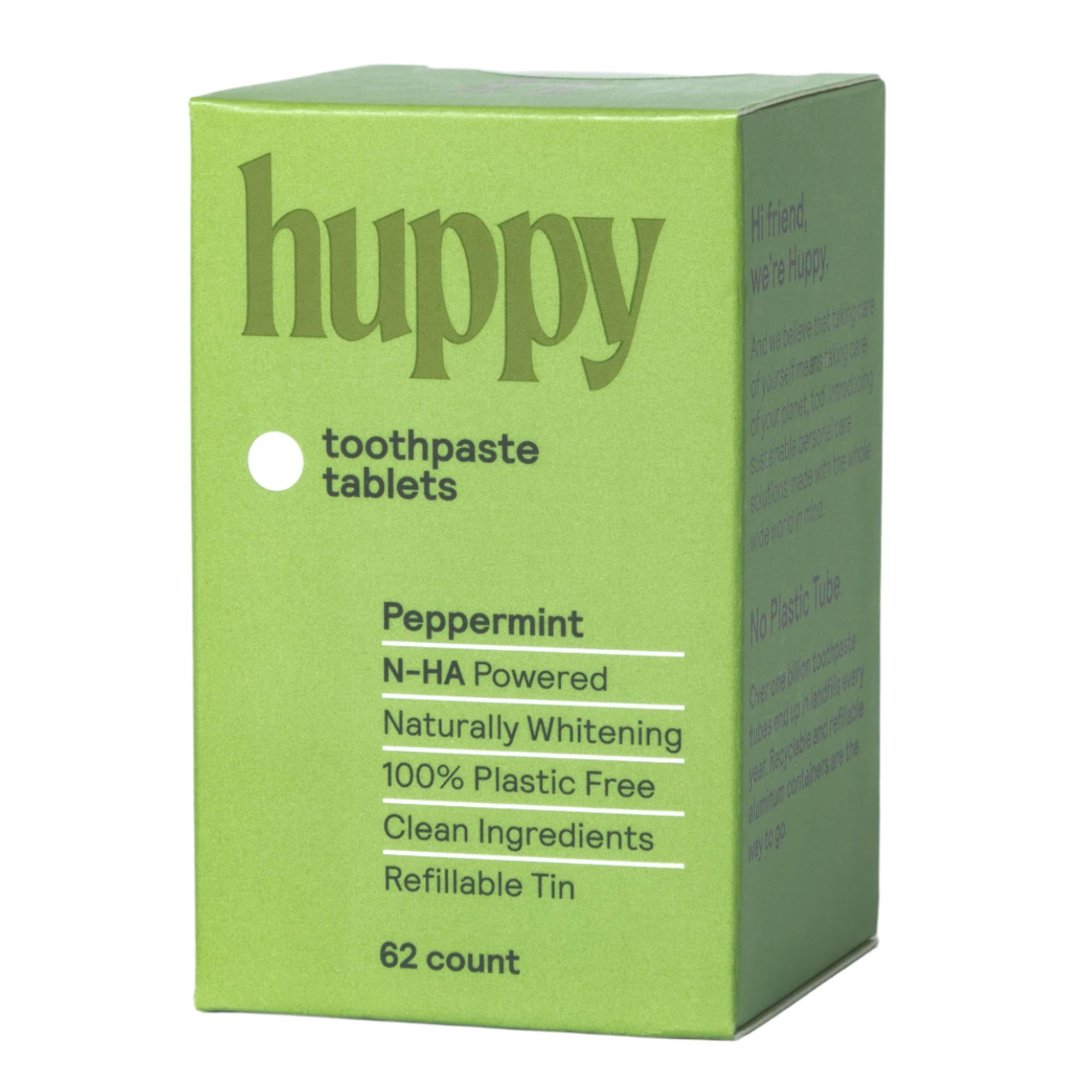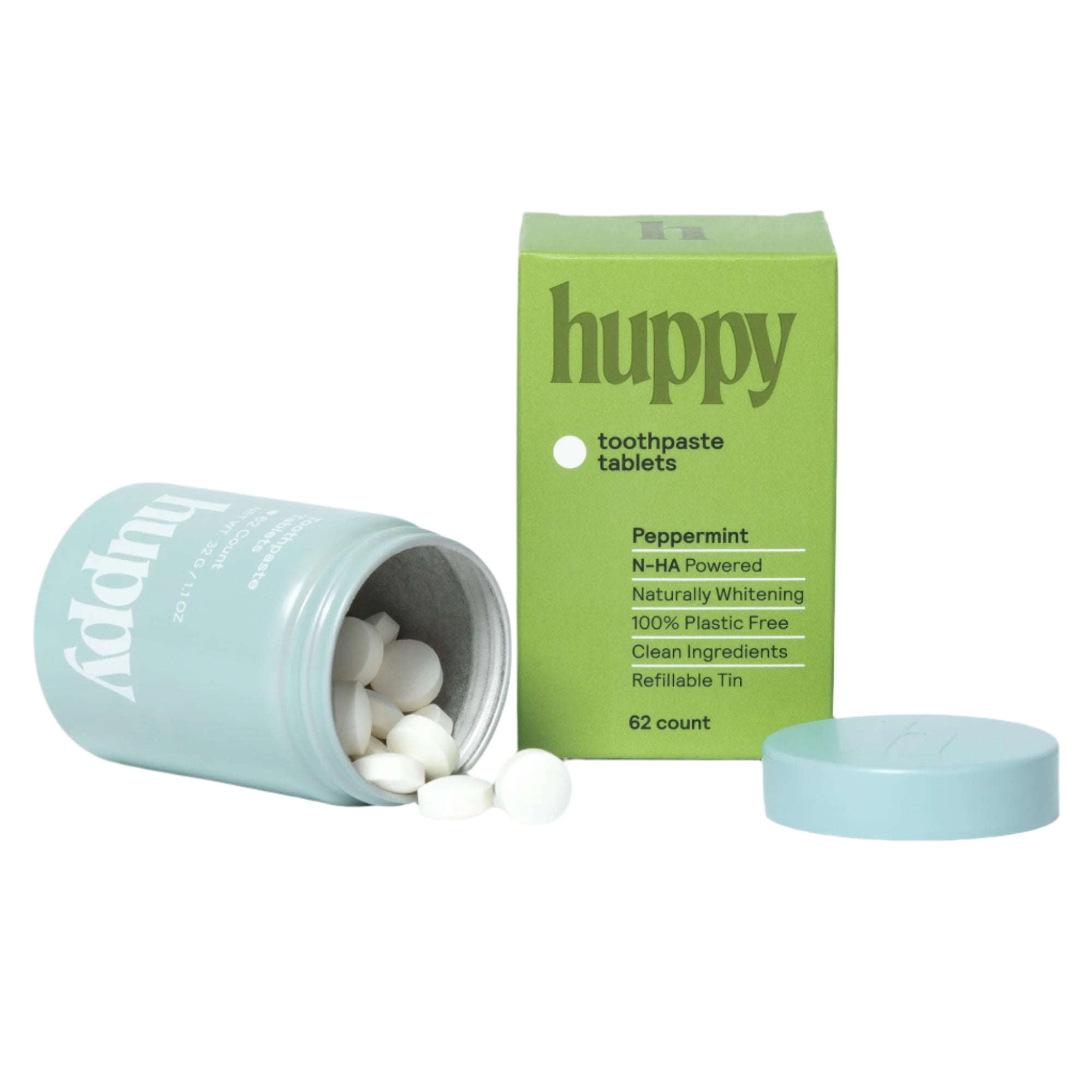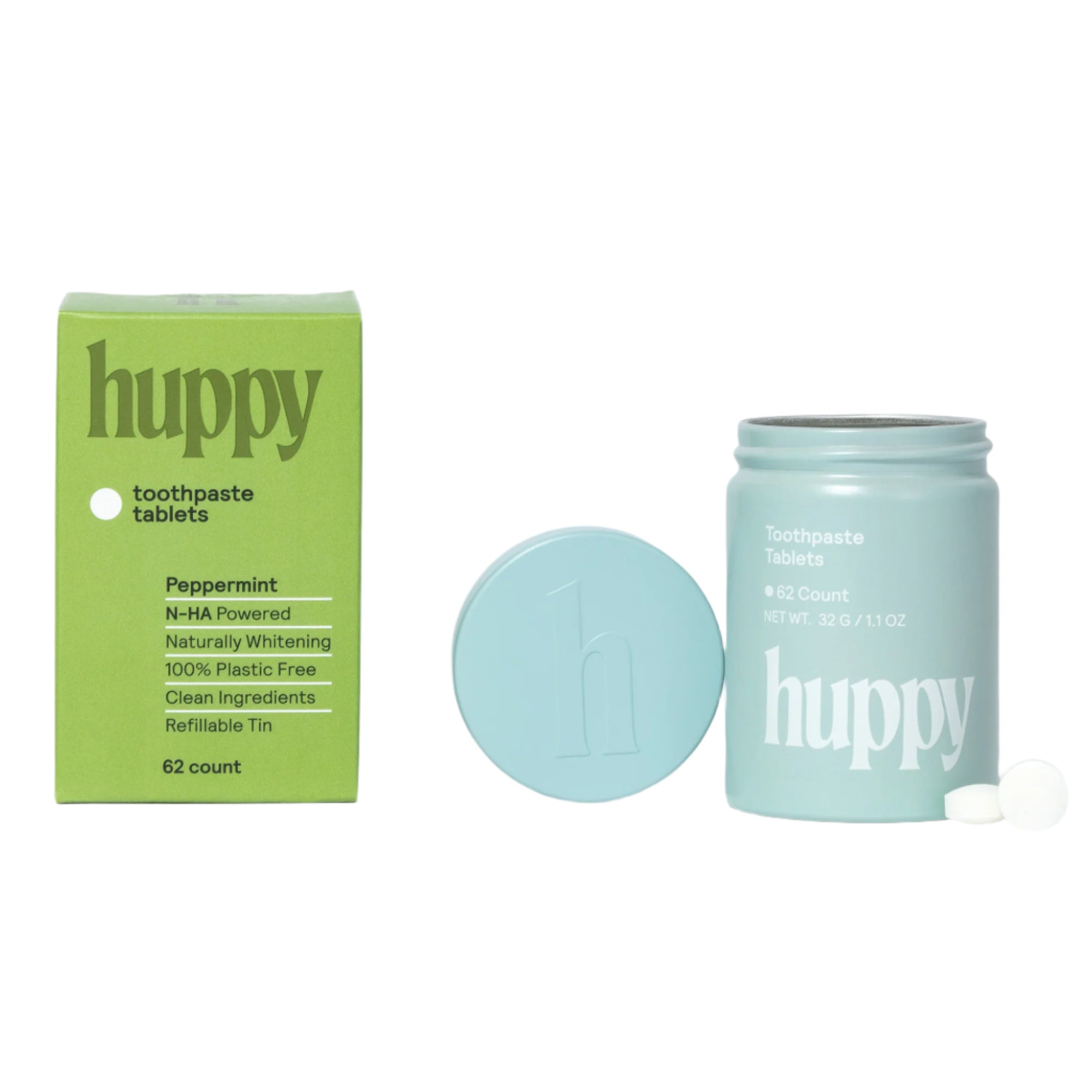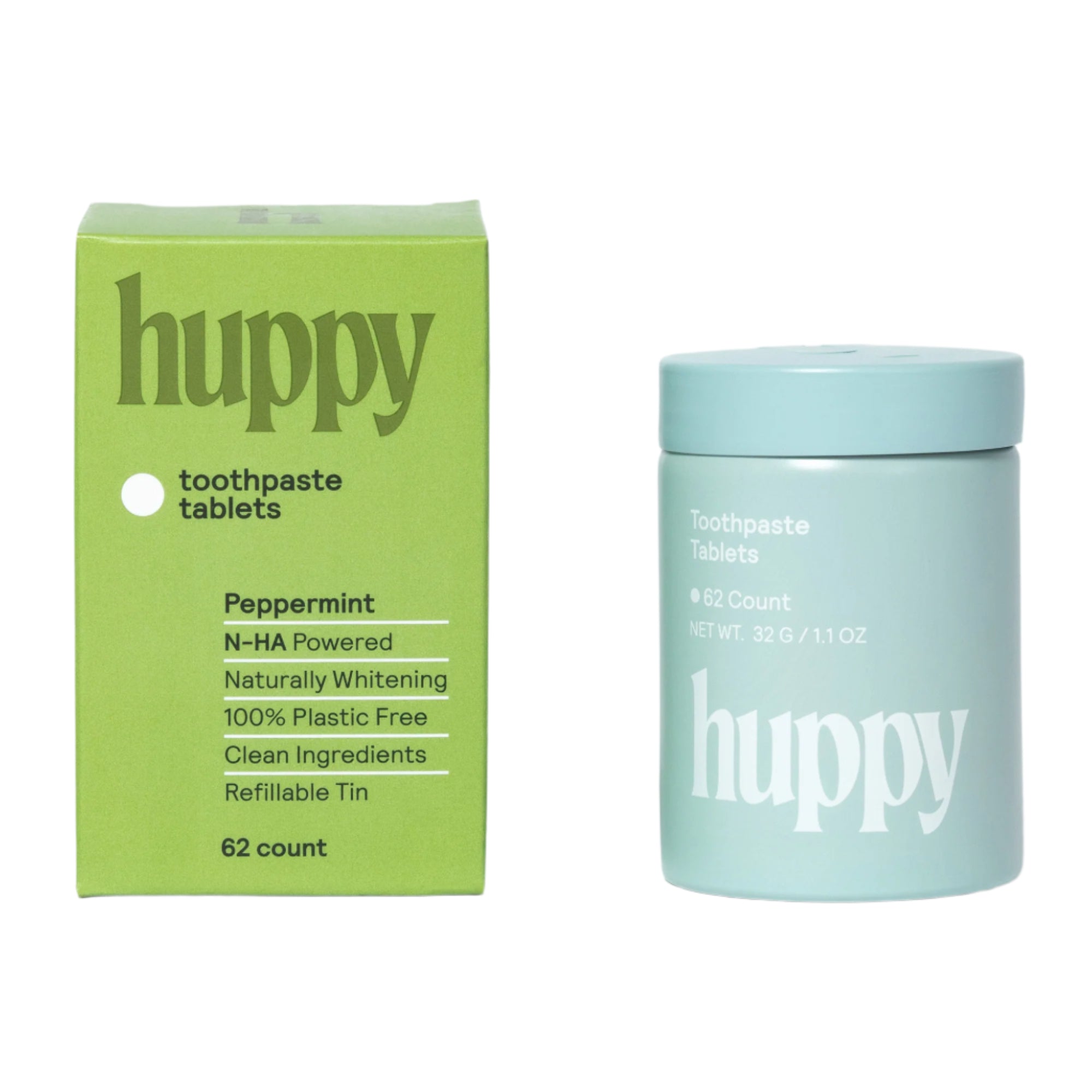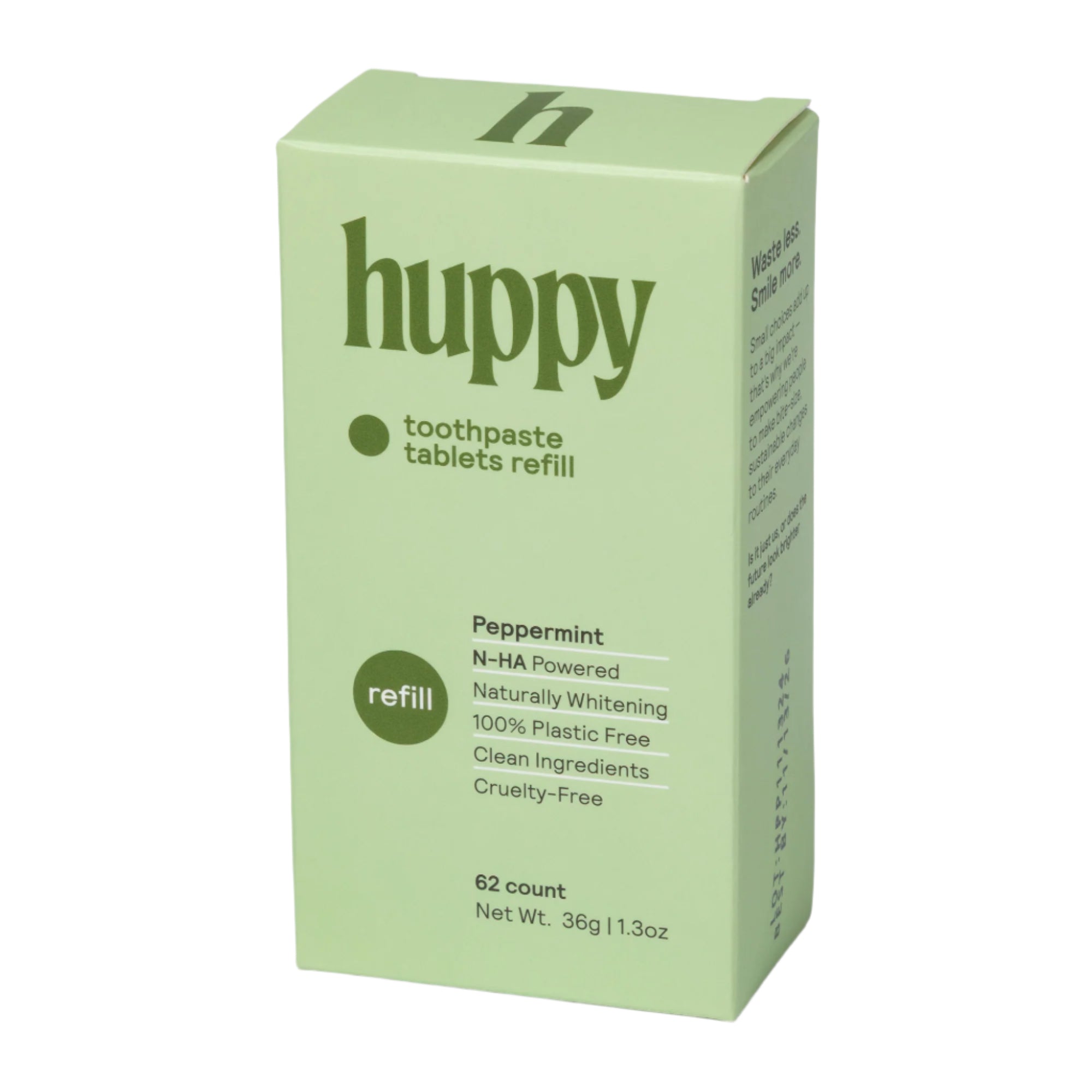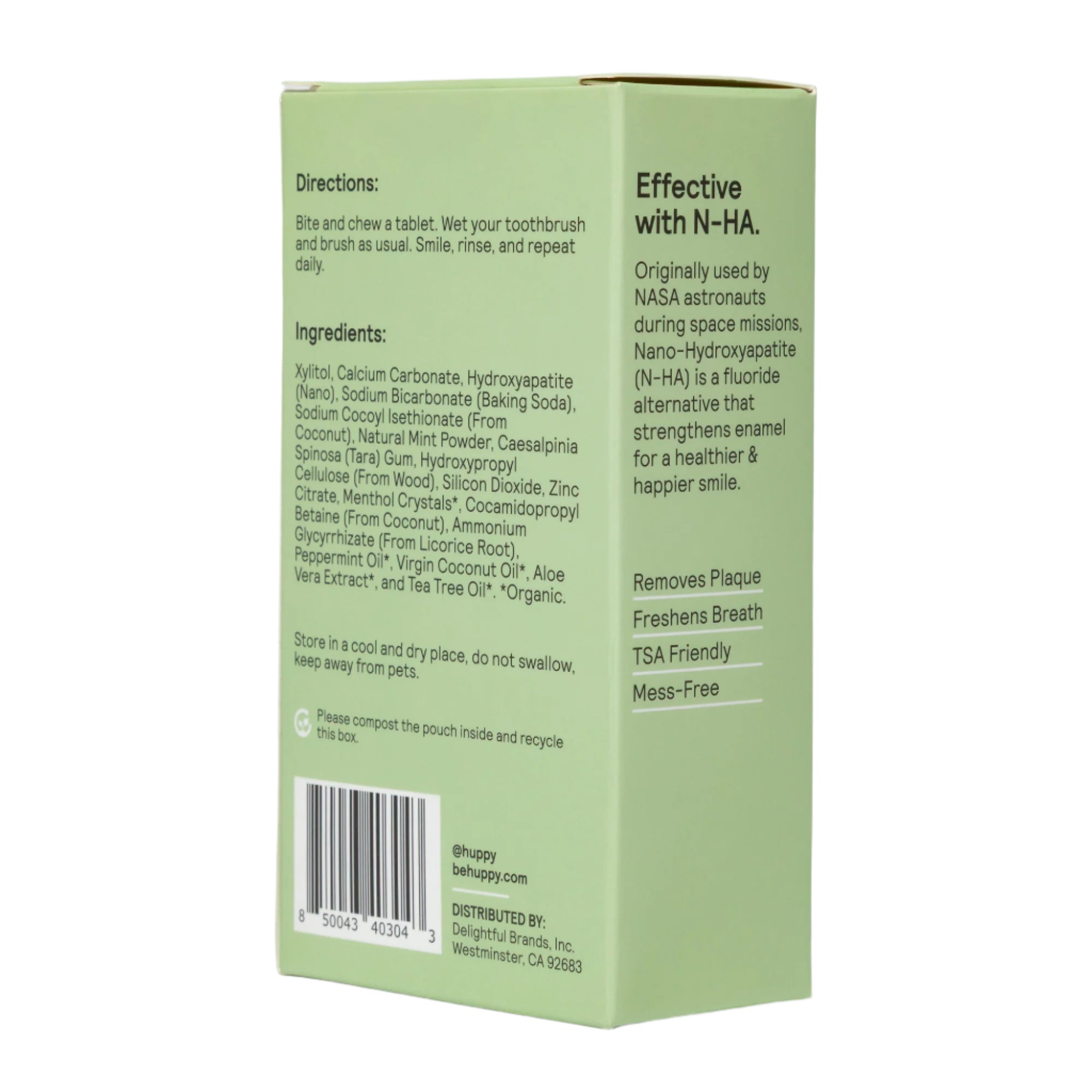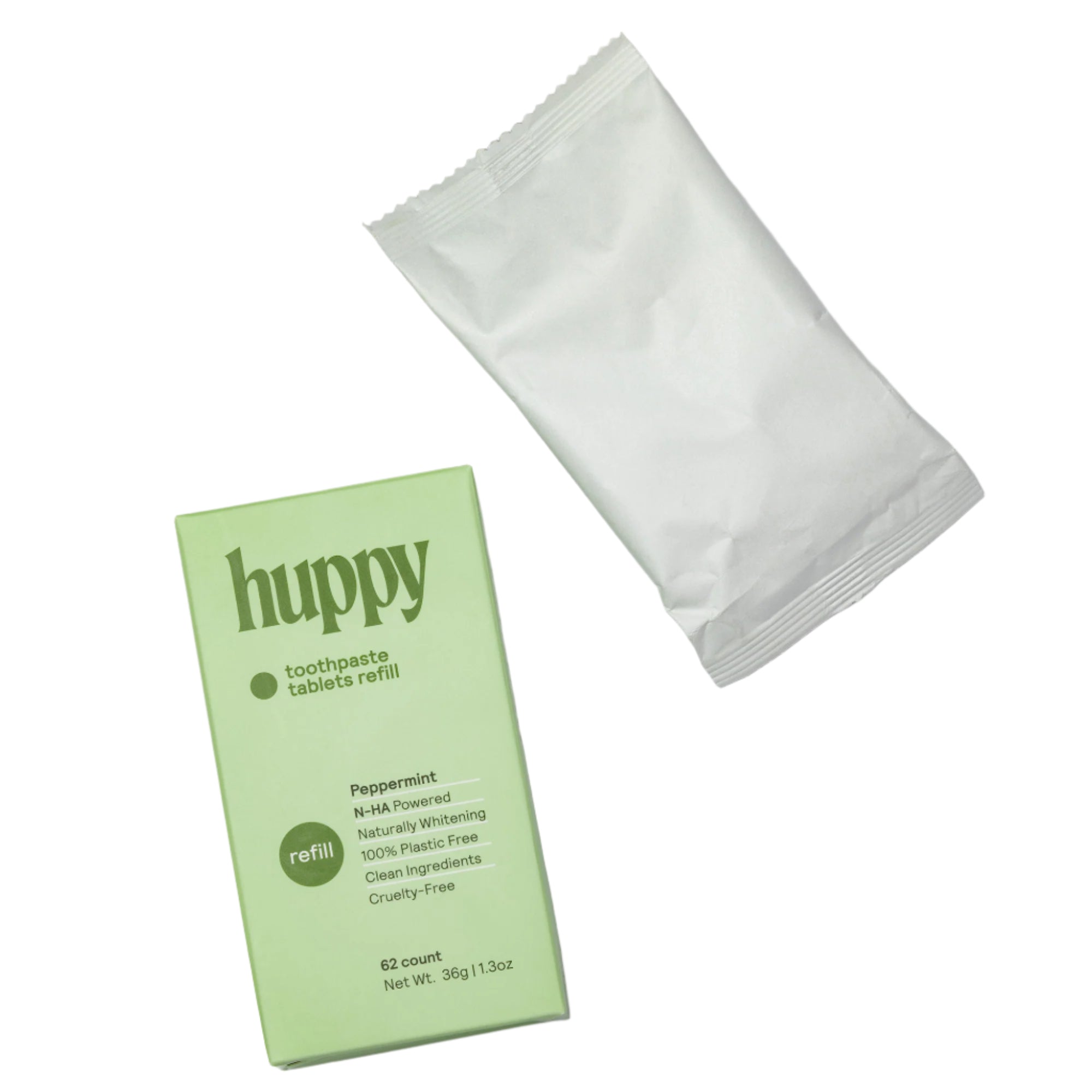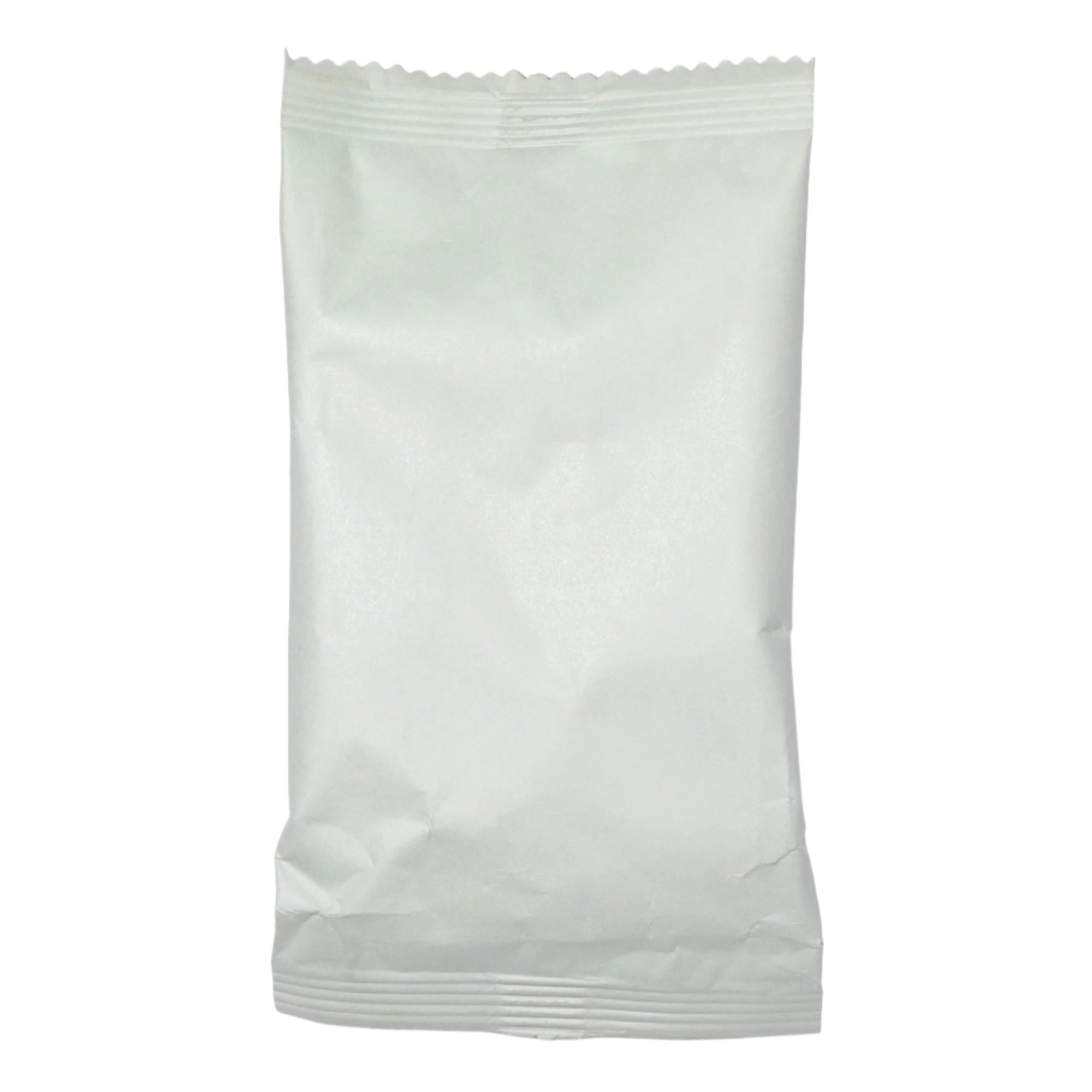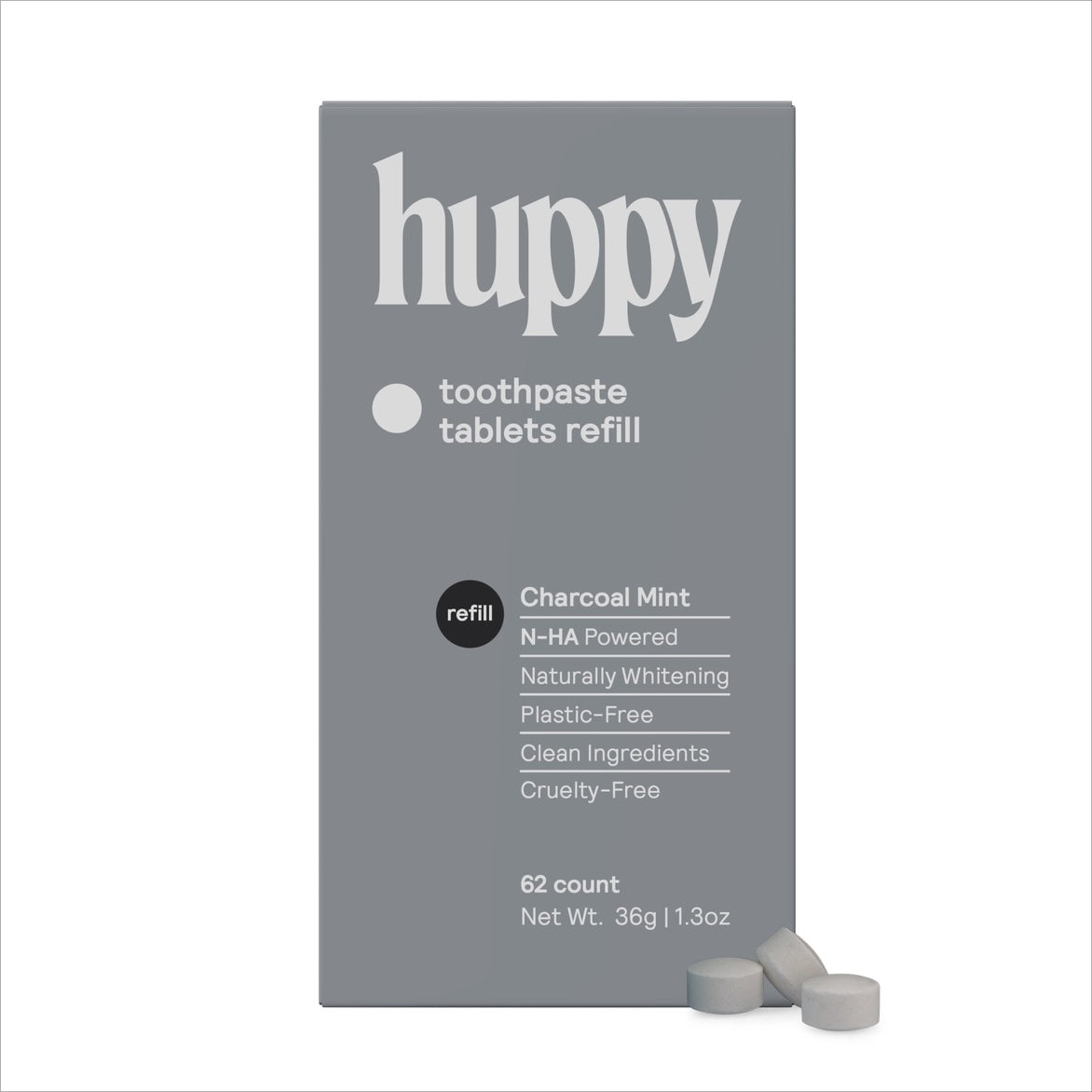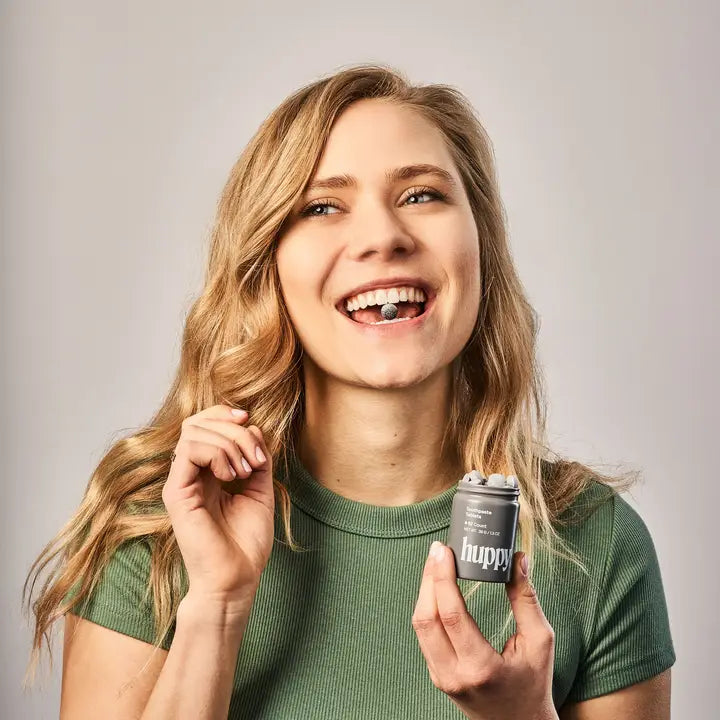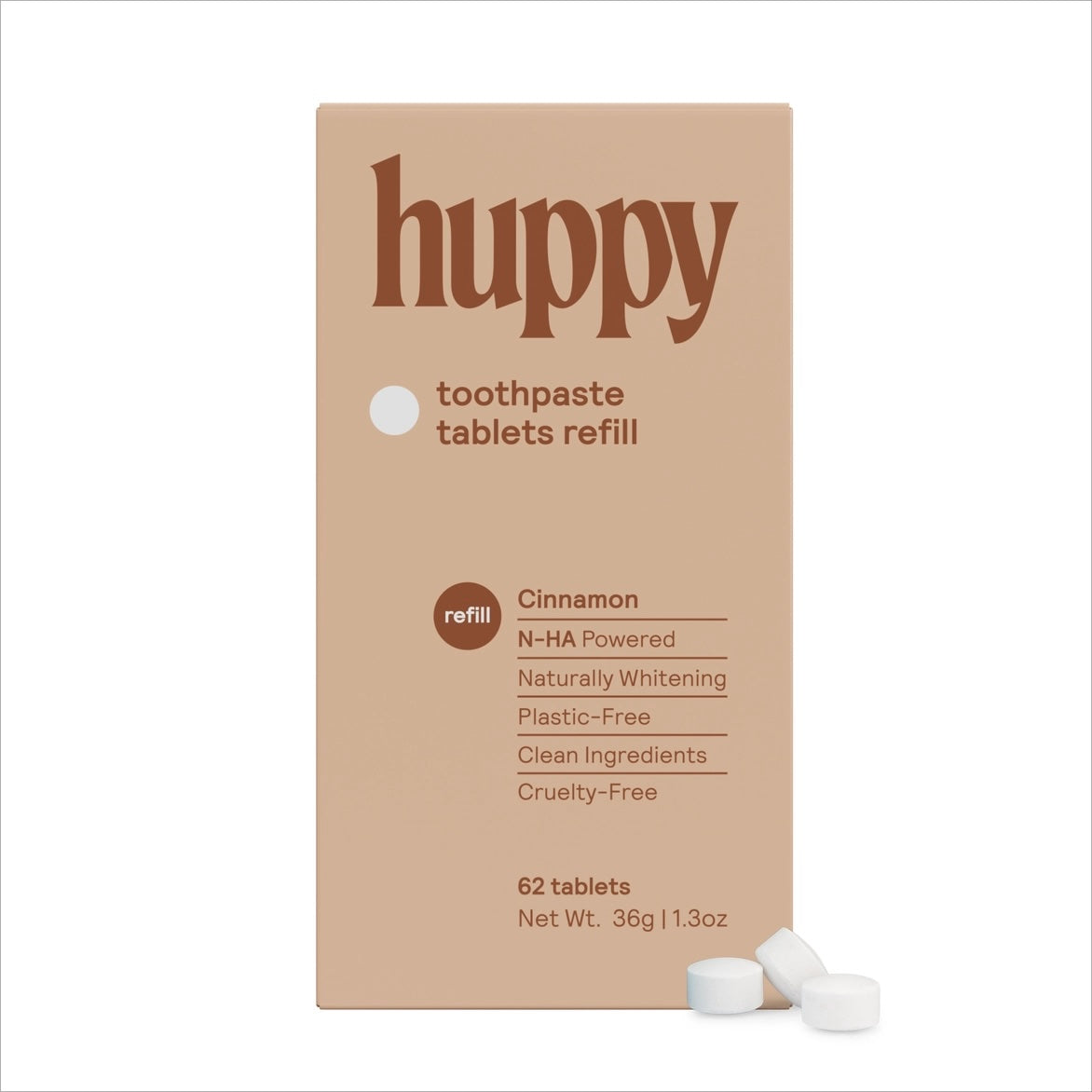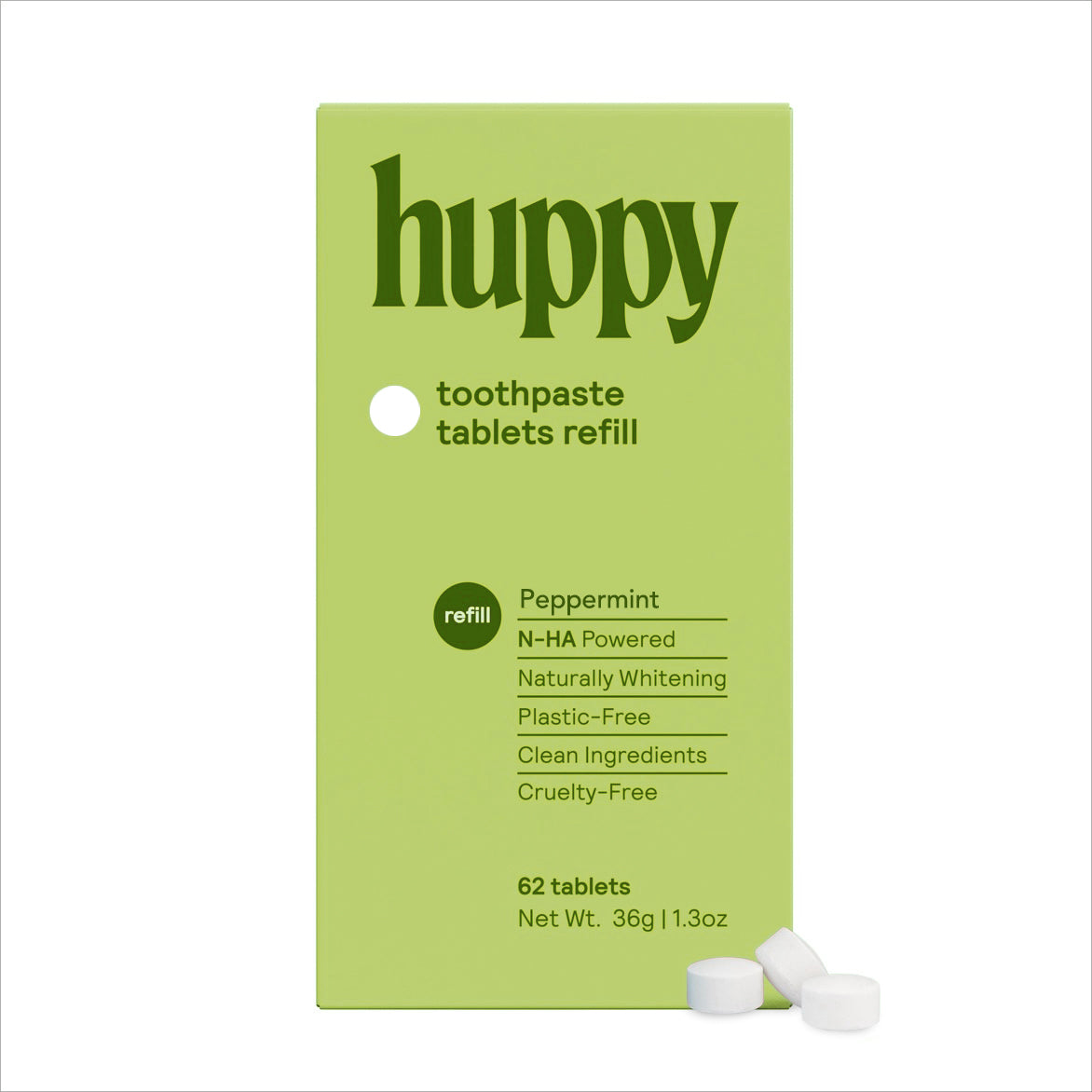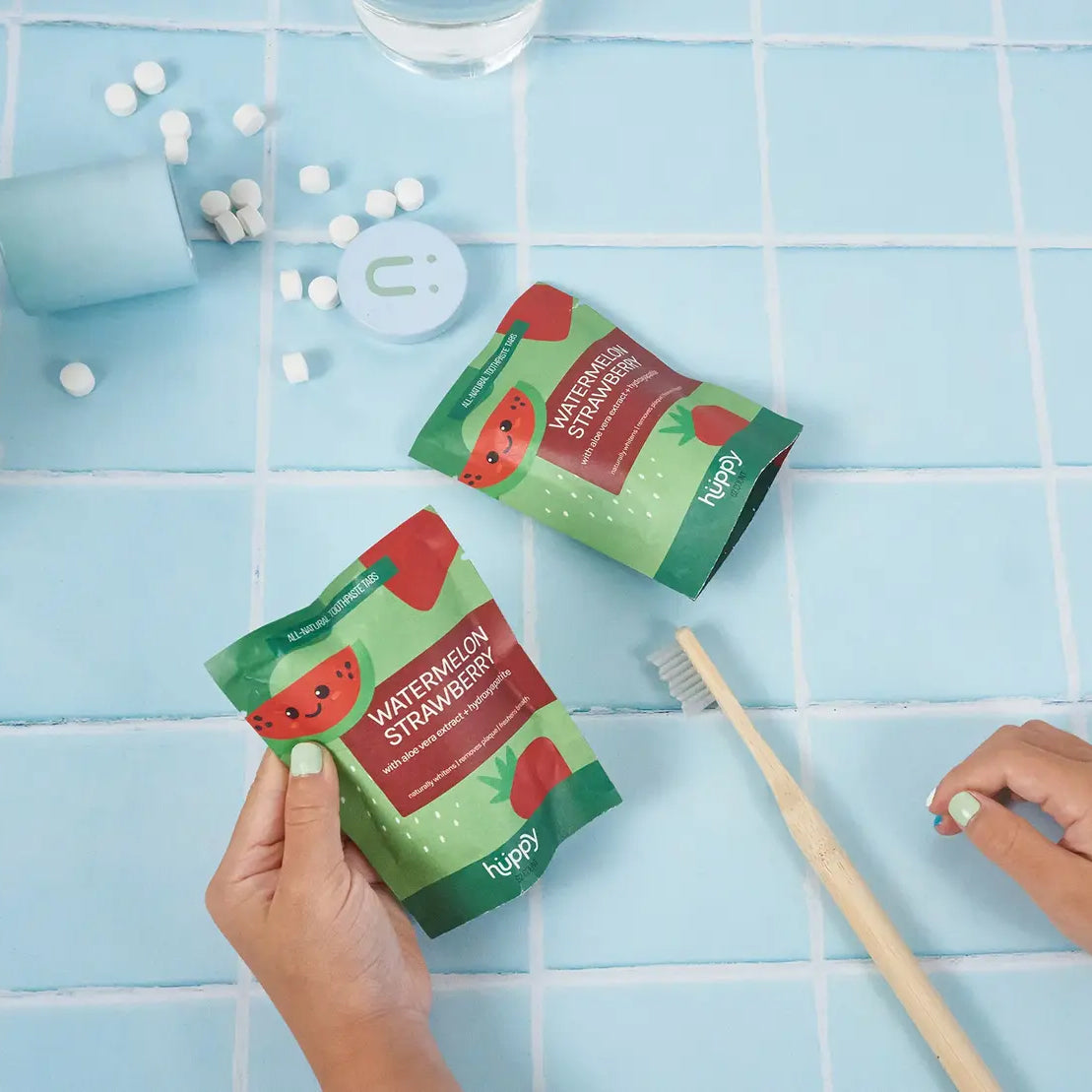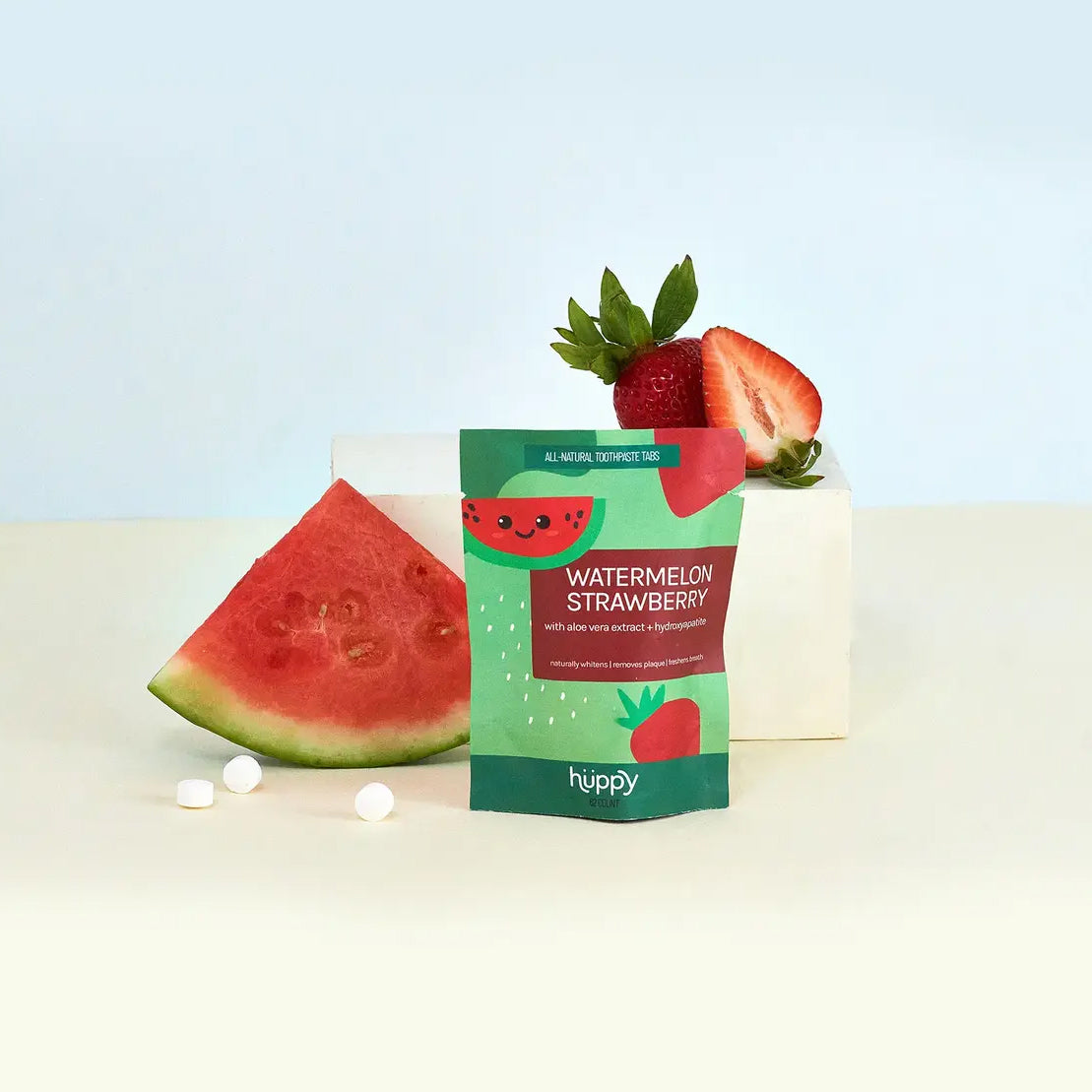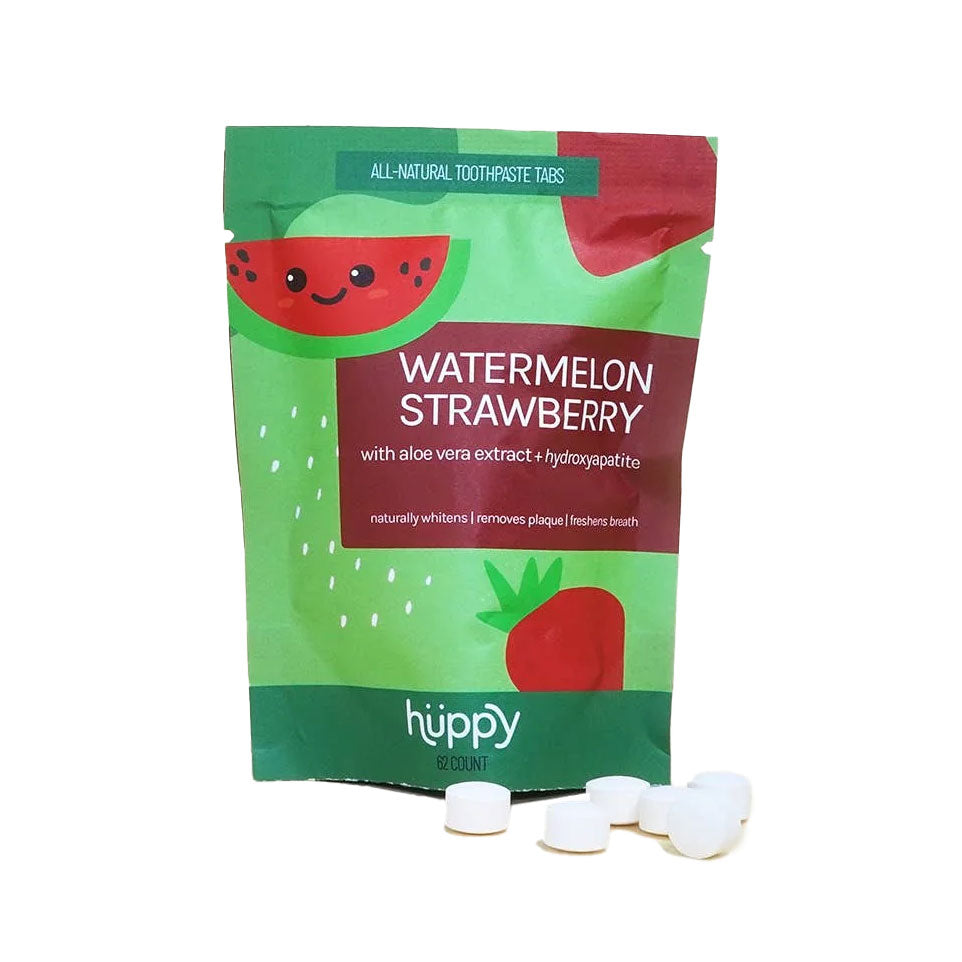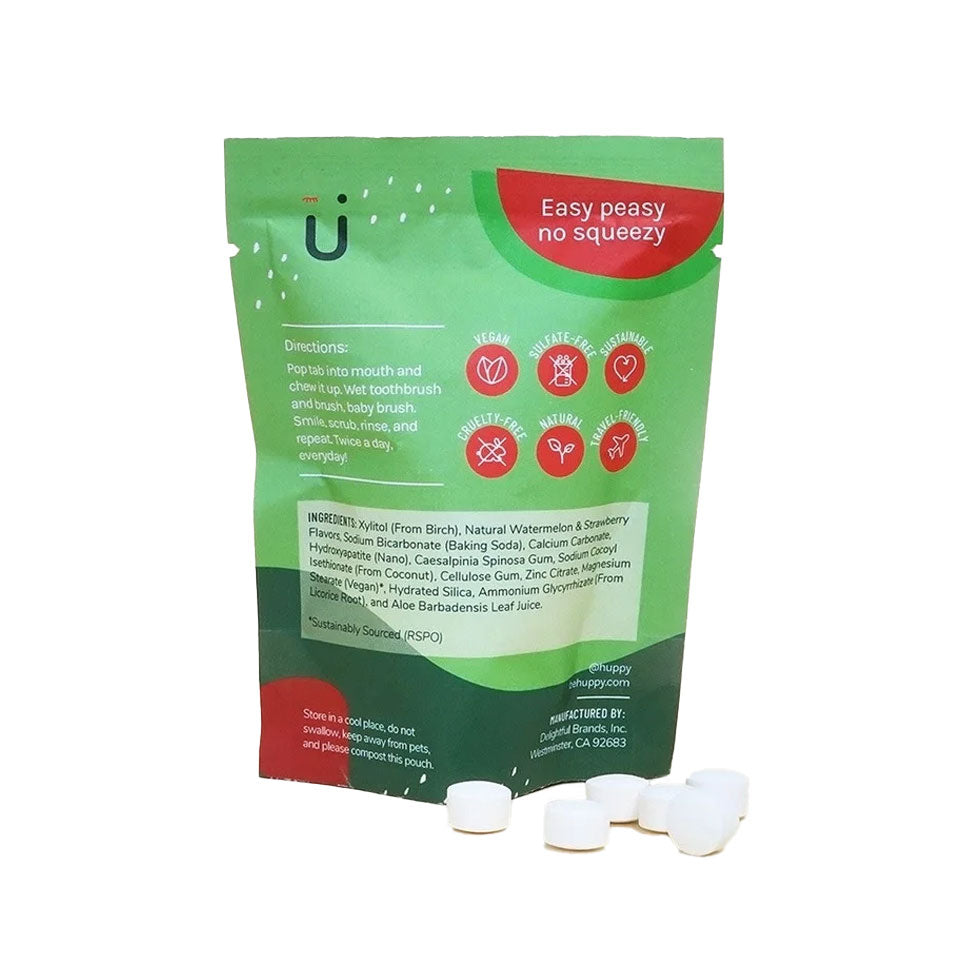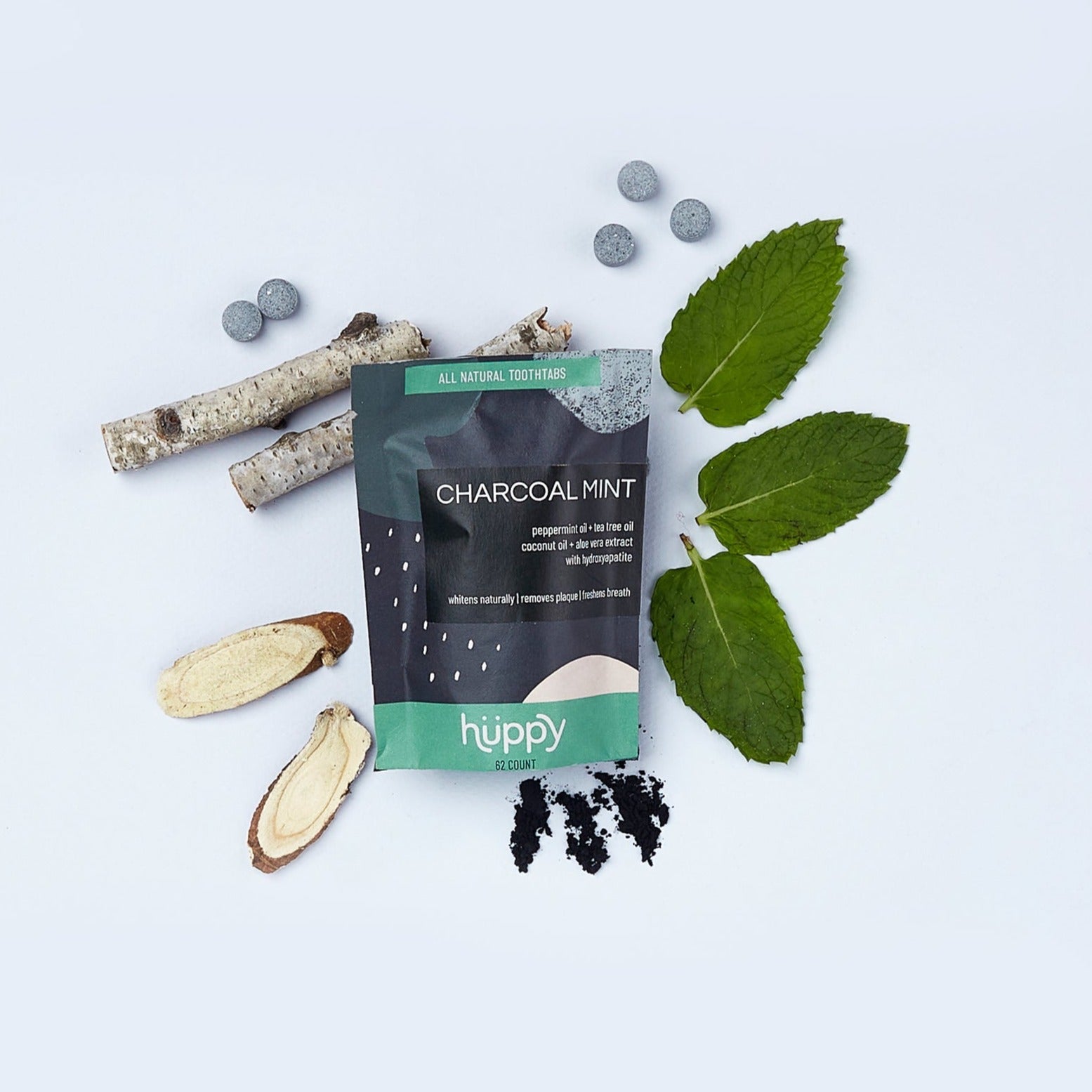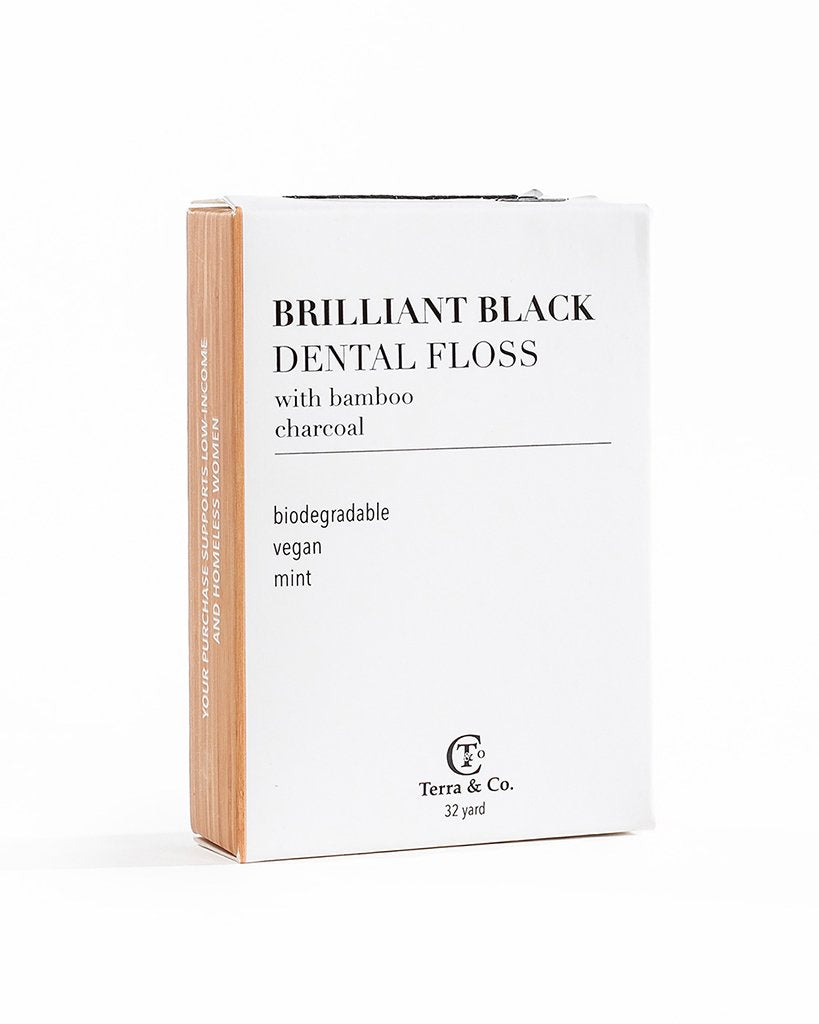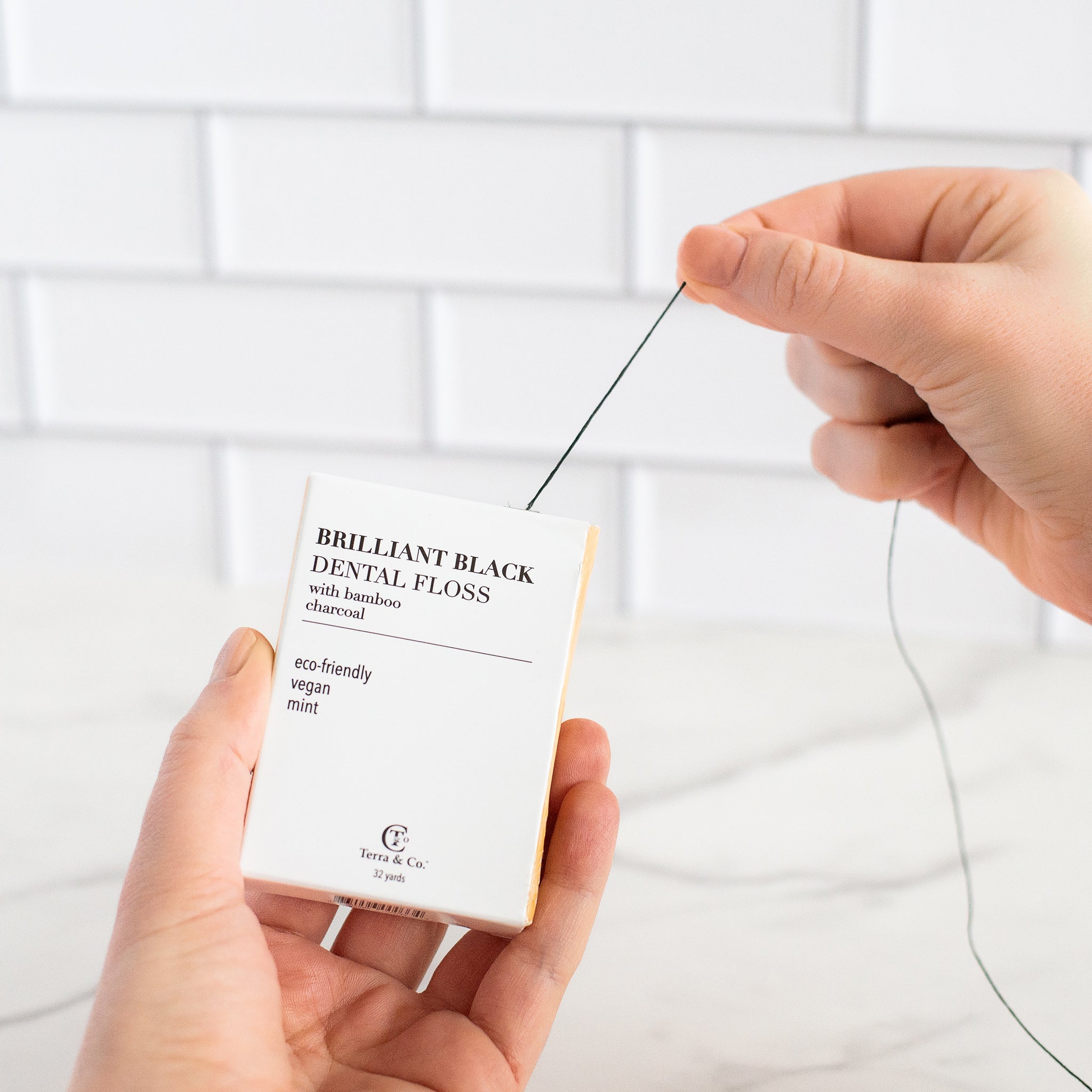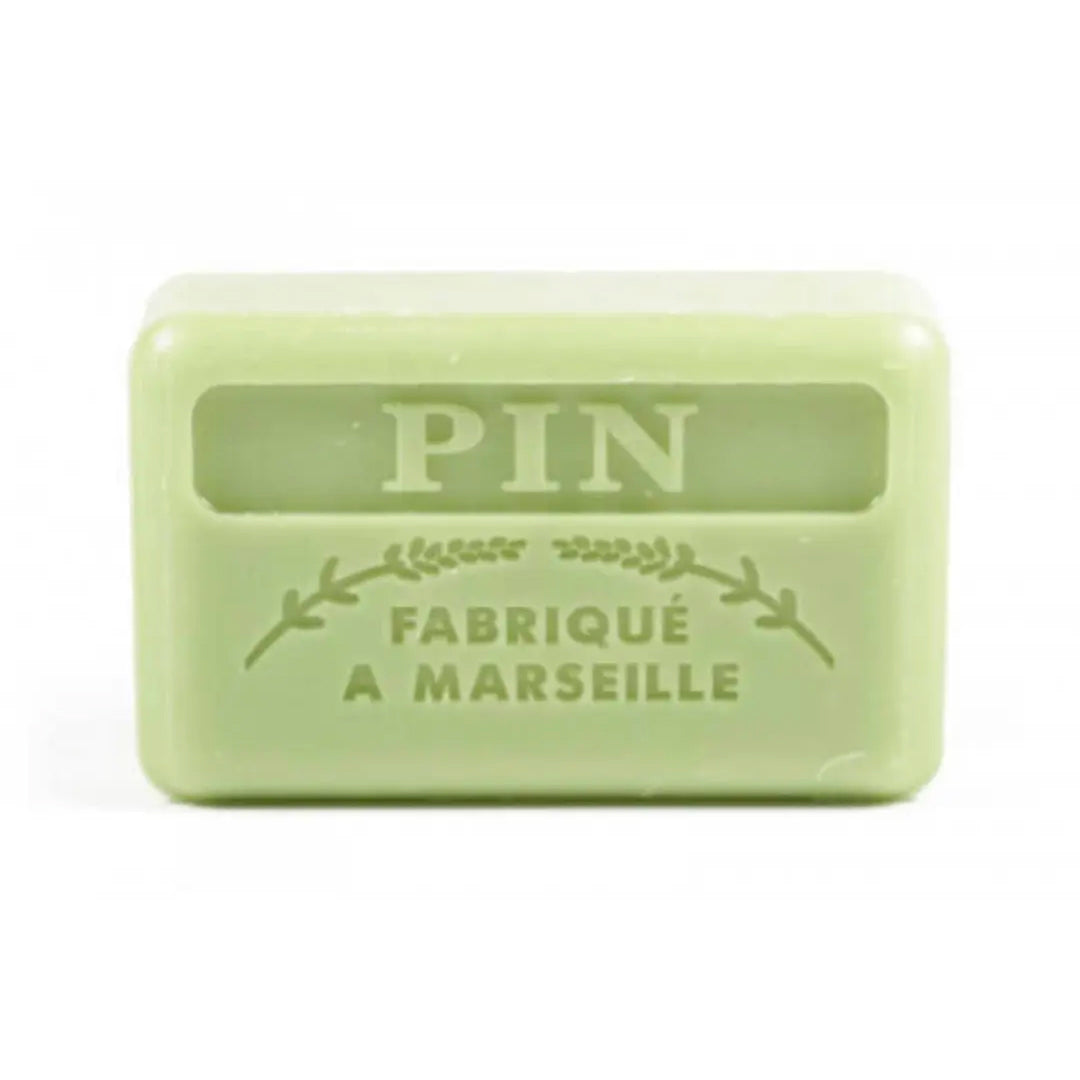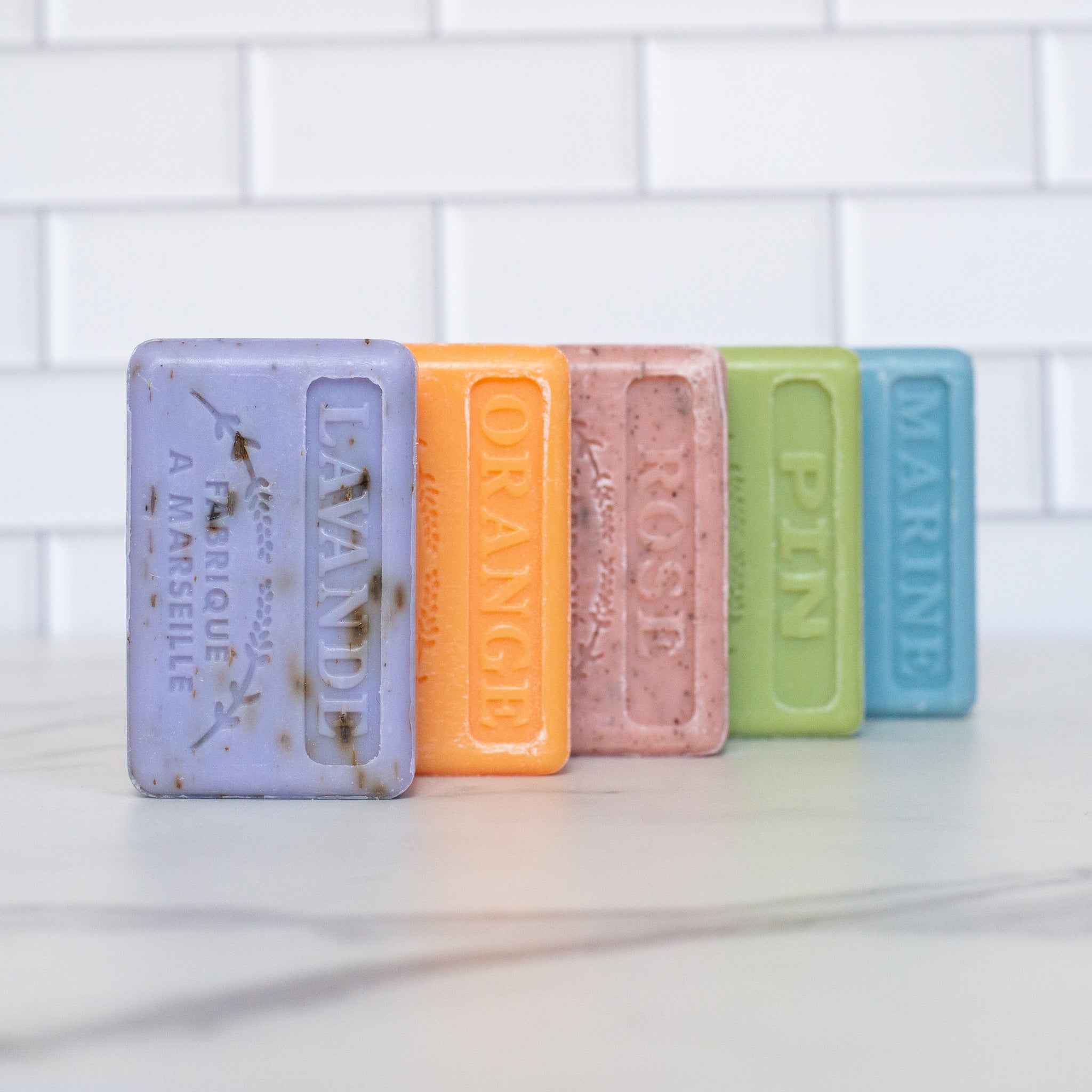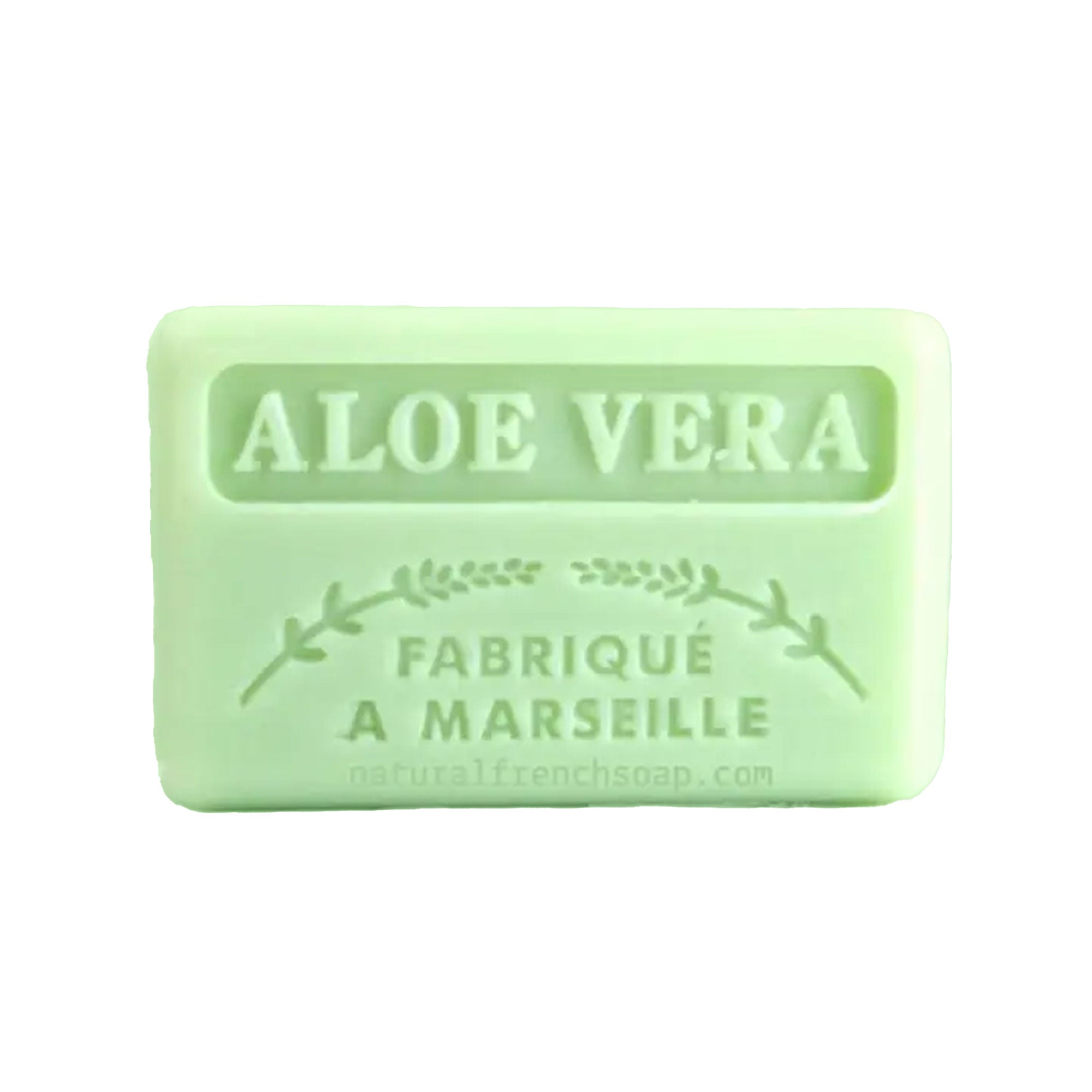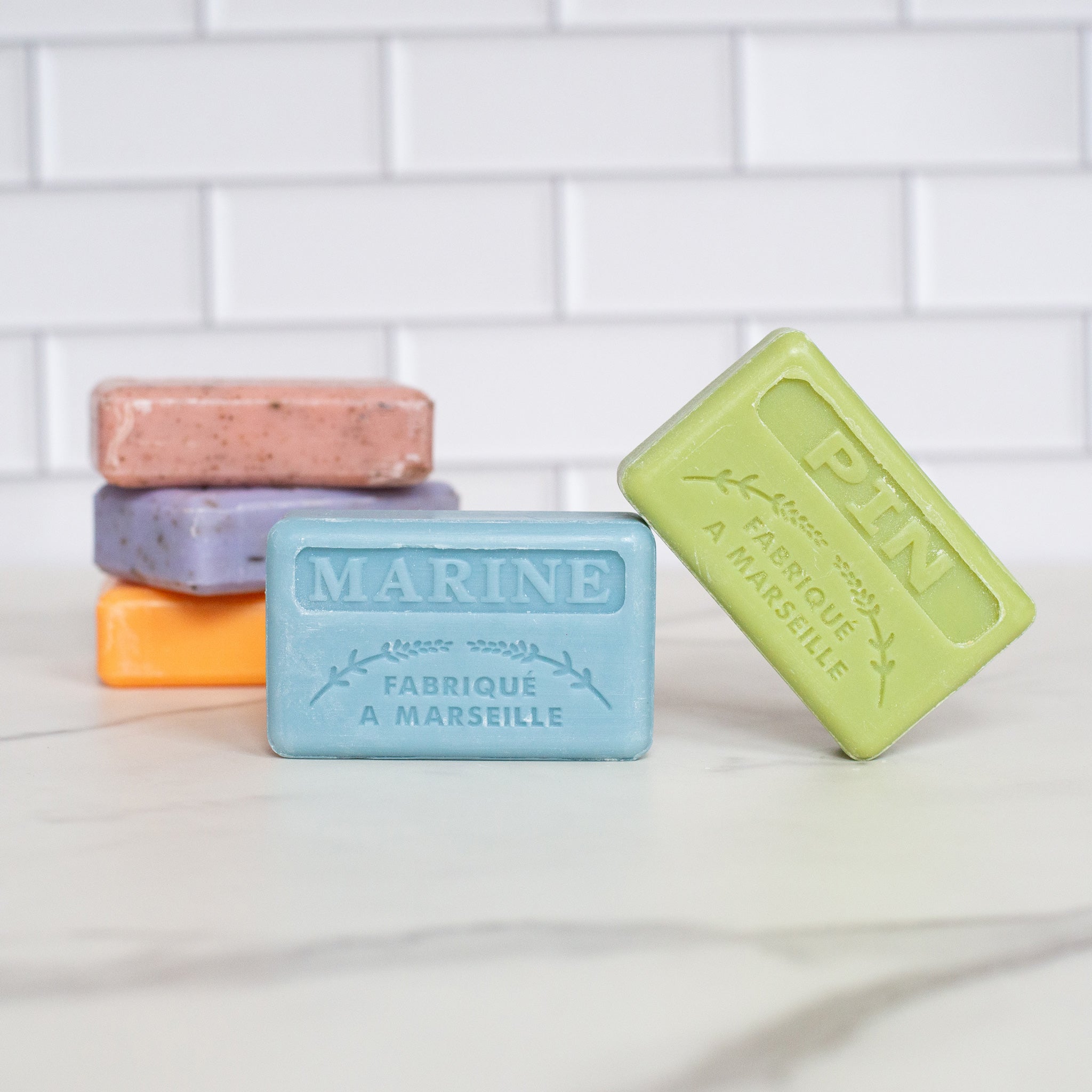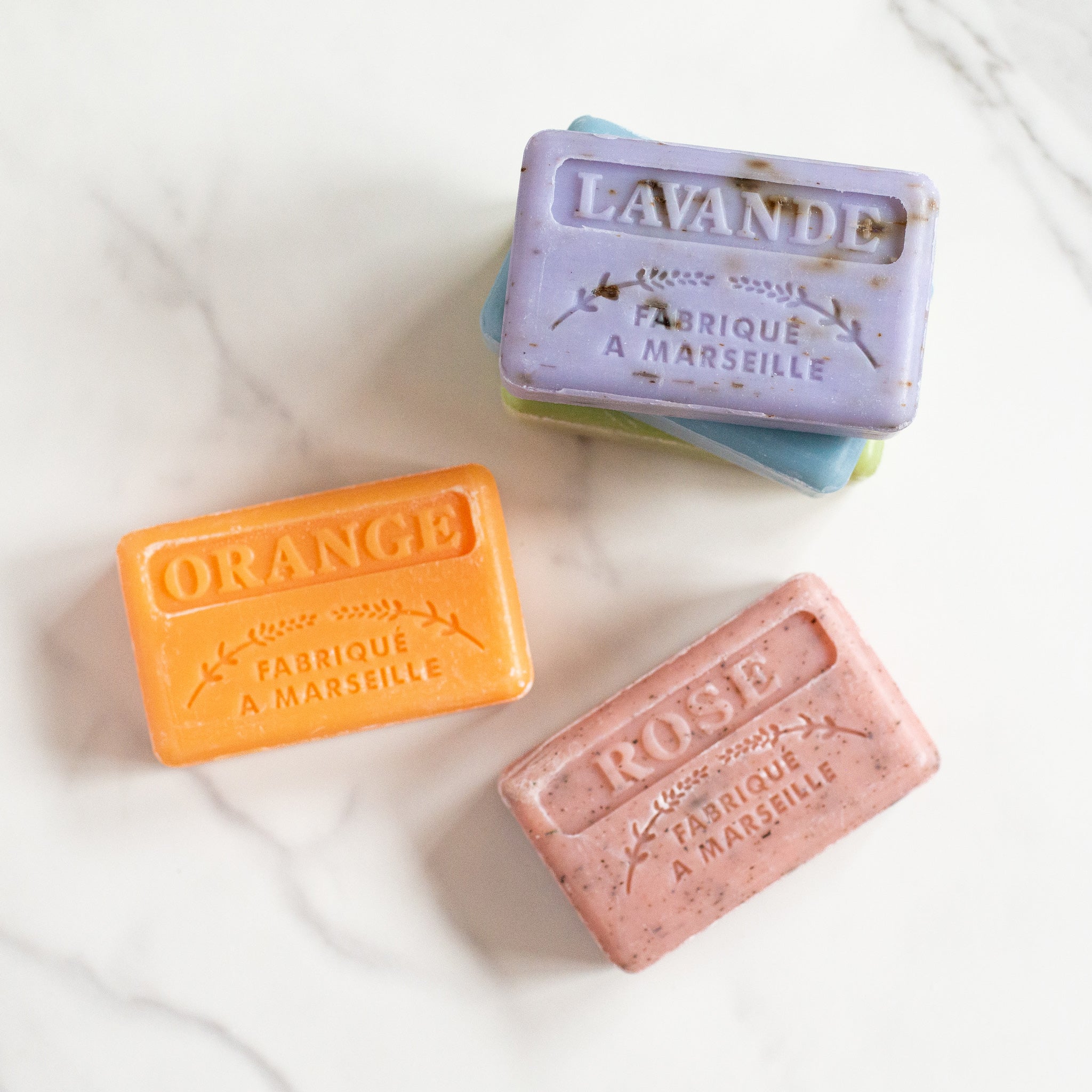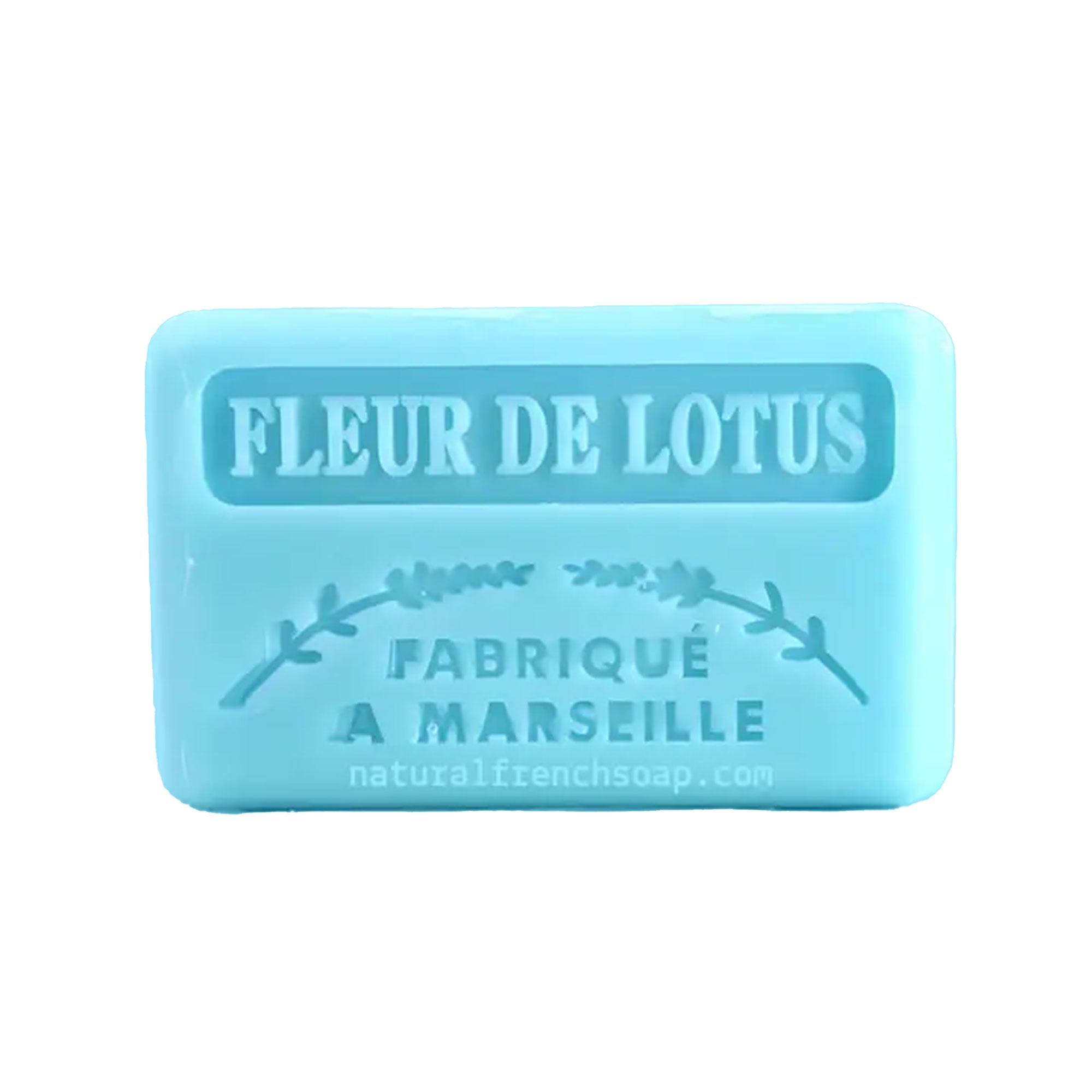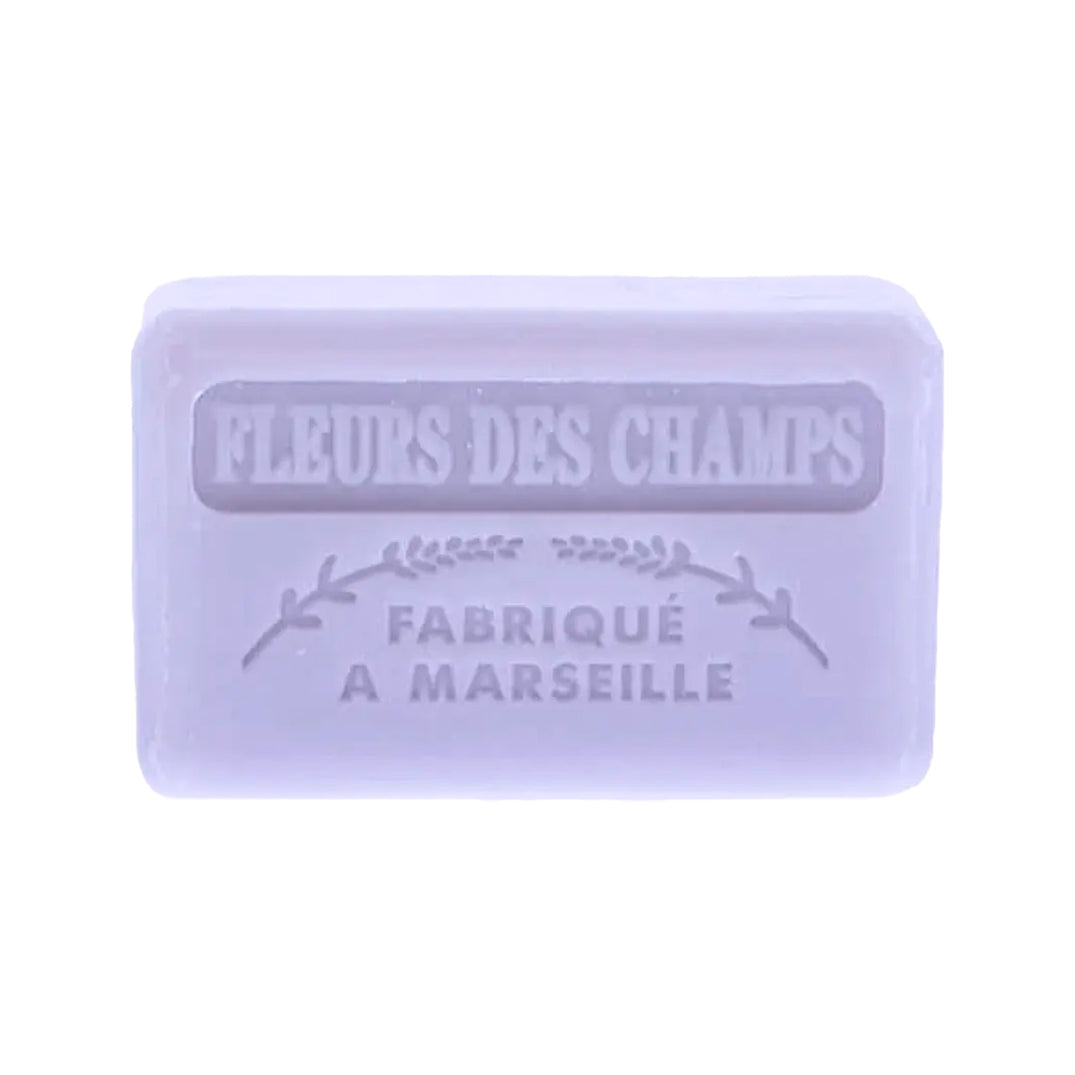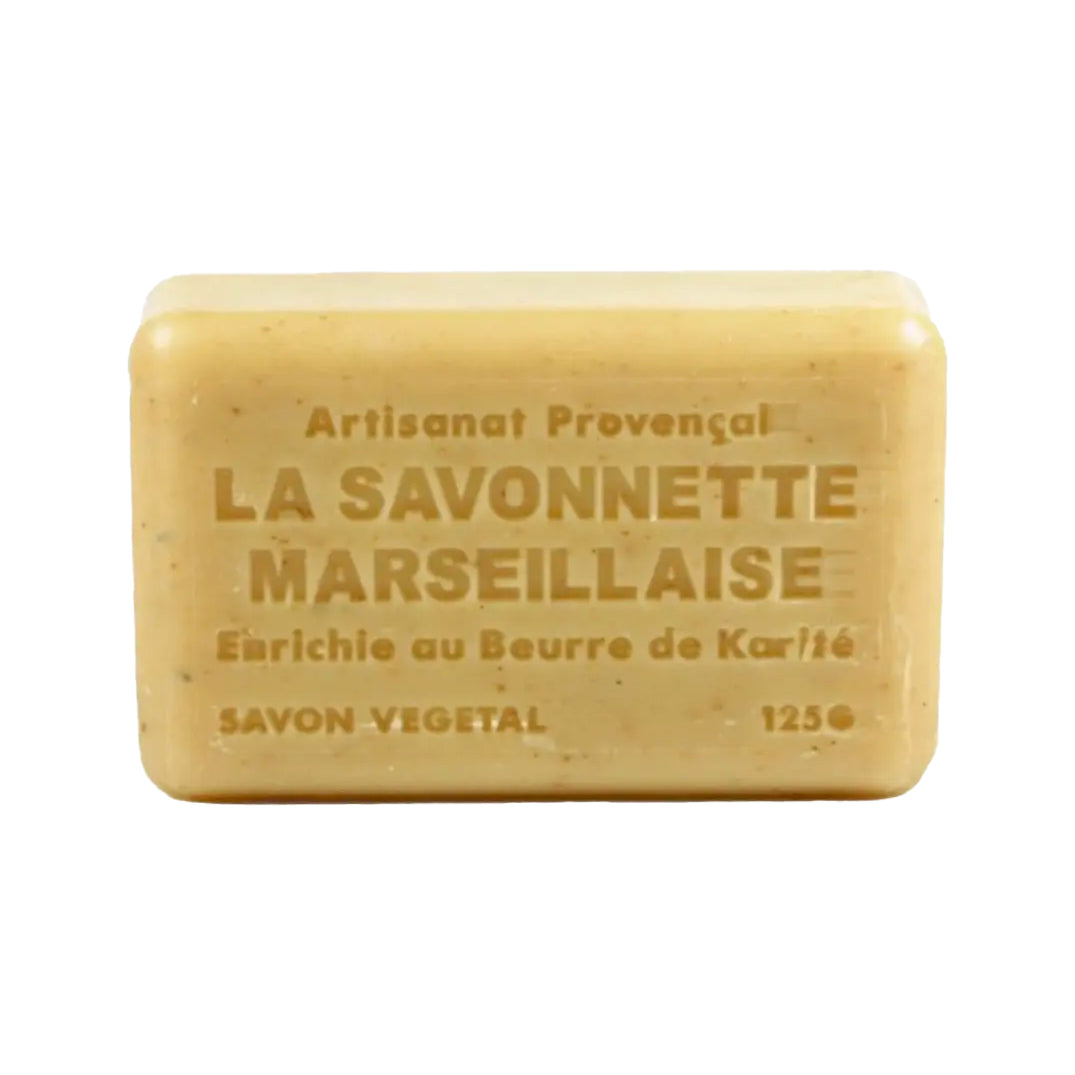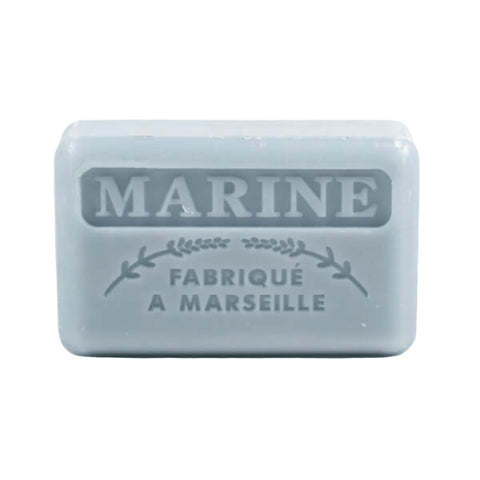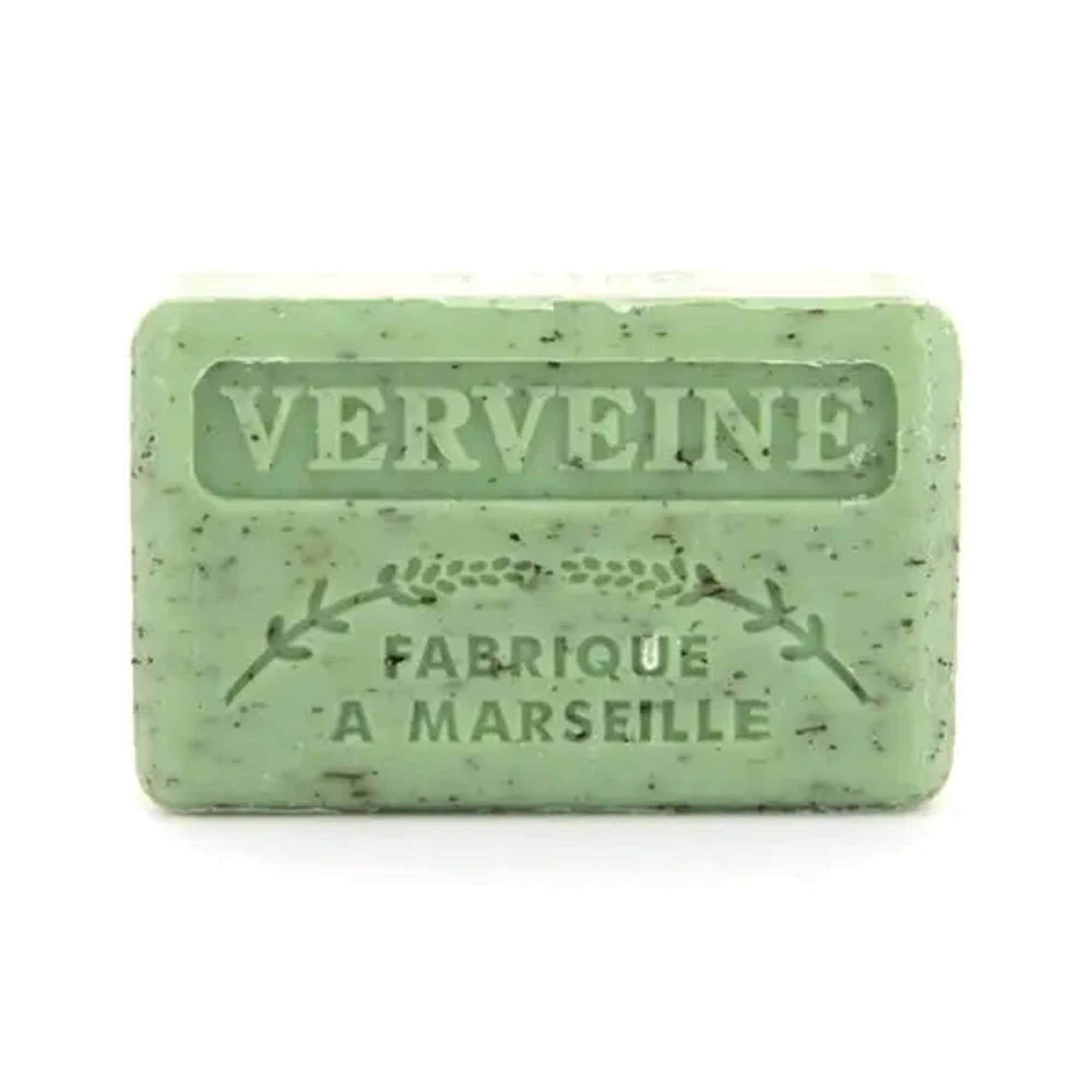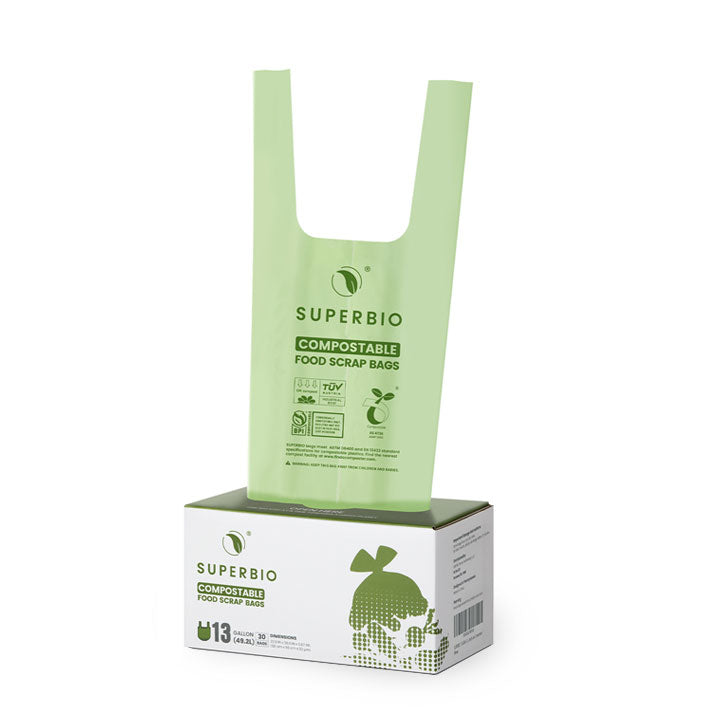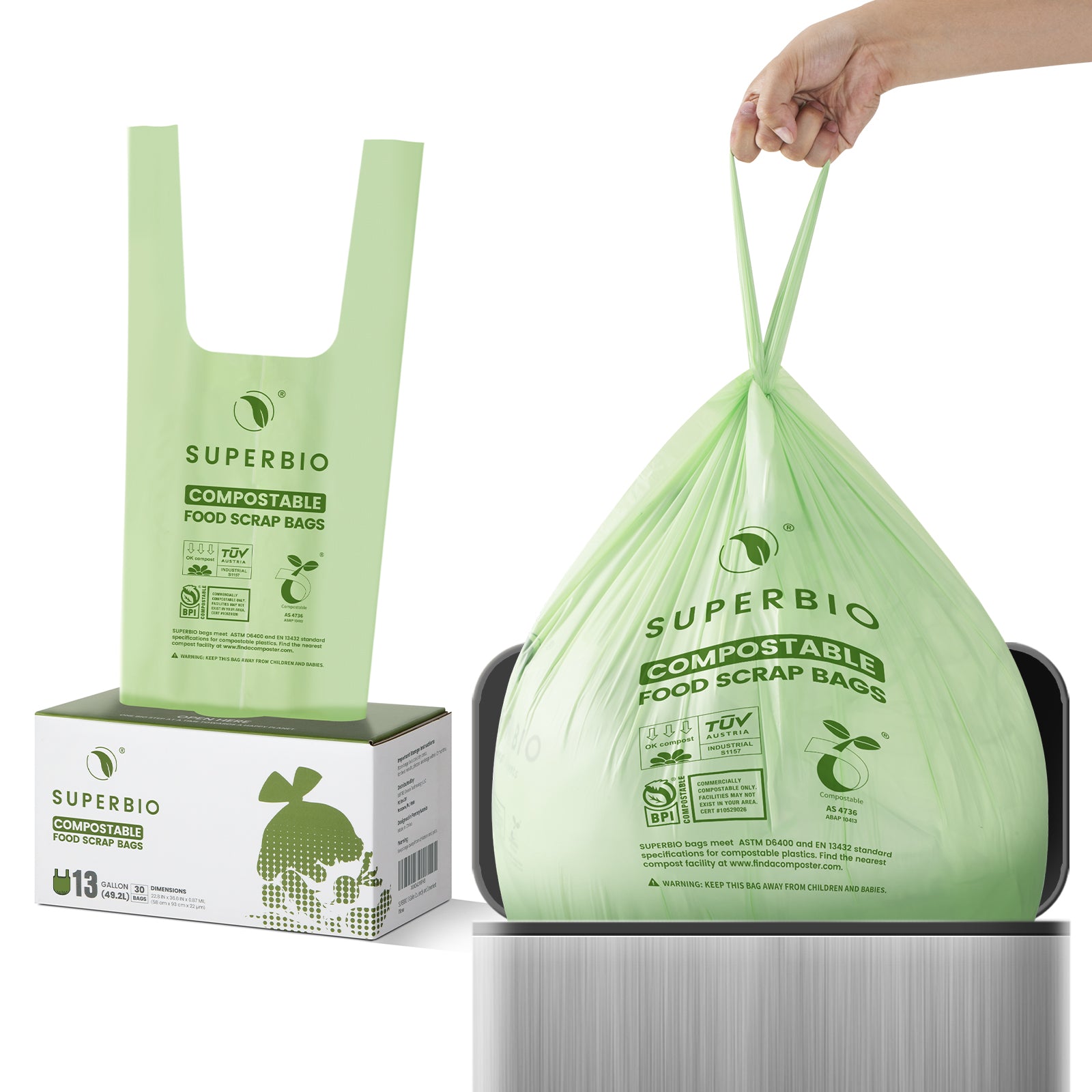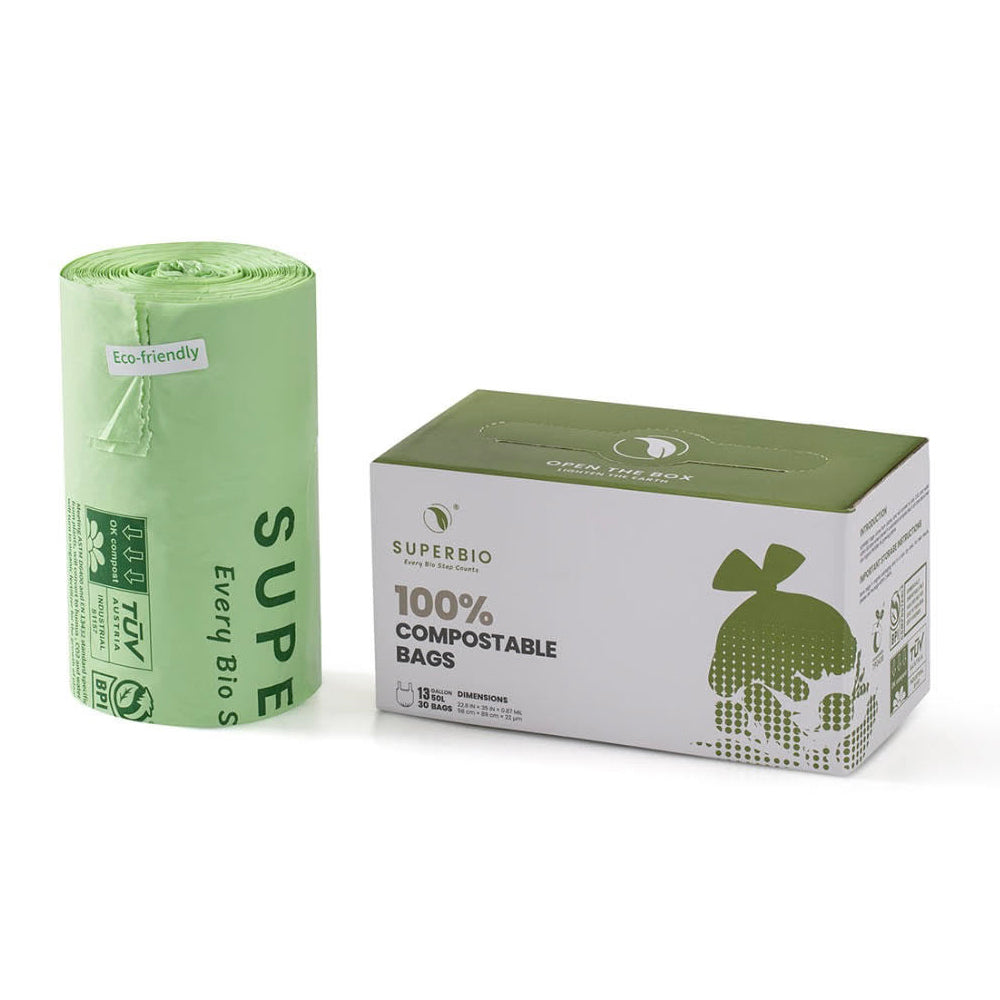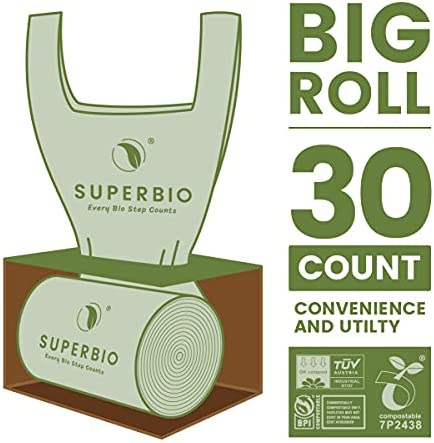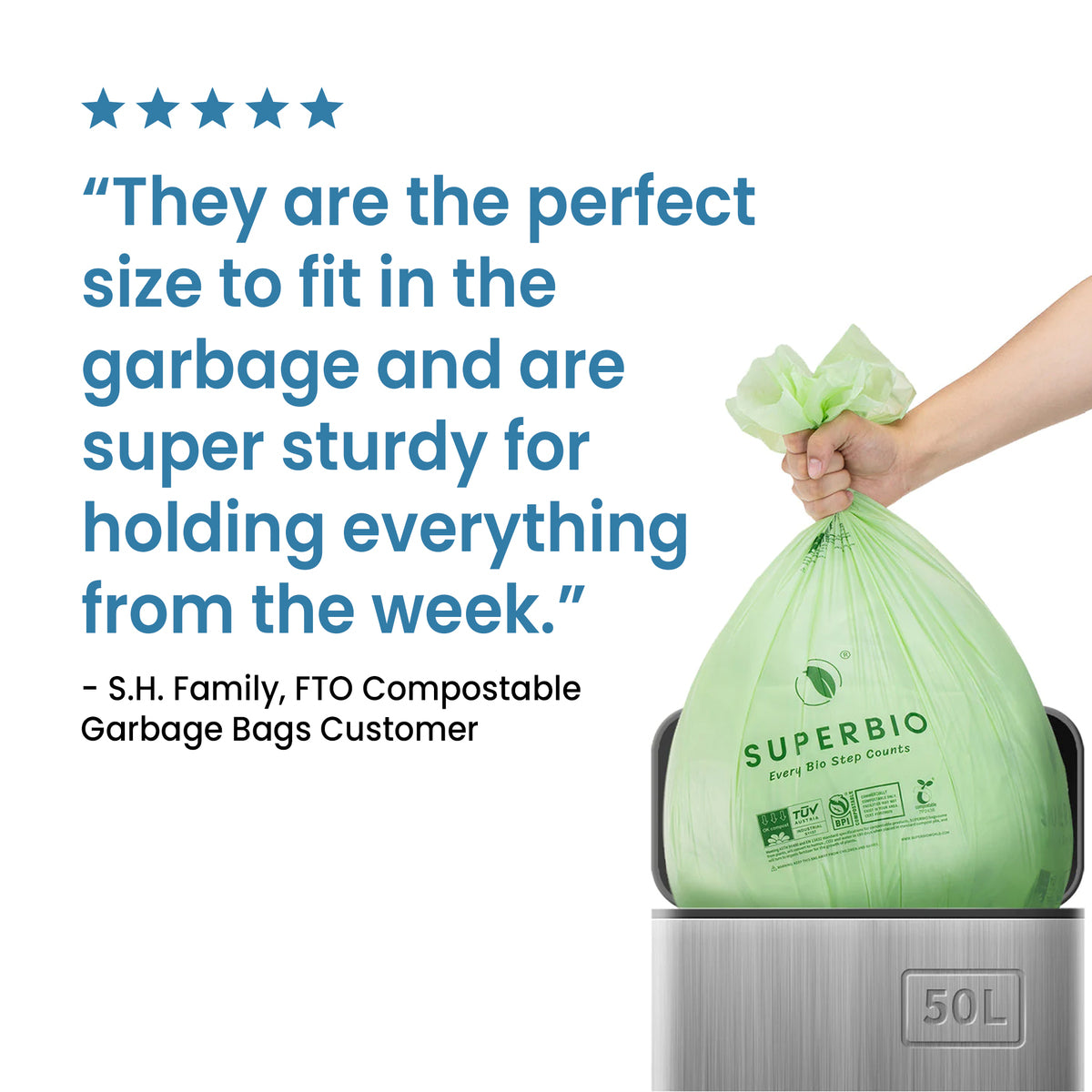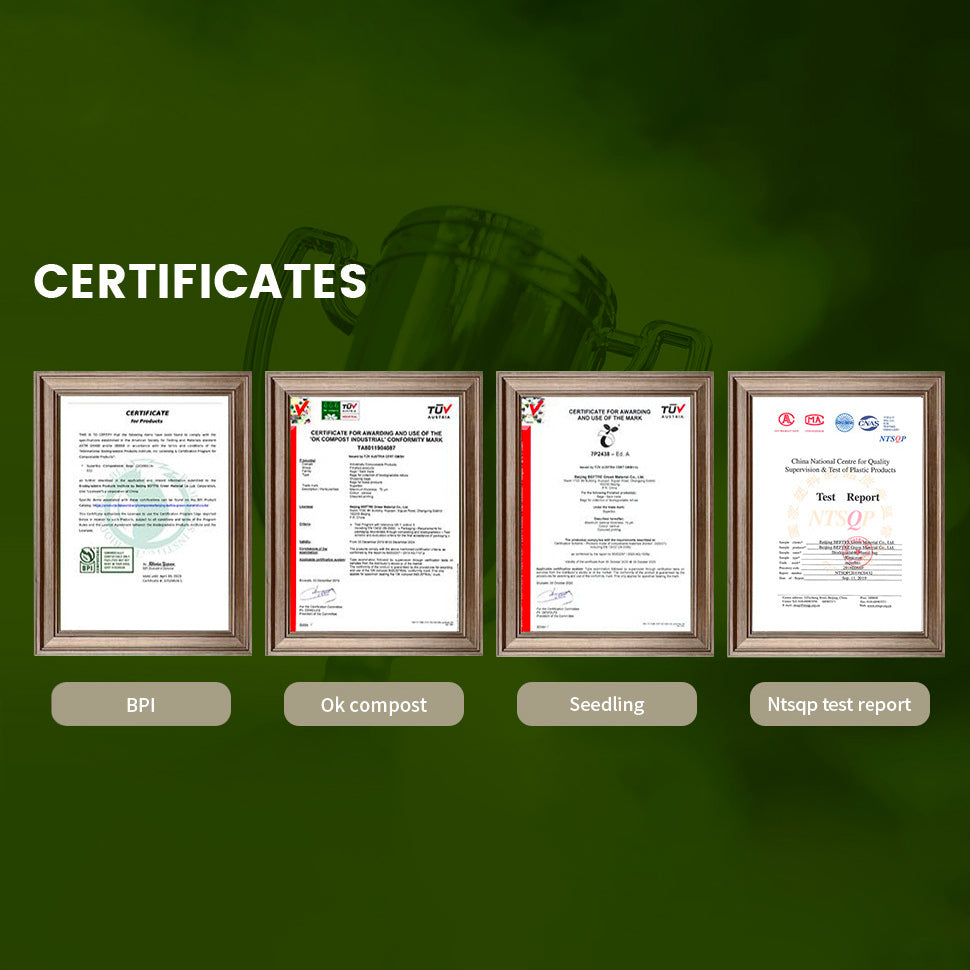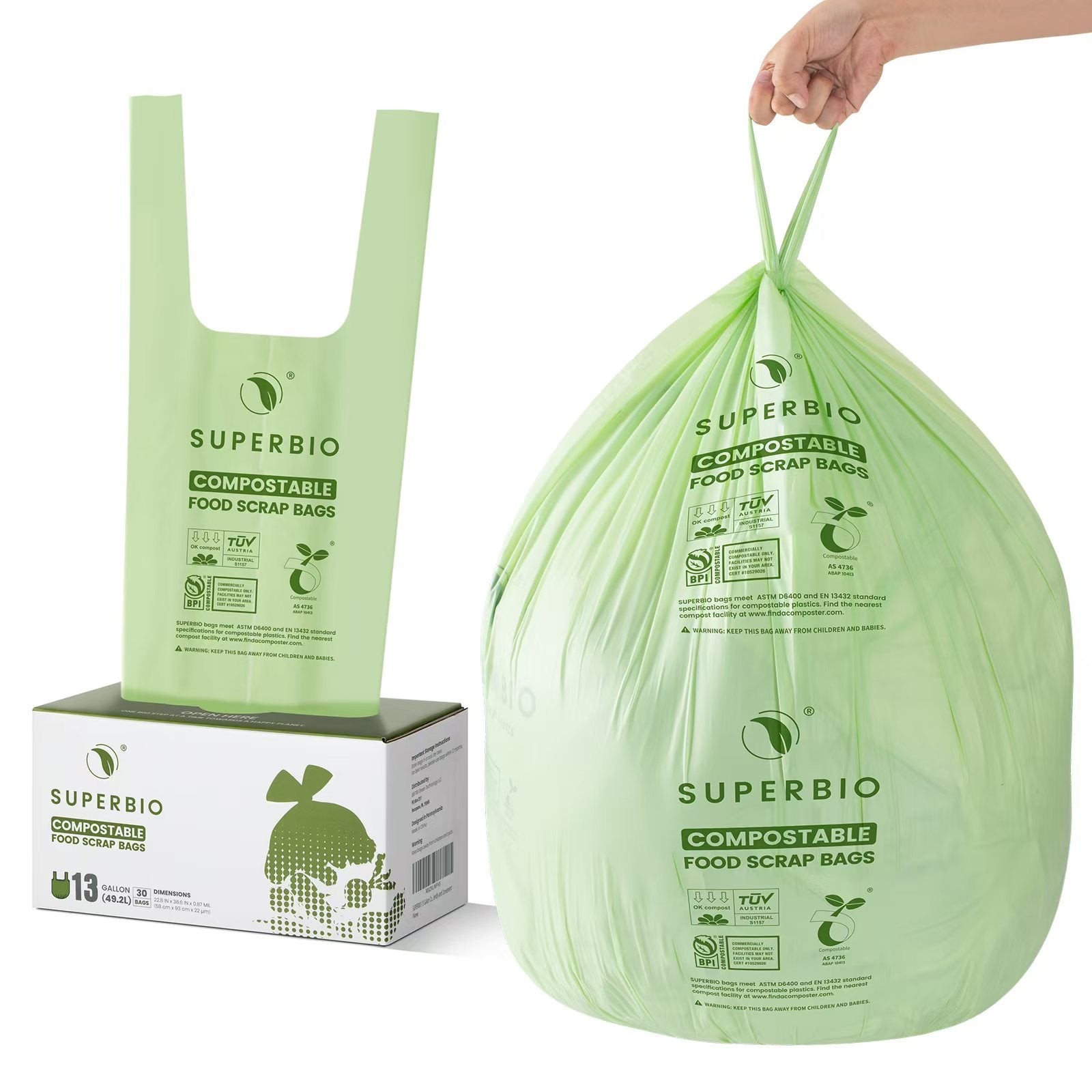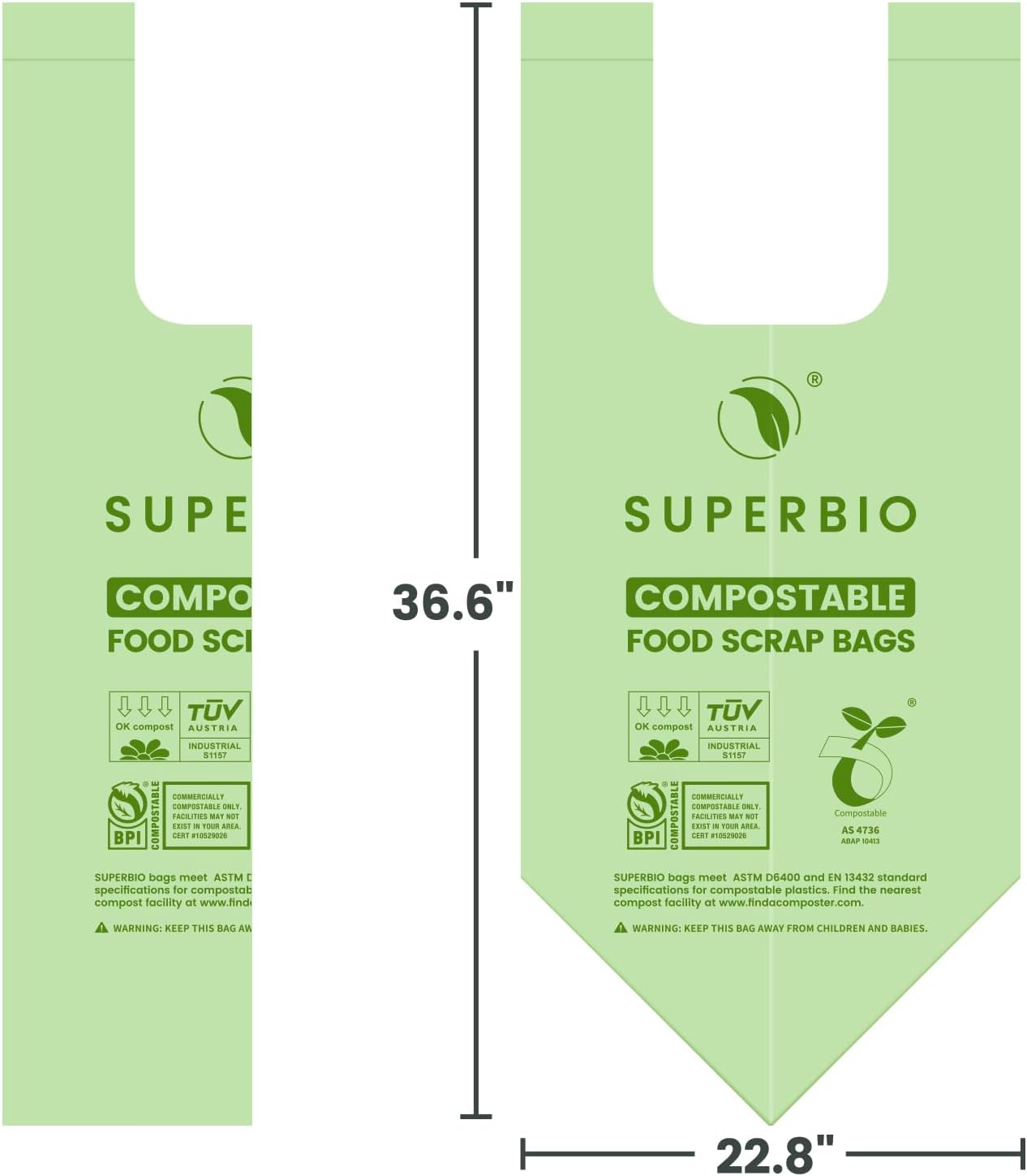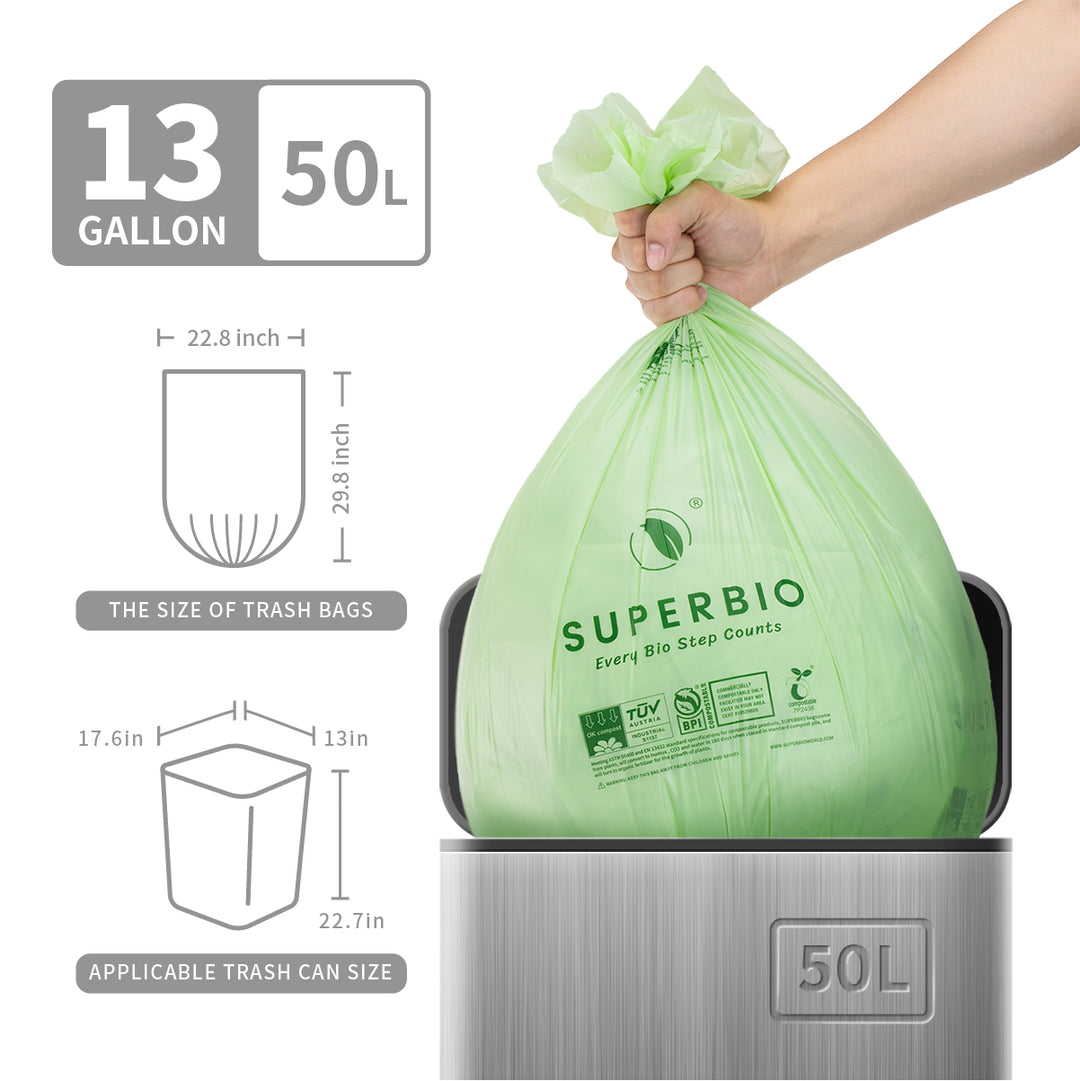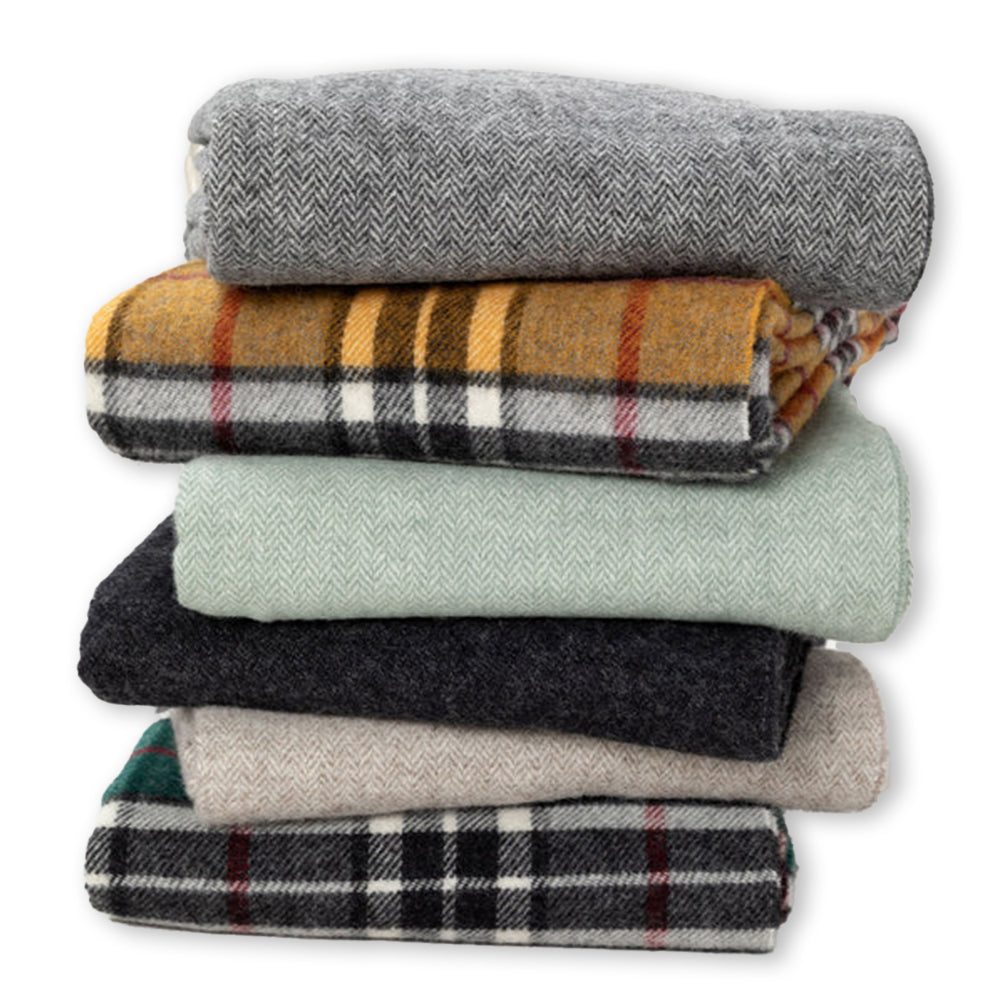Invasive Weed Turns Into Powerful Ally Against Ocean Microplastics
Invasive, fast-spreading, and often called “water cancer,” the water hyacinth has long been viewed as an ecological menace. But new research reveals this floating plant may hold surprising promise in the global fight against microplastic pollution.
Known scientifically as *Eichhornia crassipes*, water hyacinths have shown a remarkable ability to trap and remove tiny plastic particles from water, especially polystyrene. In a recent greenhouse study, scientists placed the plants into plastic-contaminated water and found that, within just 48 hours, the hyacinths removed more than half of the particles present. After five days, some plants had eliminated up to 78% of the microplastics from their surroundings, EcoWatch reports.

Water hyacinths remove up to 78% of microplastics in five days.
Roots That Do the Heavy Lifting
The key to this filtering power lies below the surface. The hyacinth’s extensive root caps—measuring over 150,000 mm² per plant—act like natural sieves, capturing microplastic particles before they can travel farther through the water column. These root caps, located at the tips of lateral roots, are incredibly effective at trapping debris.
Researchers noted that the plastics were primarily concentrated in the outer layers of these caps, not deep within plant tissue, according to a study published in Environmental Science and Ecotechnology.
This means the bulk of the contamination remains confined to the roots, while the upper parts of the plant stay clean—offering new options for reuse. Since microplastics don’t reach the leaves, scientists propose using the aerial biomass for compost, livestock feed, or even biogas production, Mongabay explains.

Their root caps trap plastics before they enter aquatic food chains.
Not Just in the Lab
While the greenhouse findings are promising, field research is showing that water hyacinths may already be serving this role in nature. A year-long study of Vietnam’s Saigon River, published in Environmental Pollution, found that floating mats of hyacinths trapped up to 77% of visible plastic debris on the surface. In sections where the plant covered just 6% of the river, it held nearly 32 times more plastic per square kilometer than the open water. These plant-plastic clusters drifted slowly, creating aggregation zones that could be spotted from space.
That same study noted a drastic increase in the transport scale of plastics caught in hyacinths—plastic masses that would normally measure a few centimeters alone stretched several meters once tangled in the plants. Researchers believe this change in mass and buoyancy alters how plastics move and collect, with implications for both cleanup efforts and pollution modeling.

Hyacinths show no signs of damage even in polluted water.
No Harm to the Plant
A common concern with phytoremediation—using plants to clean up pollution—is whether the plants themselves are harmed. In this case, researchers observed no significant effect on hyacinth health. Even under high concentrations of microplastics, growth rates, chlorophyll levels, and overall plant vitality remained stable. According to the National Library of Medicine, antioxidant activity in roots slightly increased, possibly offering the plant additional defense.
By keeping plastics locked in their roots and preventing translocation to leaves via a natural “vascular ring,” hyacinths protect their useful tissues. This biological barrier effectively seals off contaminants from reaching sensitive aerial parts of the plant, Impactful Ninja reports.
Turning a Problem into a Solution
Once derided as a noxious weed, the water hyacinth may soon be embraced as a green tool in plastic cleanup. It’s invasive, yes. But its very traits—rapid growth, massive roots, and ability to spread across waterways—make it uniquely suited for trapping microplastic pollution in both controlled and natural environments.
Scientists caution, however, that its use must be carefully managed to avoid unintended ecological consequences. Any deployment would need to consider the plant’s invasiveness and ensure responsible harvesting and disposal protocols.
Still, the potential is undeniable. In rivers choked with plastic and lakes teeming with waste, an old foe may be one of our newest allies.


































































































